It seems we can’t find what you’re looking for. Perhaps searching can help.
Sign Up for newsletter!
Subscribe to get the latest eBook!
Hotline






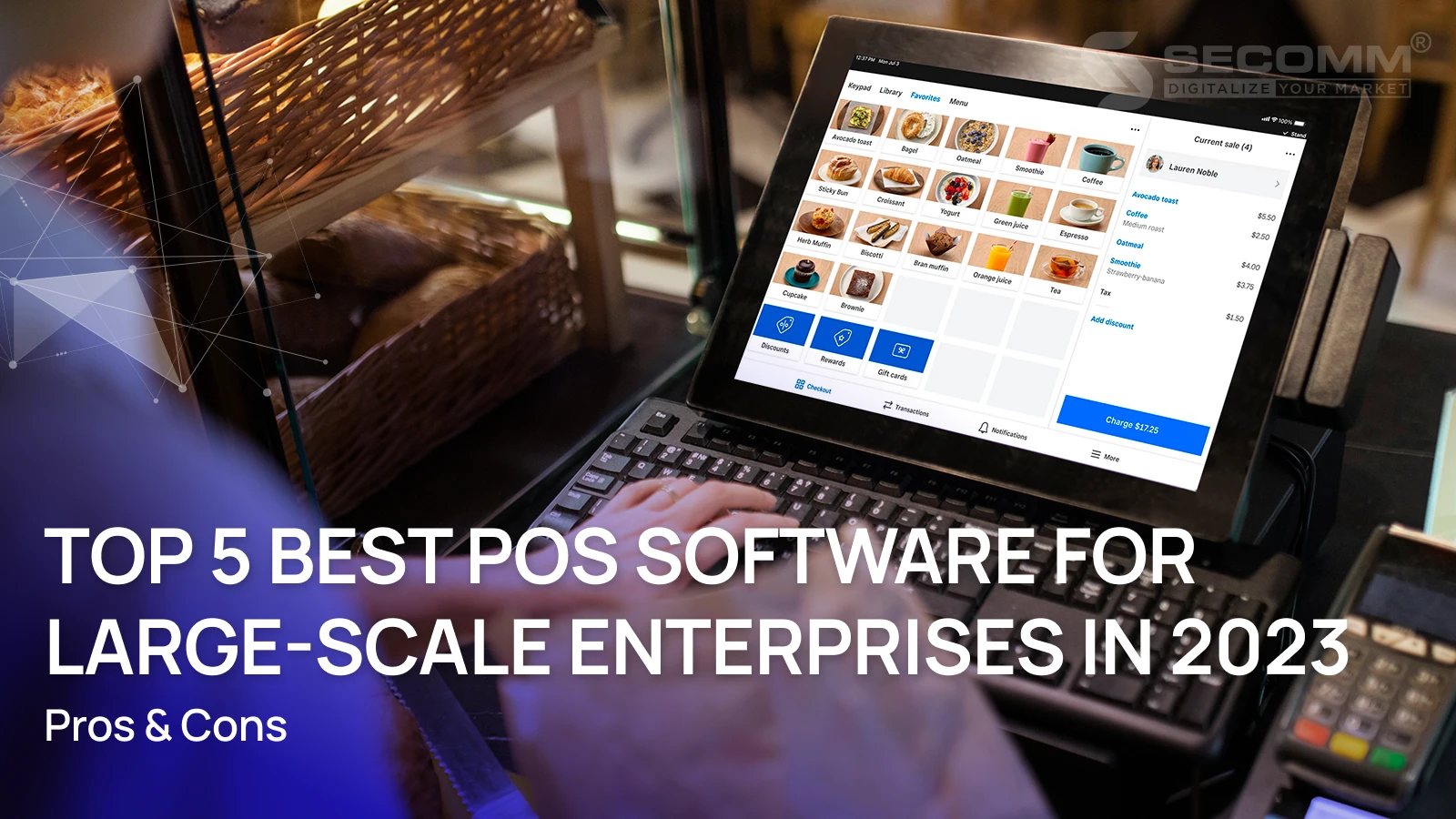
Much like searching for the right eCommerce platform that fits a business model, the quest for a suitable POS system can be equally challenging, especially for large enterprises.
In this article, SECOMM will delve into the top five widely favored POS software solutions by large corporations today, including Square, Lightspeed Retail, LS Retail, Heartland Retail, and Shopify POS.
Square POS, developed by Square, is a highly favored POS system among many international large-scale enterprises due to its cost-free setup. However, Square applies fees for each transaction executed on the POS, amounting to 2.6% and 10 cents for every tap, dip, or swipe. For the ‘Buy Now, Pay Later’ payment scheme, the fees are 6% and 30 cents. Furthermore, Square provides a tailored POS package for businesses generating revenue exceeding $250,000.
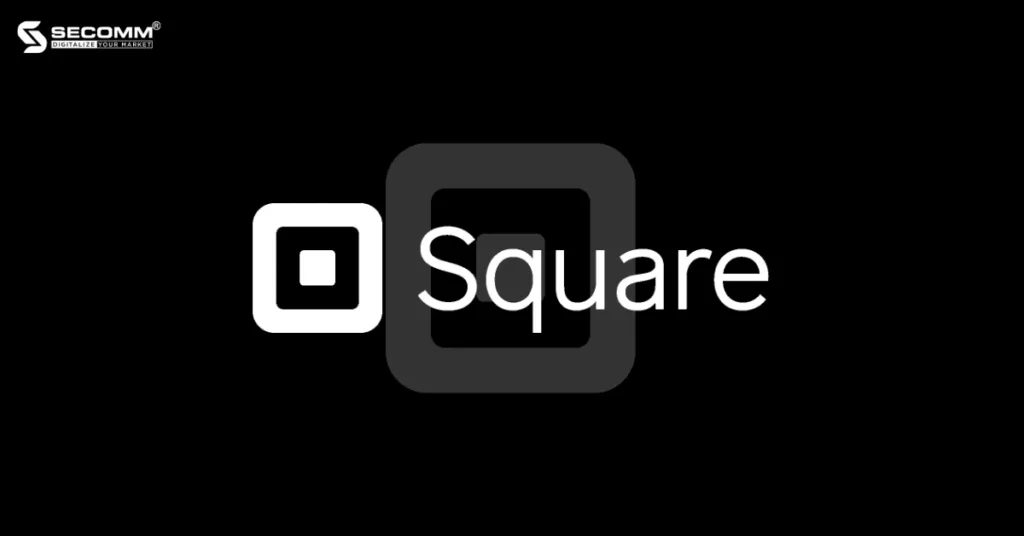
Types of POS system: Tablet-based POS system, Mobile POS system, Cloud-based POS system.
It’s free: Square software is completely free to use, without any charges for setup or monthly licenses.
It’s User-Friendly: Square offers a straightforward and intuitive user interface, making it easy for users to quickly adapt to and utilize the system effectively.
It’s flexible: Square empowers businesses to execute sales transactions from virtually anywhere using mobile devices like smartphones or tablets. This flexibility enables businesses to reach and serve customers at any time and place.
Costs Increase with Each Transaction: Square applies transaction fees (2.6% + 10 cents) to every payment processed. While its fee structure is relatively competitive, businesses with substantial sales volumes may find these fees impacting their overall profitability.
Limited Hardware Compatibility: Typically, POS systems are designed to work seamlessly with hardware provided by Square. This means that businesses might encounter challenges when attempting to utilize hardware from alternative suppliers or integrate with existing brand-specific POS systems.
Feature Constraints: Square does have some feature limitations compared to other POS systems. For instance, functionalities like multi-store management, membership card integration, or compatibility with various other business management software may be limited.
Lightspeed Retail is a tailored POS solution crafted for businesses operating across diverse industries. It earns praise for its wide-ranging features, high level of customization, and its seamless integration capabilities with various applications and services.

Types of POS system: Tablet-based POS system, Mobile POS system, and Cloud-based POS system.
Multi-Industry: Lightspeed Retail is specifically crafted to cater to a wide array of industries, including retail, restaurants, coffee shops, spas, salons, and more. This versatility positions Lightspeed as a multifunctional solution across various sectors.
Integration and Scalability: Lightspeed seamlessly integrates with numerous other applications and services, encompassing inventory management systems, online ordering platforms, integration with online sales channels, and much more. This flexibility enables businesses to scale and tailor the system to meet their unique requirements.
Customer Support: Lightspeed earns accolades for its top-notch customer support, offering assistance through phone, email, and online channels. The friendly and professionally trained support team is adept at resolving a multitude of issues.
High Costs: Lightspeed is associated with a higher price point in comparison to several other available POS solutions in the market.
Complex Initial Setup: The initial setup and configuration of Lightspeed can prove intricate for users lacking prior tech experience. Accurate installation, coupled with appropriate configuration, is essential to guarantee stable operation.
Internet Required: As an online POS system, Lightspeed relies on a consistent internet connection for optimal performance. Any disruptions or instability in the internet connection can lead to transaction processing issues and hinder system access.
LS Retail stands as a top-tier provider of POS and ERP software grounded in the Microsoft Dynamics platform. It is meticulously tailored to oversee the entirety of business operations across diverse sectors, including retail, restaurants, hotels, pharmacies, and gas stations.
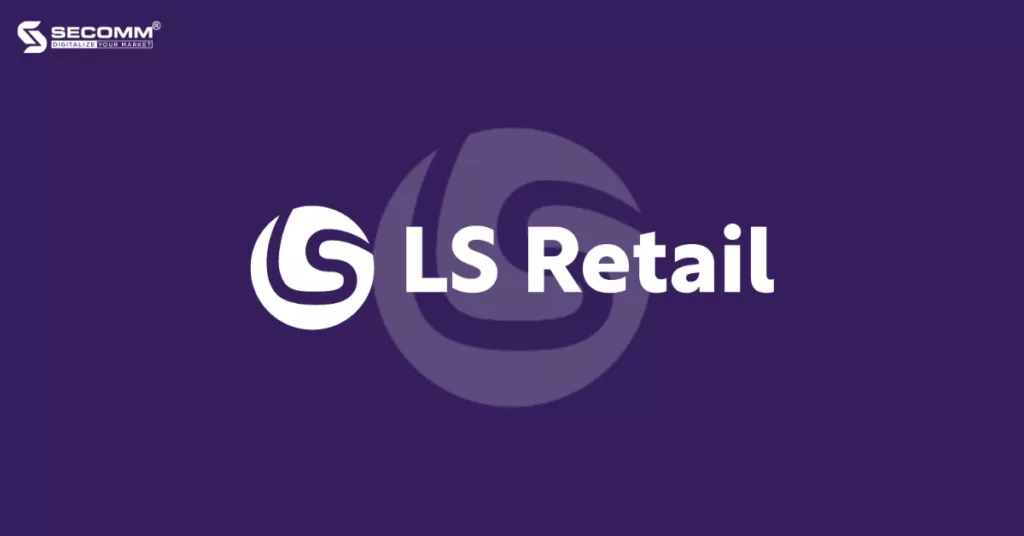
LS Retail extends three solution packages for businesses to select from:
Types of POS system: Tablet-based POS system, Mobile POS system, and Cloud-based POS system.
Holistic Management: LS Retail offers an integrated POS and ERP solution, facilitating the synchronization of business data and more efficient management across both systems.
Multi-Channel Sales: LS Retail supports a diverse array of sales channels, encompassing traditional brick-and-mortar stores, eCommerce websites, and mobile point-of-sale (mPOS) kiosks. This broadens business horizons, reaching a larger pool of potential customers.
Efficient Inventory Management: LS Retail delivers real-time inventory management algorithms, empowering businesses to govern stock levels, item locations, and optimize procurement processes. This results in reduced shortages and excess inventory, ultimately enhancing operational efficiency.
High Costs: As LS Retail is a comprehensive POS and ERP solution, both ownership and maintenance costs may be considerably high for businesses.
Technical Expertise Required: Implementing LS Retail mandates that your business’s workforce possesses specialized technical skills and undergoes dedicated training
Dependency on Microsoft Dynamics: LS Retail is built on the Microsoft Dynamics platform, meaning the implementation and enhancement of the LS Retail system hinge on the evolution of Microsoft Dynamics, influencing bug fixes and the incorporation of the latest updates to some degree.
Heartland Retail is a cloud-based point-of-sale (POS) platform tailor-made for retail businesses.
As of now, Heartland levies a fee of $89 per month per point of sale for their POS software. Furthermore, this platform provides payroll services starting at $89 per month for 1-5 employees and payment processing services with a cost of 2.6% per successful transaction, alongside 10 cents for each tap, dip, or swipe.
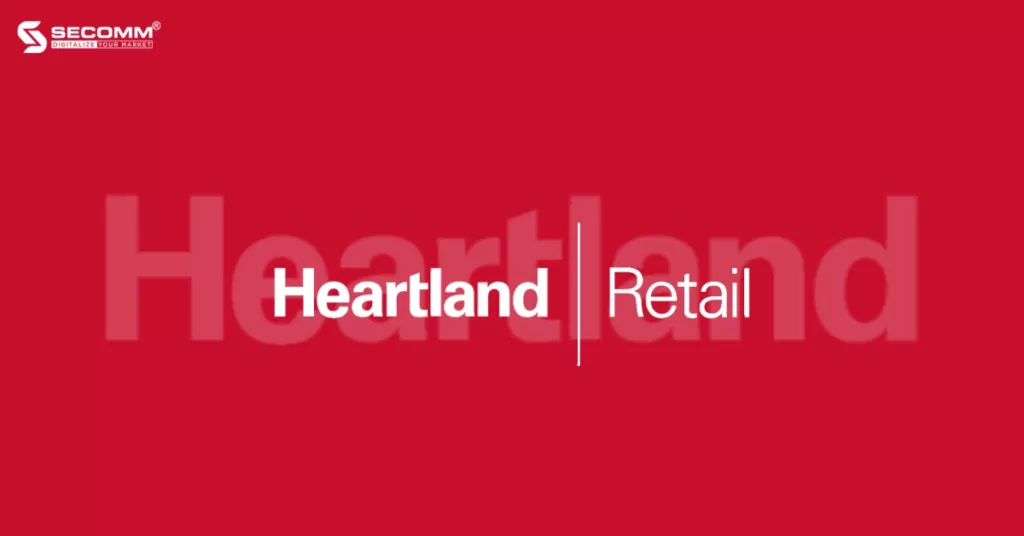
Type of POS system: Cloud-based POS system
User-Friendly Interface: Heartland Retail boasts a user-friendly and intuitive interface. Sales staff can easily navigate between functions, process payments, and engage with customers effortlessly.
Smart Reporting and Analysis: Heartland Retail offers sophisticated analytical tools and reporting capabilities, empowering businesses to gain a deeper insight into their performance and consumer trends.
Integration with Auxiliary Systems: Heartland Retail is equipped to seamlessly integrate with various auxiliary systems, including accounting, human resources management, and customer relationship management (CRM) systems. This integration facilitates the creation of a comprehensive information system, enhancing the efficiency of different departments within the organization.
Inefficient Customer Support: Numerous customer feedback reports cite limitations in customer support, with varying response times from Heartland Retail’s support team and inconsistent answers or solutions. This can pose difficulties for businesses requiring swift assistance or specific solutions.
Multi-Store Management Constraints: Heartland Retail lacks robust and flexible multi-store management features for companies operating beyond the U.S., as the company’s primary headquarters is exclusively located in the U.S.
Limited New Features and Updates: Heartland Retail doesn’t frequently introduce new features and updates, unlike some other POS systems. This limitation may hinder the adoption of the latest technologies and trends in the industry.
Shopify POS is a POS solution designed by Shopify, catering to businesses utilizing their platform and seeking sales management software to effectively manage their business affairs. The usage cost for Shopify POS amounts to $89 per month per location, with a reduced rate of $79 per month per location for businesses opting for an annual subscription.
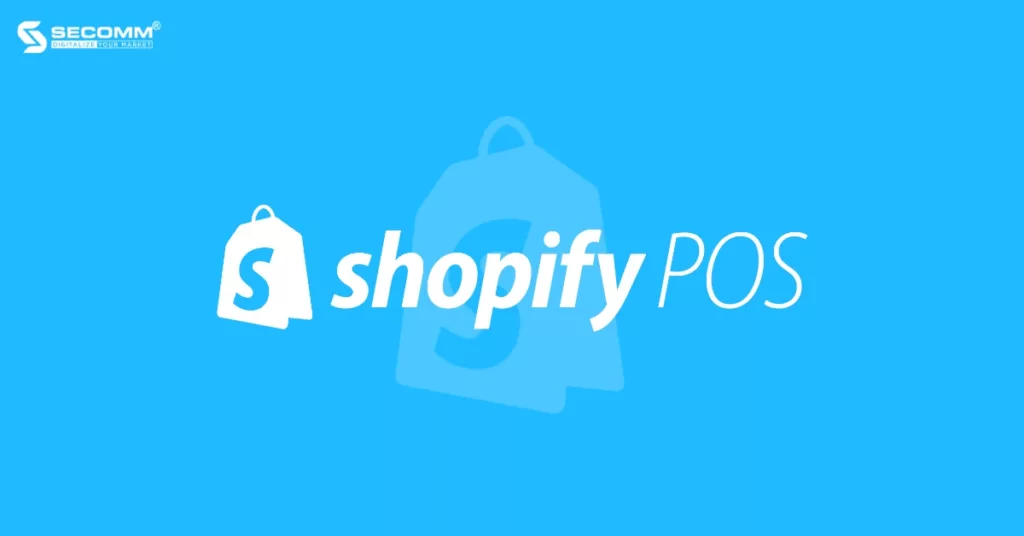
Ease of Use: Shopify POS boasts a straightforward and friendly admin interface, designed for quick staff adaptation, reducing training time, and minimizing data entry errors.
Seamless Integration with the Shopify Platform: It smoothly integrates with eCommerce websites built on the Shopify platform, enabling businesses to efficiently manage both physical and online stores from one centralized platform, resulting in time and resource savings.
Customization: Shopify POS enables businesses to customize the interface, product labels, invoices, and create brand introduction pages for brick-and-mortar stores, among other features.
Types of POS system: Tablet-based POS system, Mobile POS system, Cloud-based POS system
Exclusive to the Shopify System: Since this software is built by Shopify, it can only be integrated with this platform.
Complexity with Multiple Stores: While Shopify POS offers multi-store management capabilities, handling and configuring various stores can become intricate as the number of stores grows. Businesses must invest sufficient time in meticulous management, maintenance, and information updates for each individual store.
High Transaction Fees: When using Shopify POS, businesses are required to pay transaction fees (ranging from 2.4% to 2.6%) for each transaction. These fees can add up, especially for businesses with a large volume of transactions.
Above is a brief comparison of five POS software systems widely used by many large businesses to enhance the efficiency of their operations. Businesses need to consider various factors to select the most suitable POS system.
 8
8
 21,241
21,241
 1
1
 2
2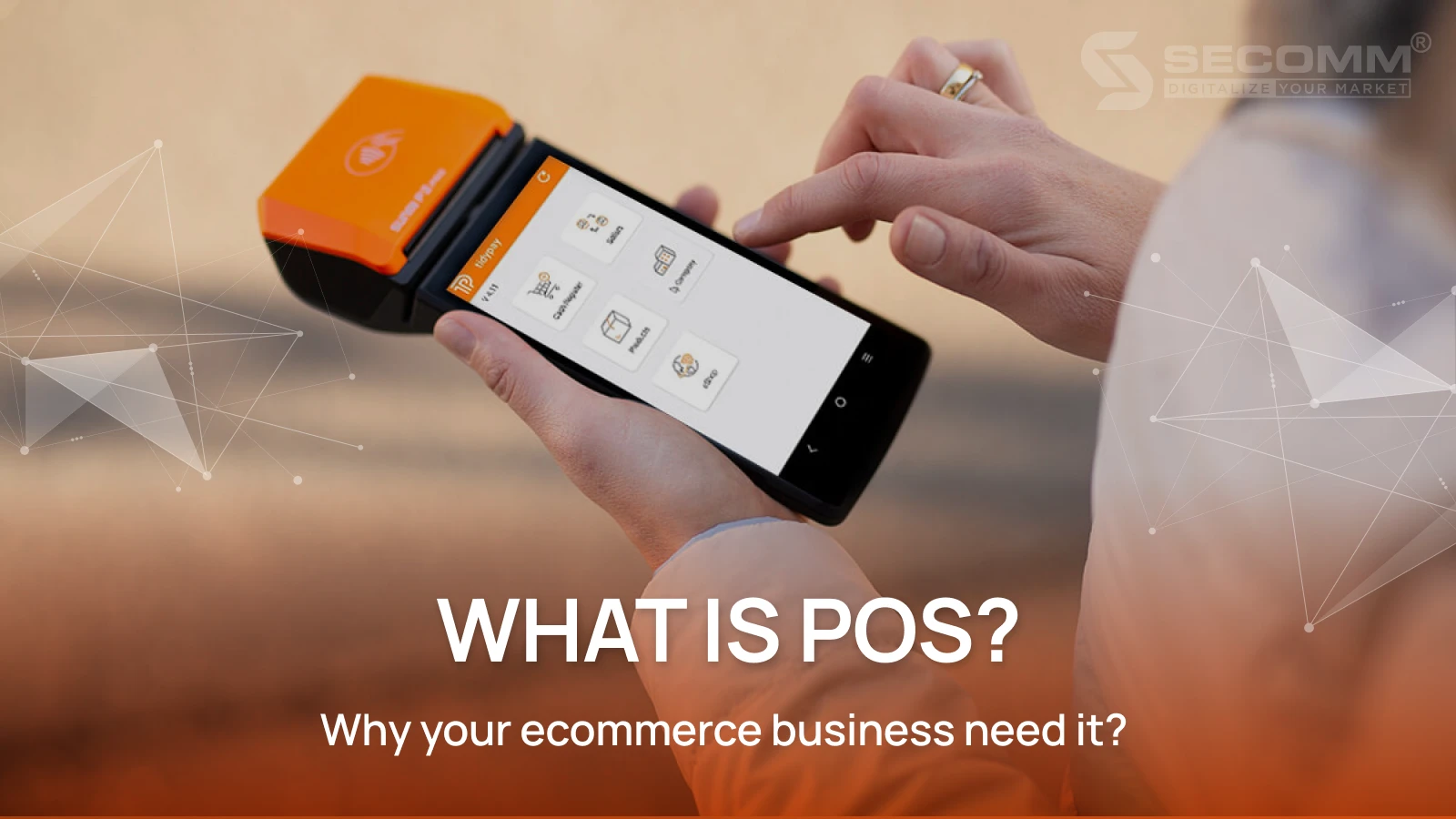
The Point of Sale (POS) software system stands as a crucial management system for all types of enterprises, be it online, offline, or O2O (online to offline) businesses.
POS or Point of Sales is sales management software that empowers businesses to efficiently monitor all their business activities, anytime and anywhere. In essence, POS is a complete system comprising both hardware and software components, or it can be as straightforward as a point-of-sale device, such as a computer, tablet, smartphone, receipt printer, and so on.
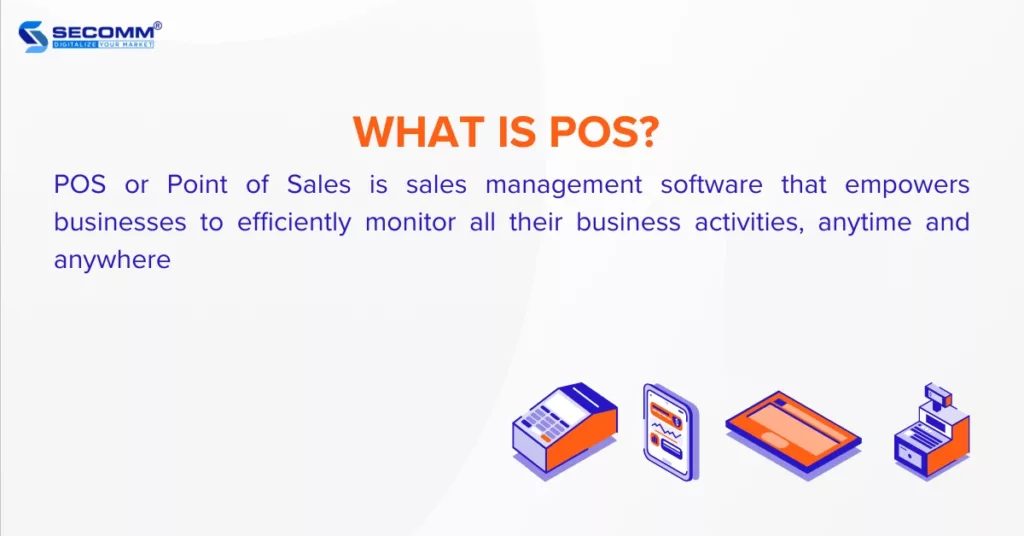
With its robust management capabilities, POS helps businesses oversee and process sales transactions, calculate payments, generate invoices, manage inventory, handle customer relationships, and deliver crucial insights regarding sales performance.
There are four main types of POS systems that businesses commonly use today, including Legacy POS system, Tablet-based POS system, Mobile POS system and Cloud-based POS system.

The Legacy POS system, also known as on-premise POS, is a type of point-of-sale system that relies on conventional hardware and software to handle sales transactions and manage local data. This means that all transactions and information are stored on a single device, with businesses only able to access the data from that specific device.
As a result, traditional POS systems often require installation and configuration at each individual point of sale, and they typically lack remote accessibility. This can slow down the integration process with eCommerce systems.
For example, some legacy POS systems include Aloha, Oracle MICROS, Squirrel Systems, and more.
A Tablet-based POS system is a type of POS system that employs tablets as the main devices for processing sales transactions, rather than relying on conventional computers or standalone POS equipment.
Due to its reliance on hardware that is familiar to many, integrating this POS system with eCommerce platforms and training staff tends to be more straightforward compared to legacyPOS systems.
Examples of well-known Tablet-based POS systems include Lightspeed POS, Square, Shopify POS, and others.
A Mobile POS system is a type of POS that employs mobile devices like smartphones, tablets, or wearable devices for handling sales transactions. This allows sales staff to move freely within the store or conduct transactions directly at the customer’s location.
This functionality enables sales associates to access product details and customer records via the Mobile POS system, facilitating inventory checks and offering personalized recommendations to customers. Just like Tablet-based POS systems, integrating and training staff to use Mobile POS systems is generally uncomplicated.
Some widely used Mobile POS systems include Lightspeed POS, Clover, Square, and others.
A Cloud-based POS system leverages cloud computing technology to store and process sales data. Instead of keeping data on local computers or in-house servers, this system adopts an online approach to manage and access data from any device with an internet connection.
The majority of modern POS systems are cloud-based because they offer various advantages, including remote accessibility, flexibility, easy integration, and scalability. They enable businesses to oversee multiple points of sale from a unified platform, providing real-time data and insights for informed decision-making. Furthermore, Cloud-based POS systems reduce hardware demands and installation costs when compared to other POS solutions.
Some prominent examples of top Cloud-based POS systems for businesses include Lightspeed POS, Square, Clover, and others.
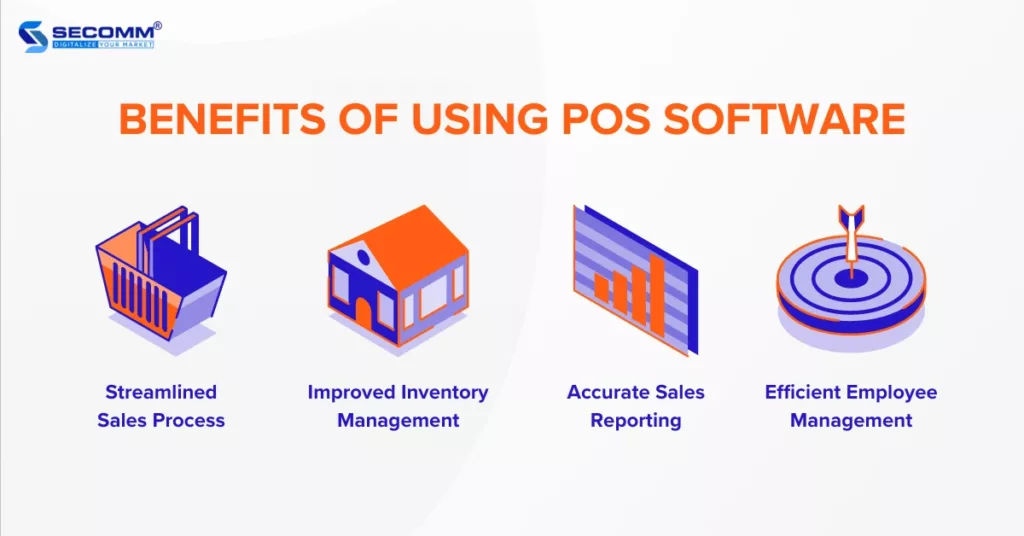
The POS system streamlines and automates the sales process, ensuring faster and efficient transactions. Businesses can swiftly process payments, precisely calculate totals, and produce invoices or receipts within mere seconds.
The POS system empowers businesses to actively monitor and manage their inventory in real-time, receiving alerts when products are running low and automatically initiating reorder processes. This helps prevent stock shortages or excess inventory, ultimately optimizing inventory levels and reducing storage expenses.
The POS system offers the ability to analyze and report detailed revenue data, empowering businesses to monitor their performance, understand consumer trends, identify favored products, and so forth. Consequently, this data forms the basis for businesses to strategize for the future.
The POS system simplifies the process of monitoring each employee’s sales volume, work hours, and performance indicators. Consequently, businesses can obtain precise data for calculating individual commissions, streamline payroll processing, and identify high-performing team members or those requiring further training.
Overall, POS stands as a vital management software within any eCommerce business framework. Businesses should conduct thorough research on different POS system types to choose the most fitting and effective management software in line with their business model and strategy.
Contact SECOMM or dial our Hotline at (02871089908) for consultation and the implementation of your POS system
 2
2
 13,562
13,562
 0
0
 1
1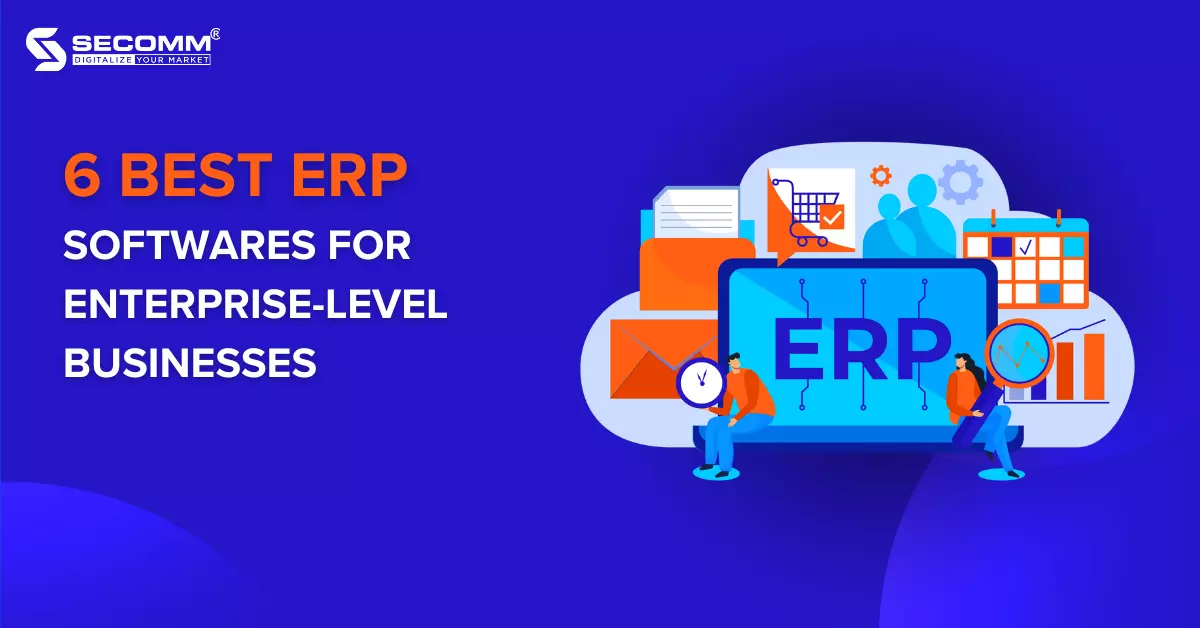
Data holds significant value for eCommerce enterprises across all sizes, yet effectively managing and monitoring it is no simple task. Hence, the advent of ERP software emerges as a superior solution, enabling the amalgamation of all business data into a singular database for seamless accessibility, analysis, and oversight.
Nevertheless, to fully unlock the capabilities of ERP, businesses must opt for software equipped with features aligned with their specific business requirements. Recently, six prominent ERP software solutions are widely adopted by many eCommerce enterprises: Oracle Netsuite, Acumatica, Odoo, Sage x3, SAP S/4 HANA, and Microsoft Dynamics 365.
ERP stands for Enterprise Resource Planning, is a software solution designed to assist businesses in gathering, storing, analyzing, and overseeing all data pertaining to their business operations from diverse internal departments, all within a single database. This data encompasses:
Integrating ERP software into eCommerce operations empowers businesses to centrally manage data originating from multi-channel sales and marketing endeavors, encompassing sources like websites, social media, mobile devices, and brick-and-mortar stores.

On-premise ERP software, also referred to as ERP in-house, is installed and stored directly on the business’s servers and internal infrastructure. When utilizing on-premise ERP, the business assumes responsibility for managing hardware, IT infrastructure, software updates, and maintenance.
Cloud-based ERP software is supplied, stored, and managed by a third-party provider. This allows users to access it remotely from any device with an internet connection and is also known as Software as a Service (SaaS). In this scenario, the provider takes charge of infrastructure management, encompassing servers, storage, data backups, updates, and software maintenance.
Hybrid ERP software is a combination of both on-premise and cloud-based ERP solutions. In the hybrid ERP model, specific modules of the ERP system are stored on-premise, while others are stored in the cloud. This approach enables businesses to leverage advantages from both software models. For instance, critical data or modules can be kept on-premise for control and heightened security, whereas less critical data or modules can be hosted in the cloud for effortless accessibility and future expansion.
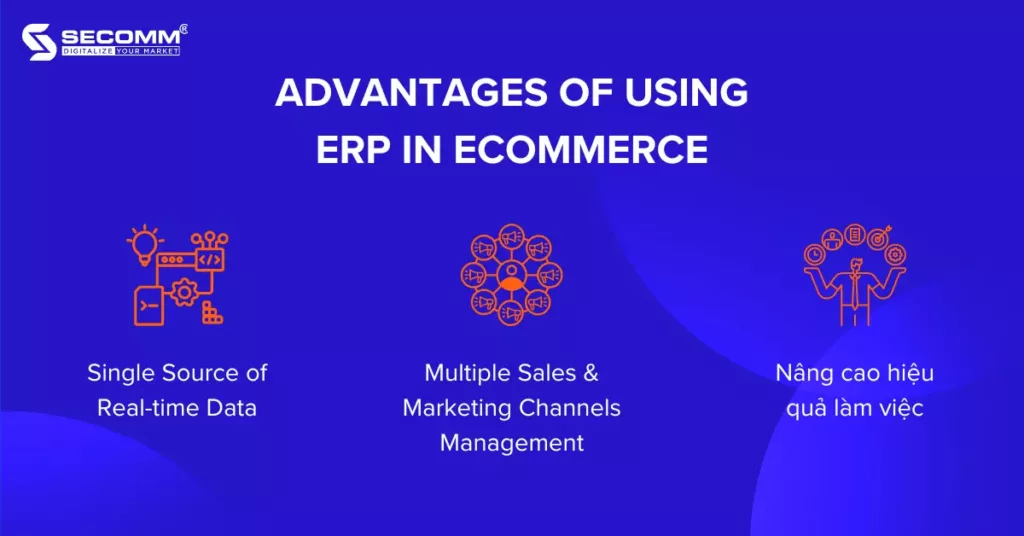
One notable advantage of ERP software is its real-time integration capability, which consolidates diverse departmental data into a unified database. This consistency streamlines data management, especially considering the substantial volume of data that eCommerce businesses accumulate daily, much of which pertains to purchasing behavior.
As a result, when integrating this data with other business information, enterprises can uncover and implement distinctive approaches to:
For instance, ERP software provides businesses with reports encompassing details about best-selling products, canceled orders, recurring customer lists, cart abandonment rates, interactions with social media posts, and more. In turn, businesses can amalgamate all this data within a shared database to gain a holistic perspective of the current landscape and swiftly make pertinent adjustments for eCommerce expansion.
eCommerce enterprises employing a variety of channels in their sales and marketing strategy will likely need to evaluate sales performance and engagement levels across each channel to gauge their efficacy. ERP software assists businesses in concurrently managing sales channels within a centralized database.
Through analyzing integrated ERP data from various channels, encompassing social media, websites, mobile apps, eCommerce platforms, and more, enterprises can understand why one sales channel surpasses others and determine which marketing campaigns yield favorable conversions and which ones require enhancement.
Insufficiently integrated business data can lead to difficulties in accessing accurate and updated information. This may compel businesses to manually input extensive data, potentially resulting in errors.
Conversely, the use of ERP can facilitate nearly impeccable automated data entry. Moreover, this software supports other automated processes, like invoice generation and marketing campaign automation, among others. This frees businesses from monotonous manual tasks, enabling them to concentrate on pivotal tasks that enhance revenue.
Oracle NetSuite serves as a cloud-based ERP solution, delivering a comprehensive set of tools for effectively managing business operations. This software empowers eCommerce enterprises to automate functions across multiple domains, including sales management, marketing, customer relations, financial control, inventory management, and more.
What sets Oracle NetSuite apart is its adaptability and scalability, catering to businesses of various scales and industries. It streamlines eCommerce workflows while enhancing operational efficiency, all facilitated by real-time insights available through a unified dashboard.
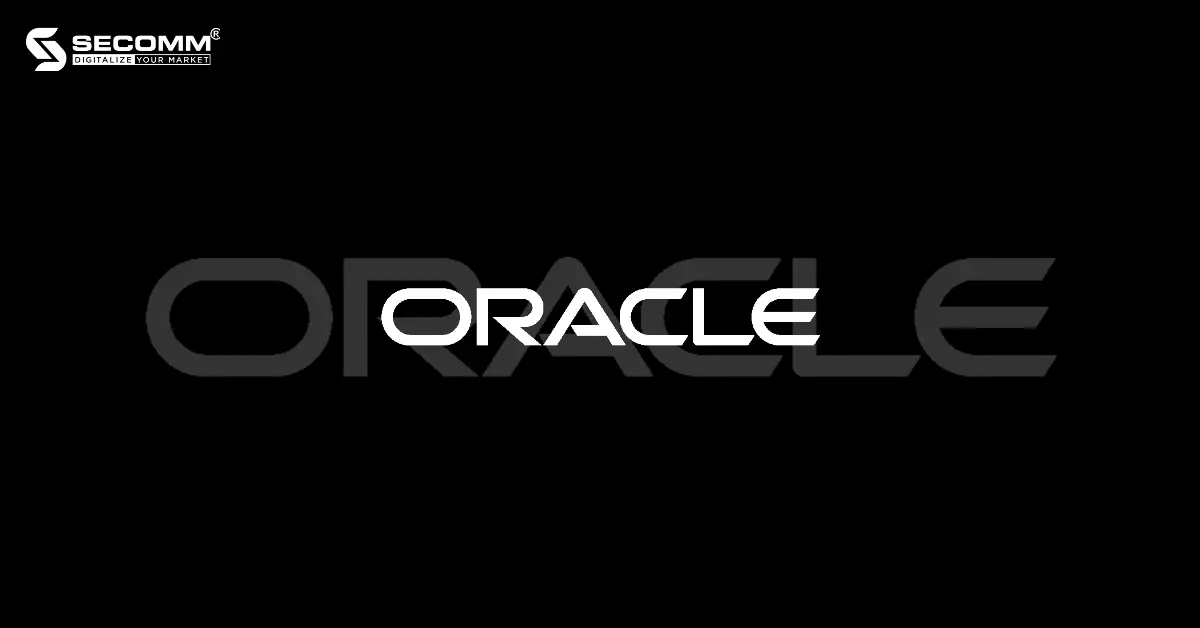
Key features of Oracle NetSuite encompass:
Pros:
Cons:
Cost: Estimated deployment costs for Oracle NetSuite can commence at $10,000. Nevertheless, this is not a fixed price and will be tailored according to each business’s specific deployment requirements.
Acumatica stands as a cloud-based ERP software designed to cater to businesses of all sizes, particularly those in rapid development. It offers adaptable cloud storage alternatives, including both public and private clouds, ensuring convenient access and secure handling of business data.

Prominent features of Acumatica including
Pros:
Cons:
Cost: Estimated costs for deploying Acumatica can range from $15,000 to $40,000 per year. However, this is not a fixed price and will be customized based on the specific deployment needs of each business.
Odoo is an open-source ERP software in a modular form that can be customized to support businesses in efficiently managing various aspects of their operations, such as customer relationship management (CRM), accounting, inventory management, and more. Odoo provides an optimal solution for businesses of all sizes and industries.
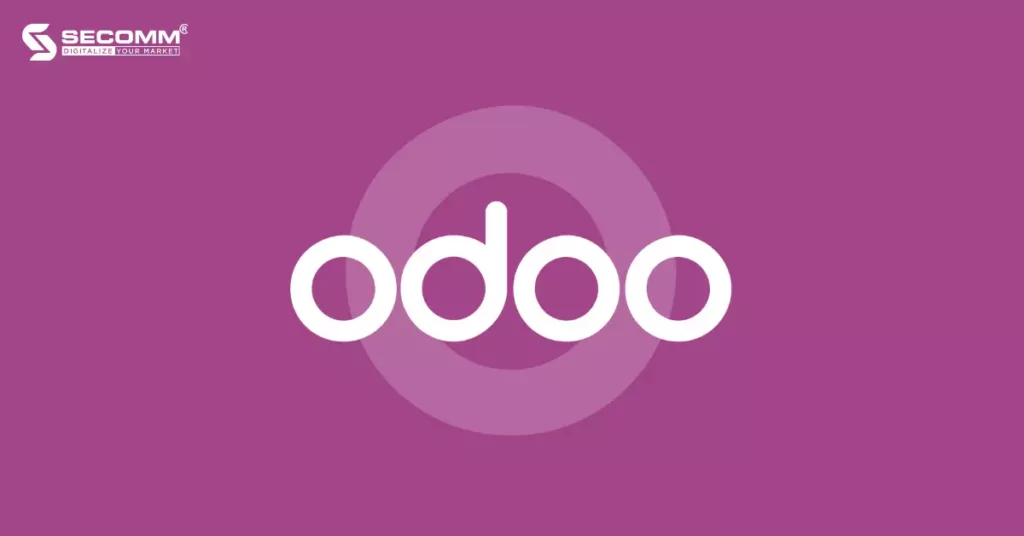
Key Features of Odoo:
Odoo offers a comprehensive set of features and modules ranging from basic to advanced, catering to all business operational needs in eCommerce. It stands out with the following features:
Pros:
Cons:
Cost: Businesses receive free usage if they utilize only a single module and there’s no restriction on the number of users. However, if a business uses two or more modules, the pricing structure is determined based on:
Sage X3 is a hybrid ERP software solution designed to meet the needs of medium-sized and large enterprises in managing and operating business activities across multiple locations or countries.
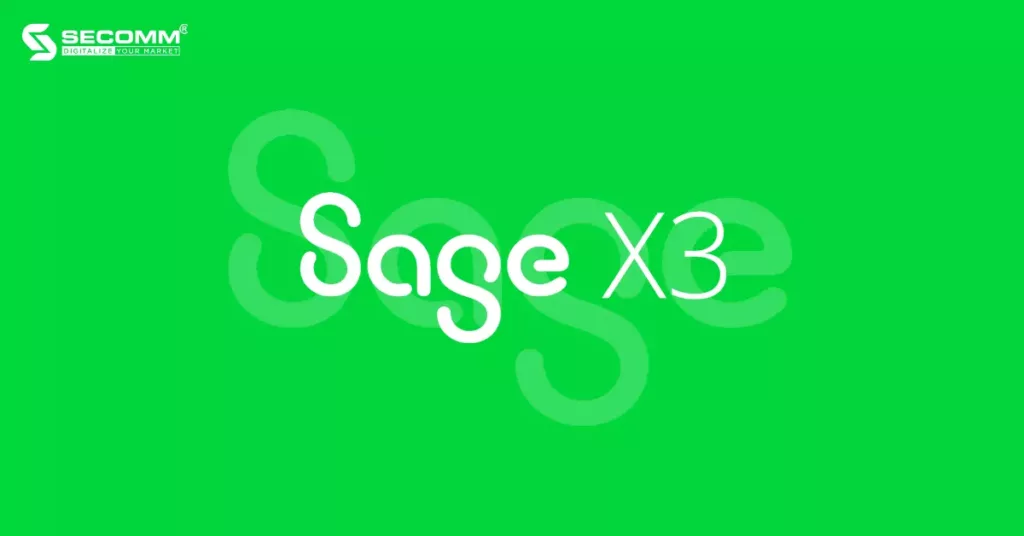
Key features of Sage X3:
Sage X3 offers a range of features from basic to advanced to support business management and operations processes, with a focus on product management, supply chain management, and financial management.
Pros:
Cons:
Cost: Estimated implementation costs for Sage ERP can commence at $128,000. However, this figure is not fixed and will be adjusted based on the unique deployment requirements of each business.
SAP S/4 HANA (High-Performance Analytic Appliance) is a leading hybrid ERP software designed for large-scale enterprises. SAP S/4 HANA is considered the next-generation comprehensive ERP solution by SAP, incorporating artificial intelligence technology. It is designed to optimize business processes, cater to specific industry requirements, and support decision-making processes. The software offers solutions in financial management, supply chain management, sales management, customer relationship management, and more.
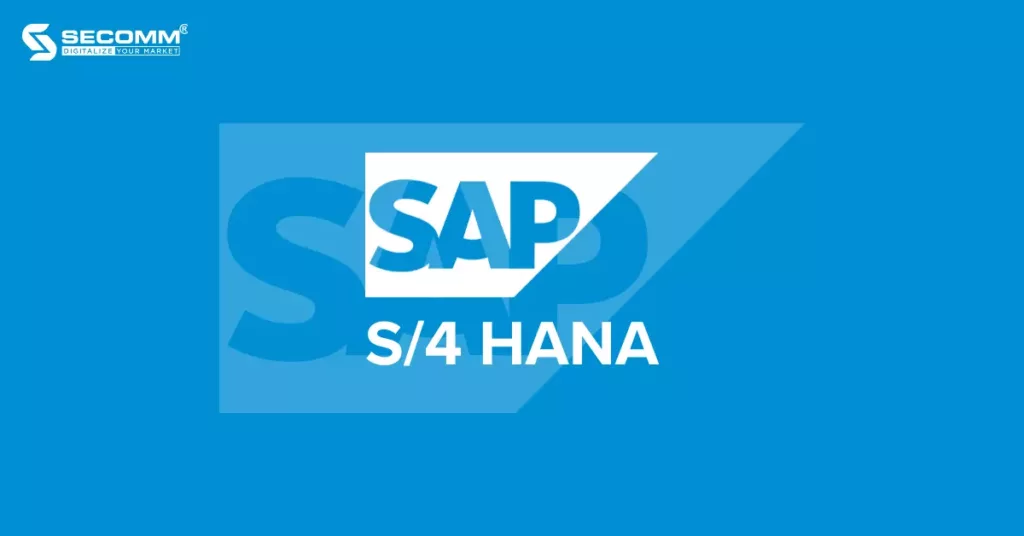
Key Features of SAP S/4 HANA:
Pros:
Cons:
Cost: The pricing details for SAP S/4 HANA are not publicly disclosed, though businesses can access a 30-day free trial with certain feature limitations.
Microsoft Dynamics 365 software stands out as a superior hybrid ERP solution tailored for large enterprises. Depending on individual business needs, the ERP system can seamlessly integrate with diverse Microsoft applications to optimize various aspects of business operations, including sales, inventory, and financial management. Microsoft Dynamics 365 is well-equipped to provide effective support for numerous industries such as manufacturing, financial services, healthcare, eCommerce, and more.
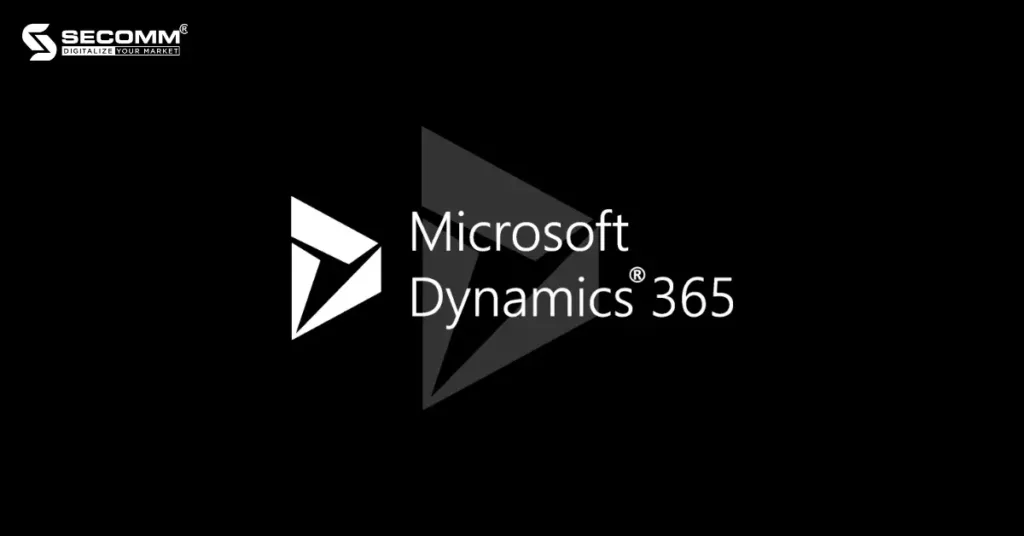
Key Features:
Pros:
Cons:
Cost:
Businesses can avail of a free 30-day trial of Microsoft Dynamics 365. Depending on the module, the software offers two pricing categories:
Subsequent pricing is applicable solely to individuals licensed to utilize the first app.
As an example, in the Financial Management module:
For detailed pricing information on other modules, businesses can refer to Microsoft Dynamics 365’s pricing page.
The aforementioned is a summary of 6 eCommerce ERP software options tailored for large-scale businesses, showcasing their unique features and respective strengths and weaknesses.
To gain a more comprehensive insight into ERPs and to select the ERP software that best suits your business requirements, contact SECOMM or call the SECOMM Hotline (02871089908) for a free consultation.
 2
2
 10,757
10,757
 0
0
 1
1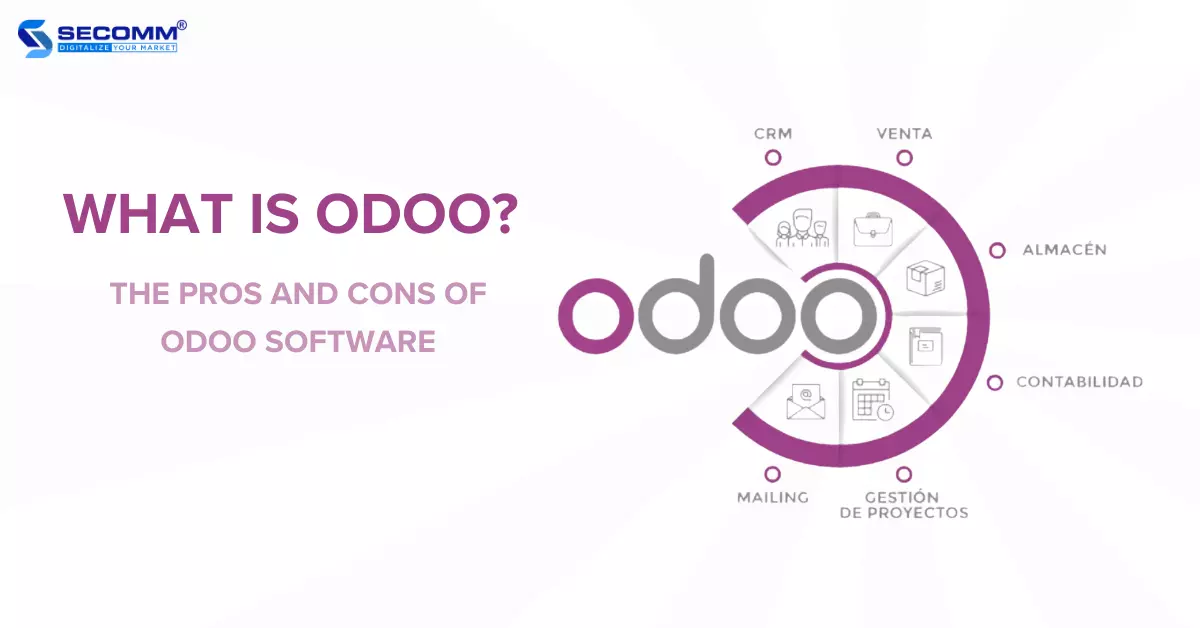
In today’s landscape, ERP software plays a pivotal role in the efficient management and operation of eCommerce activities. Among them, Odoo ERP stands out as pre-configured management software, tailor-made for businesses for easy downloading and utilization, providing a range of solutions to support various business facets like sales, marketing, inventory, customer service, and more. The subsequent article aims to elucidate the concept of Odoo ERP and delve into its strengths and weaknesses when integrated within enterprises.
Odoo, also known as Odoo ERP and previously called OpenERP, is a versatile open-source business management software. It comes with complete integration and customization capabilities, catering to offer a comprehensive solution for overseeing diverse facets of eCommerce operations.
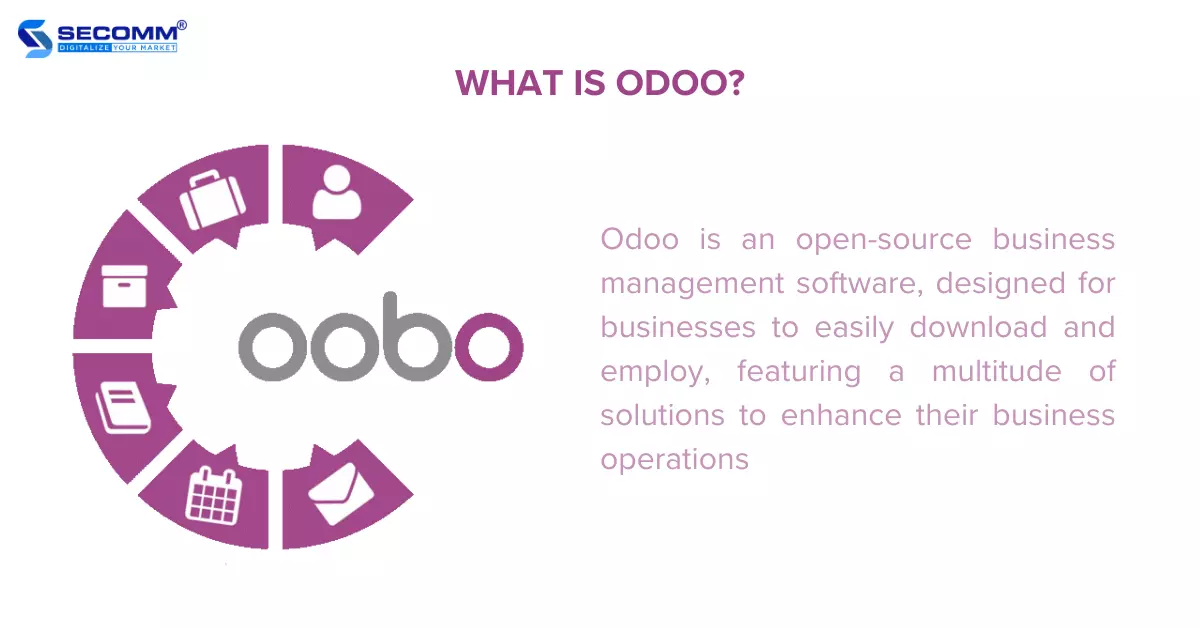
Among its noteworthy functionalities are sales and marketing management, customer relations, project oversight, manufacturing, inventory control, accounting, human resource administration, customer service handling, and a plethora of other applications. As a result, Odoo is adept at fulfilling the real-world business requirements of enterprises spanning all sizes and budget ranges, across many industries.
There are various editions of the Odoo software, with the most recent being Odoo 16; additionally, Odoo 17 is anticipated for release towards the end of 2023. With respect to version 16, the development team has incorporated numerous features and tools to bolster business efficiency, concurrently concentrating on refining a host of existing attributes. Odoo 16 stands as a source of pride, being the swiftest, most visually appealing, and intuitively designed version.
The Odoo management software is available in two primary editions that every business should thoroughly explore before implementation.
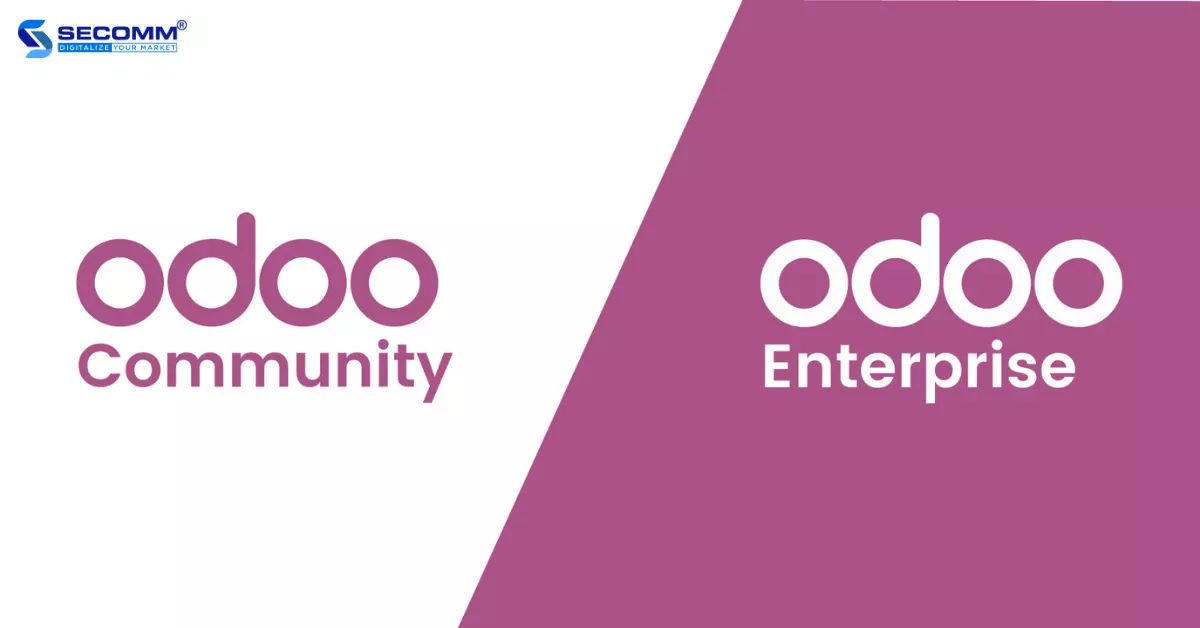
This version of Odoo is free for users to download and use. The Odoo Community edition offers a wide range of features and modules that support essential business operations such as sales management, marketing, customer relationship management, inventory management, accounting, and more.
The Odoo Enterprise edition is a premium, paid version with multiple editions tailored to businesses of all sizes. The Enterprise edition is designed to provide advanced features and modules that enhance operational workflows. The cost of the Odoo Enterprise edition is determined by five factors: the number of users, the number of utilized apps, hosting type, deployment services, and integration with third-party systems.
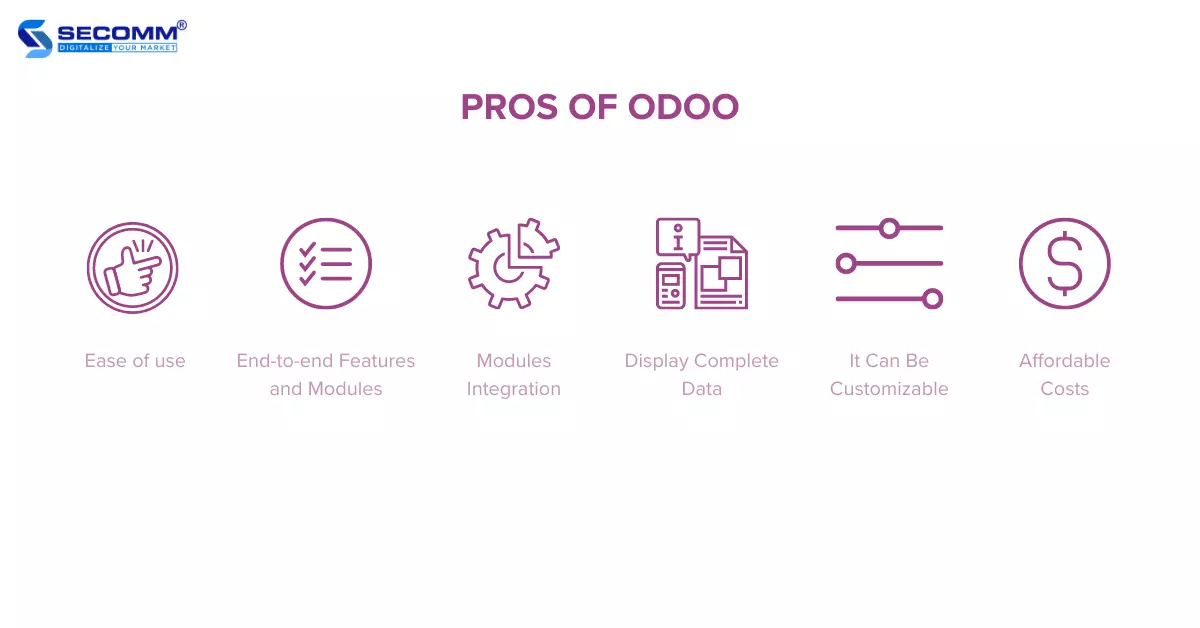
The Odoo interface boasts a simple and intuitive design, with modules logically and systematically organized. As a result, new users will quickly become proficient without investing an excessive amount of time.
Odoo offers an expansive array of features and modules, spanning from fundamental to advanced, to address all requirements for effective business management and operations. These encompass tasks such as sales management, marketing, customer support, accounting, inventory control, and manufacturing.
As businesses embark on Odoo implementation, they can initially utilize the complimentary Community edition and subsequently migrate to the paid Enterprise edition, unlocking the full spectrum of capabilities, modules, services, and progressive enhancements.
Previously, businesses used to store information and data within individual department databases, leading to challenges in accessing and sharing information across departments. With Odoo, apart from providing the necessary modules for management and operations, it also aids businesses by integrating and storing data from all departments in a unified database, facilitating quicker and more convenient management and tracking.
Besides storage and integration, Odoo also holds the advantage of presenting comprehensive information. For instance, the ability to showcase detailed and complete data assists businesses in effectively managing product inventory levels on a daily or monthly basis, encompassing future shipments that have not yet been recorded.
Moreover, businesses can better control working capital by gaining insight into their inventory status. Furthermore, the availability of all information in a unified database fosters collaboration and streamlines the accomplishment of complex tasks. This results in improved workflow processes, enabling businesses to effortlessly monitor interdepartmental processes with efficiency.
Another benefit of Odoo software pertains to its customization potential. Odoo allows users to tailor the software to their requirements without the necessity of writing code. Thanks to its intuitive and user-friendly interface, individuals without extensive programming skills can also make adjustments.
Comparatively, the cost of utilizing Odoo is quite reasonable in comparison to other ERPs. For businesses with a single function requirement, there is no charge for using Odoo, allowing for long-term usage. However, when utilizing two or more functions, businesses receive a 15-day trial period, followed by a moderately priced subscription.
Costs escalate further if the customization and programming of additional modules are aligned with the business’s direction are required. If a business possesses an internal team to perform these tasks, the development costs can be avoided. In practice, businesses will need to seek support from specialized Odoo experts.
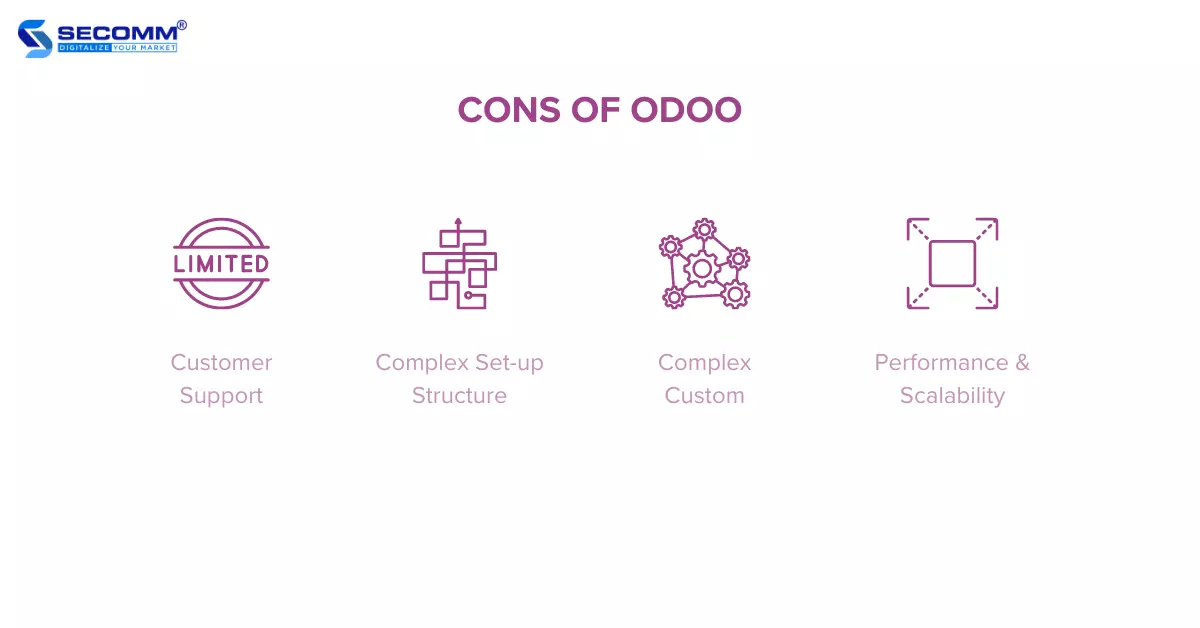
Because of constrained resources and a vast user base, Odoo is unable to offer top-notch customer support to every client. Certain customers have found themselves dissatisfied as their concerns weren’t entirely resolved during their initial support interactions. Furthermore, the cost of Odoo training is quite substantial, rendering it unfeasible for small businesses to establish a specialized Odoo support team.
Much like other present-day ERP software, Odoo’s structure can pose difficulties during the initial setup for businesses adopting it for the first time. This can result in a time-consuming and effort-intensive process of addressing setup-related issues
While Odoo provides numerous built-in functionalities, being a universal ERP solution for diverse business models worldwide means that adapting Odoo to a particular business type or a specific country requires customization.
Odoo does offer customization options, but for highly specific or complex customization requirements, it might necessitate developers with extensive technical expertise and experience. This could potentially lead to extra costs for customization and overall maintenance.
Although Odoo can meet the deployment requirements for a variety of business scales, its performance, and scalability may raise considerations for larger enterprises with substantial transaction volumes. Hence, businesses should strategize their development and assess scalability aspects prior to choosing, ensuring effective operations.
With many years of eCommerce deployment and integration of various ERP systems for numerous global enterprises, SECOMM comprehends the challenges businesses face when implementing the Odoo ERP system.
Contact SECOMM or call the Hotline (02871089908) now to receive consultation on Odoo implementation.
 2
2
 15,050
15,050
 0
0
 1
1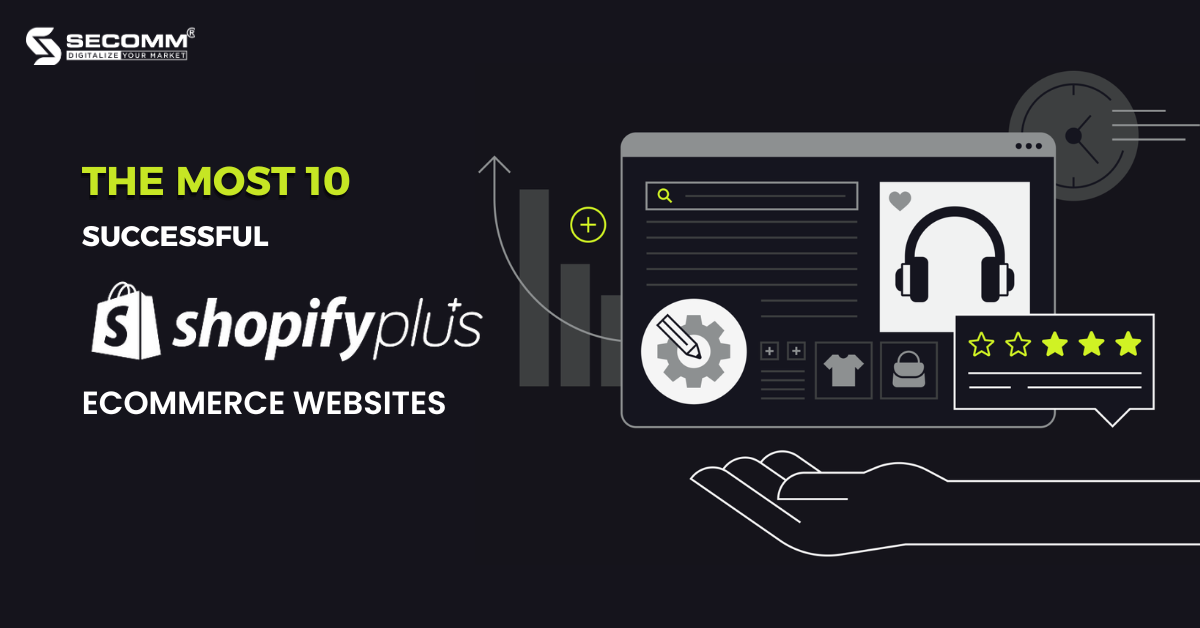
Shopify Plus is one of the most popular eCommerce platforms tailored for large-scale enterprises experiencing rapid growth. Currently, there are more than 27000 live webstores based on this platform.
Below, we highlight 10 brands that have achieved remarkable success in captivating customers through their online shopping experience by deploying eCommerce websites using Shopify Plus.
The success of the Kylie Cosmetics brand lies on the fame and influence of Kylie Jenner on social media along with the smart business strategy that focuses on leveraging the power of eCommerce.

The brand chose to build their eCommerce website on Shopify Plus platform with a design that emphasizes simplicity, using pink and white as the main color tones. In addition, their website only displays products from the collection that they are currently promoting. This is also their core business strategy – they limit the quantity of products sold to target the customers’ FOMO mentality.
Another famous brand that deploys their Shopify Plus eCommerce website is GymShark. Established in 2012, the brand specializes in providing accessories and sportswear, with an initial value was around 1 million USA. Over the years, GymShark ultimately becomes a billion-dollar brand and makes their presence known in over 131 markets.
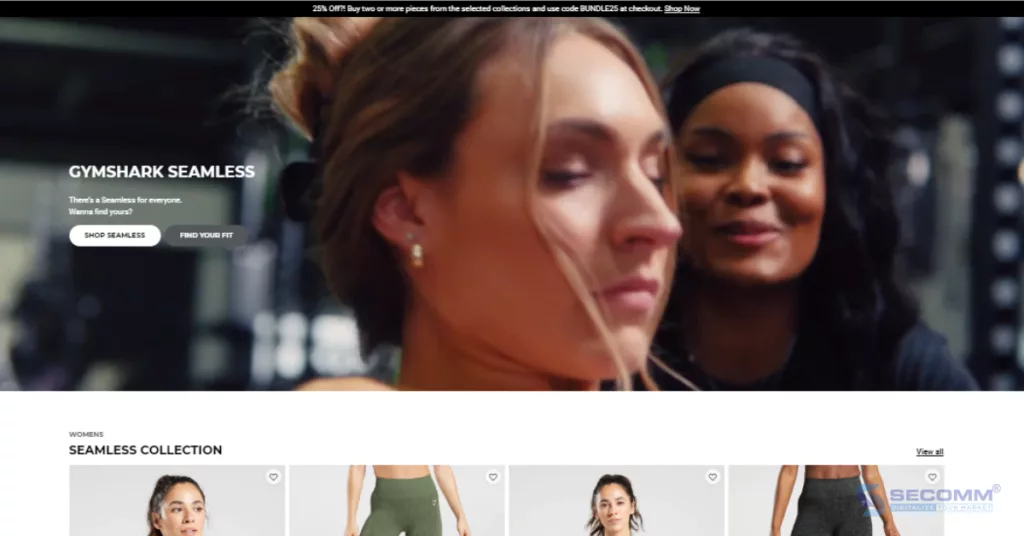
The GymShark website showcases an extensive product catalog for men, women, and children, offering a wide range of styles and sizes. Moreover, the brand integrates Instagram into their website to reach and engage with the growing users of this social media platform. Also, GymShark leverages their Instagram account to create outfit mix-and-match inspiration, using their own products, thereby encouraging purchases.
Fashion Nova is a well-known fashion brand in North America and Europe, offering a wide range of fashion products and accessories for men, women, and children, with diverse styles, colors, and sizes that conform to the US-UK. fashion standard. In 2018, Fashion Nova topped the list of the most searched fashion brands on the internet.

Their eCommerce website is based on the Shopify Plus platform, enabling it to handle a massive amount of traffic, approximately 25.5 million visitors per month. The website features all the necessary functionalities with a distinct design specific to the fashion industry. Furthermore, Fashion Nova regularly releases new seasonal collections accompanied by enticing promotions to attract customers to shop on their website.
Cettire is one of the leading online retailers of luxury fashion in Australia. The brand specializes in providing clothing, footwear, and accessories from over 1300 renowned luxury brands worldwide, such as Saint Laurent, Prada, Balenciaga, Gucci, and more. In 2020, Cettire was listed on the Australian Securities Exchange (ASX), with a total revenue of 124 million AUD for the fiscal year 2021.
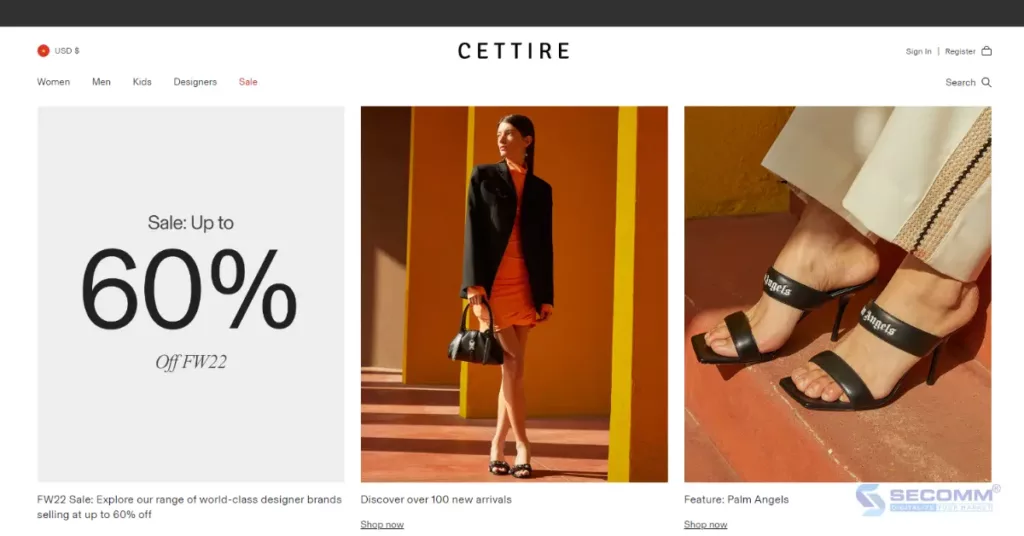
The brand built their eCommerce website with the Shopify Plus platform. This helps the website attract the attention of fashion enthusiasts everywhere, not only because it is a destination for online shopping of luxury fashion brands but also because of its minimalist yet modern design with captivating videos and graphics.
Decathlon has a vast product catalog that can meet every need for sports training, ranging from gym clothes, running shoes, swimming goggles, and camping tents, to hiking backpacks. Therefore, it’s not surprising that Decathlon chose Shopify Plus to develop its eCommerce website to leverage the platform’s flexible customization and high scalability.
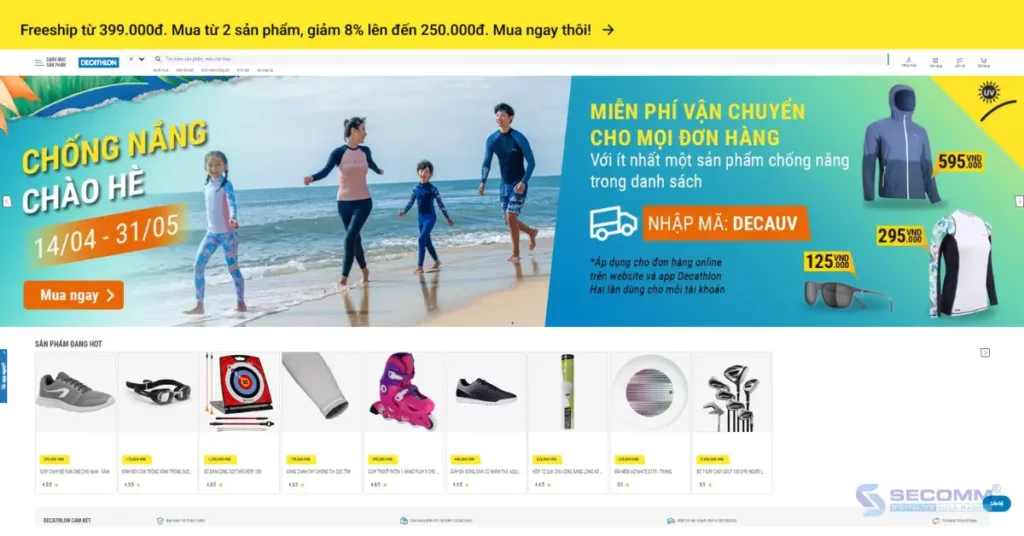
To keep up with the digital transformation trend, Decathlon places special emphasis on two sales channels: the website and the app, offering attractive promotional programs exclusively for customers who make purchases through these channels. Additionally, Decathlon integrates multiple payment methods and utilizes SSL encryption to ensure a safe and efficient online shopping experience.
Supersports is the next sportswear and accessories brand on the list that uses Shopify Plus for its eCommerce website. It is a reliable shopping destination for genuine fashion items from major brands such as Puma, Under Armour, Fila, Crocs, Adidas, Nike, and more.
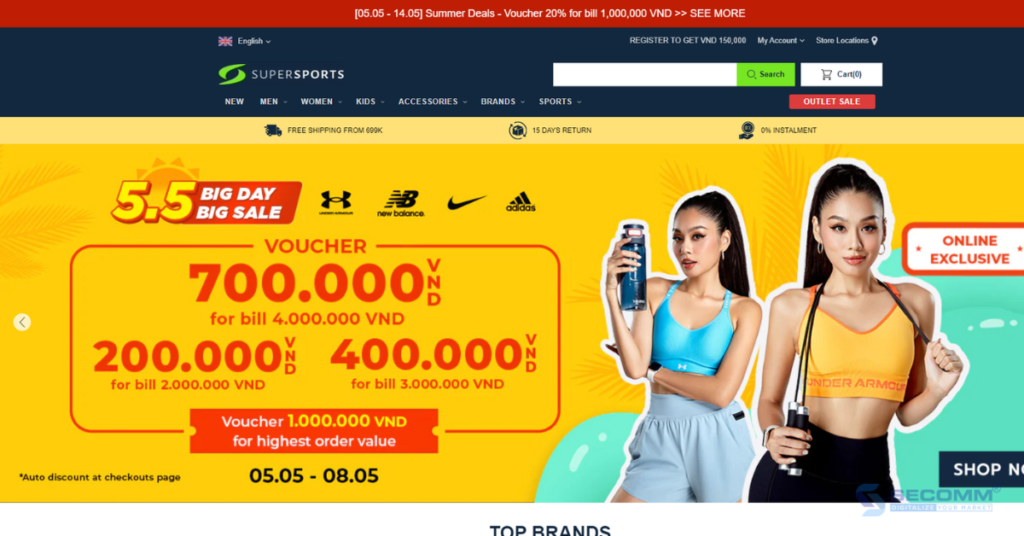
The brand regularly offers attractive promotional programs for customers shopping on their website. Also, Supersports dedicates a page on their website for customers to easily check ongoing promotional activities at their outlets. To ensure customers don’t miss out on any shopping deals, the company implements an exit popup that encourages customers to sign up and receive information about new products, special offers, and vouchers via their email.
No one is unfamiliar with Durex. In addition to focusing on enhancing their presence on social media platforms, Durex has also invested in developing their eCommerce website meticulously on the Shopify Plus platform to enrich the online shopping experience for their customers.

Swee Lee is one of the leading music instrument brands in Vietnam. The company’s eCommerce website is built on Shopify Plus, equipped with all the core features to operate and provide customers with the best shopping experience.
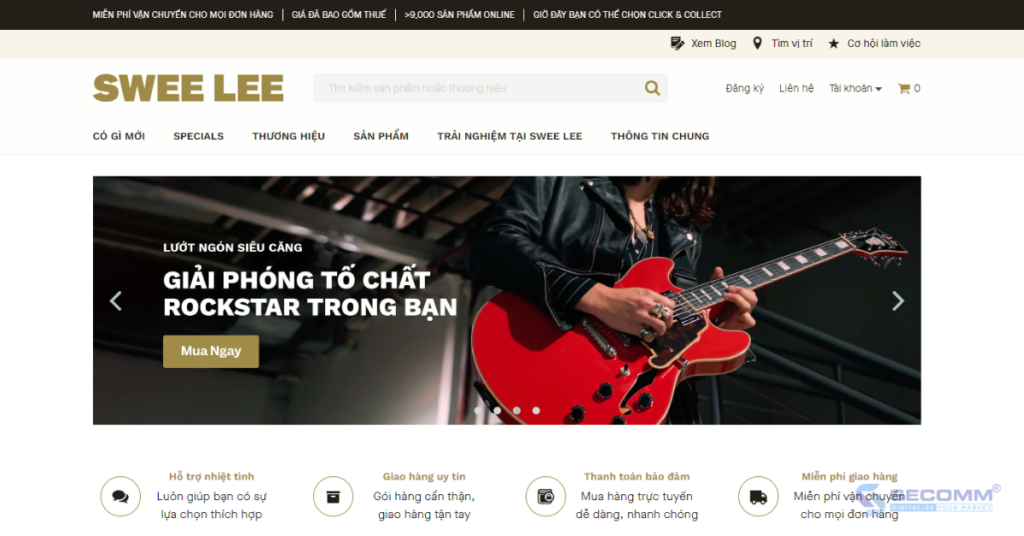
Swee Lee implements an exit popup to collect user emails for email marketing campaigns. The products available on the Swee Lee website are diverse, ranging from guitars, ukuleles, to pianos, with various attributes (e.g. models, prices, and brands).
The renowned American shoe brand, Skechers, also leverages Shopify Plus to build its eCommerce website. Skechers develops high-quality and comfortable product lines that align with current fashion trends. In addition to footwear for men, women, and children, the brand is also expanding its range to include clothing and accessories.

To encourage customers to shop more on the website, Skechers Vietnam consistently launches attractive promotional programs along with various gifts and vouchers.
The website of Trollbeads, a renowned jewelry brand, is using the Shopify Plus eCommerce platform. As a pioneer in the world of exquisite gemstone jewelry, Trollbeads offers their customers luxurious and intricately crafted high-end jewelry pieces. Both men and women can customize their jewelry, including bracelets, rings, necklaces, and earrings, to suit their preferences, personalities, and individual stories.
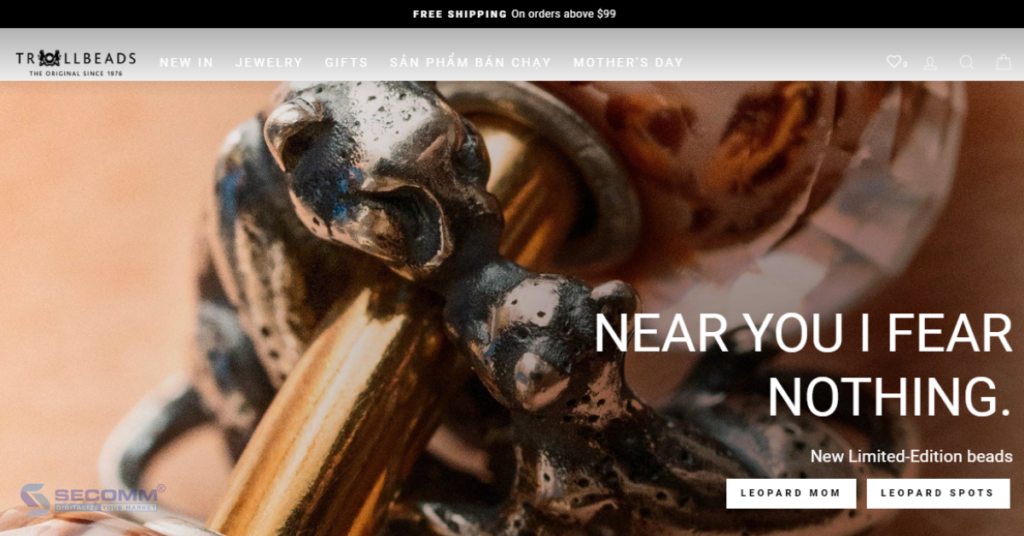
Furthermore, on special occasions, Trollbeads showcases appropriate products on the website to facilitate easy selection for customers. Clear product images presented from multiple angles allow customers to observe the intricate design details and exquisite patterns of each jewelry item. Furthermore, the website has a dedicated section sharing the craftsmanship of artisanal handicrafts, the stories behind the gemstones, and jewelry care.
SECOMM has listed out 10 successful eCommerce websites using the Shopify Plus platform, which have conquered customers and become leaders in their respective fields.
Related article: Shopify Plus vs Adobe Commerce: Key differences 2023
With years of experience successfully implementing eCommerce solutions for clients in multiple countries, SECOMM specializes in providing consulting services with comprehensive eCommerce deployment solutions.
Contact SECOMM or call our hotline (+842871089908) today to receive free support and consultation.
 2
2
 9,266
9,266
 0
0
 1
1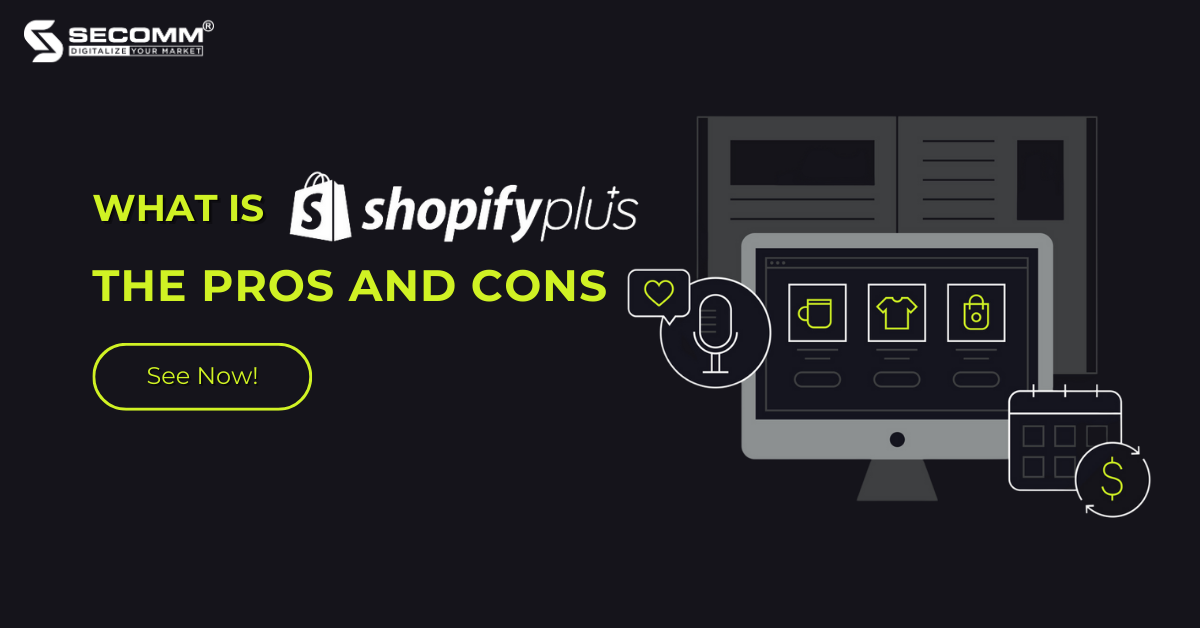
Shopify represents a trustworthy name in eCommerce development and is the choice of many SMEs. However, for enterprise-level businesses with rapid growth, the standard Shopify plans may not meet their needs sufficiently, in addition to incurring high operational and website maintenance costs. Therefore, Shopify Plus emerged to address these aforementioned issues.
Introduced in 2014, Shopify Plus is an enterprise-level eCommerce platform provided by Shopify. Shopify Plus is designed for large businesses with an annual GMV exceeding $1 million and high growth rates.
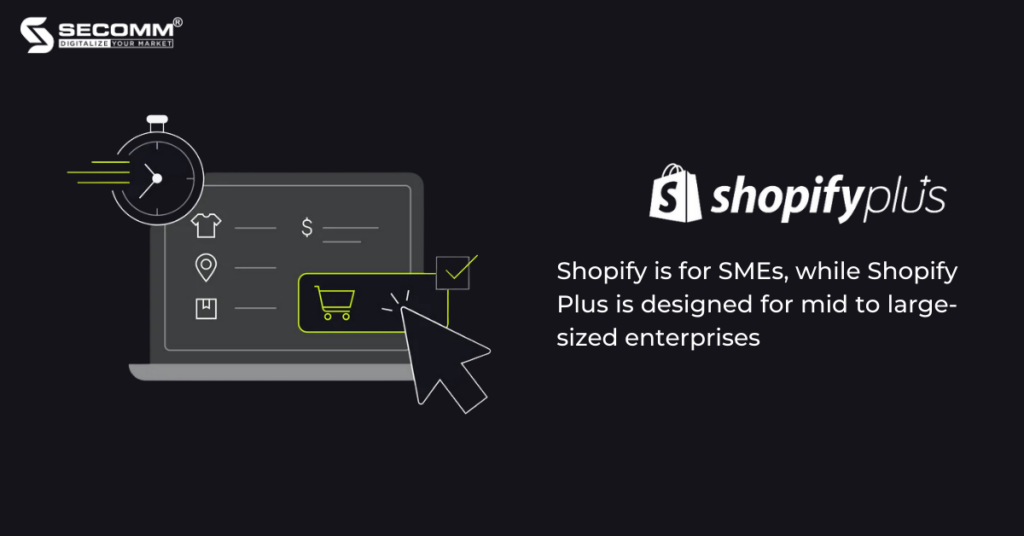
Simply put, Shopify is for SMEs, while Shopify Plus is designed for mid to large-sized enterprises. Some notable global companies implementing Shopify Plus include Gymshark, Kylie Cosmetics, Redbull, Fashion Nova, Fenty Beauty, and more. In Vietnam, leading brands such as Durex Vietnam, Skechers Vietnam, Trollbeads Vietnam, Supersports, Swee Lee, and others have chosen Shopify Plus.
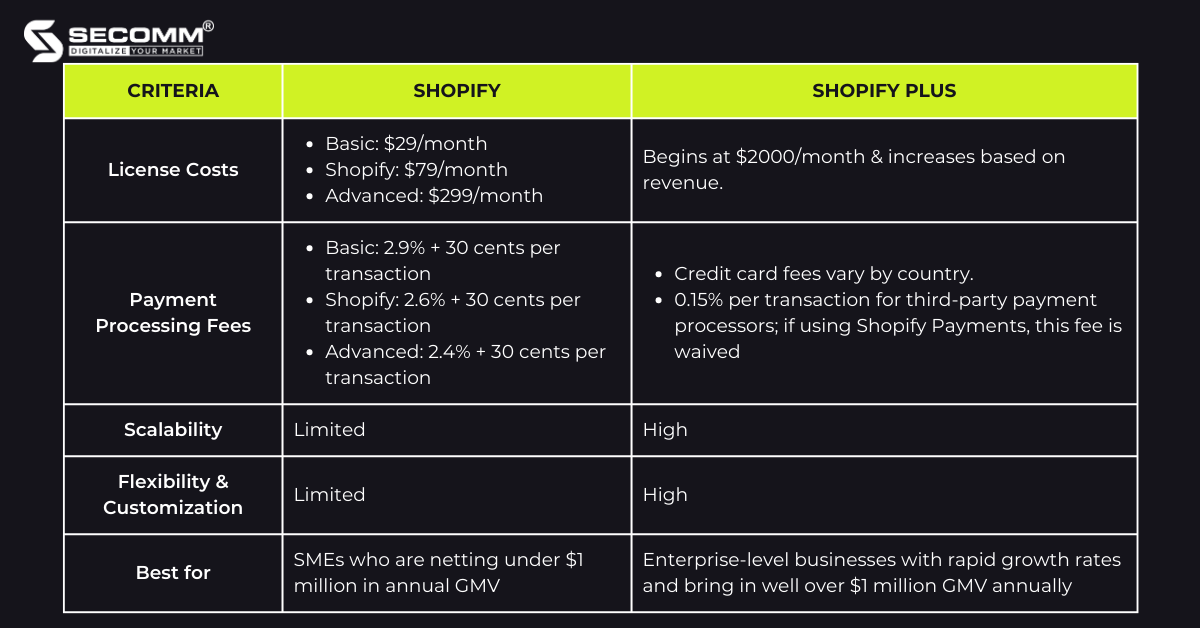
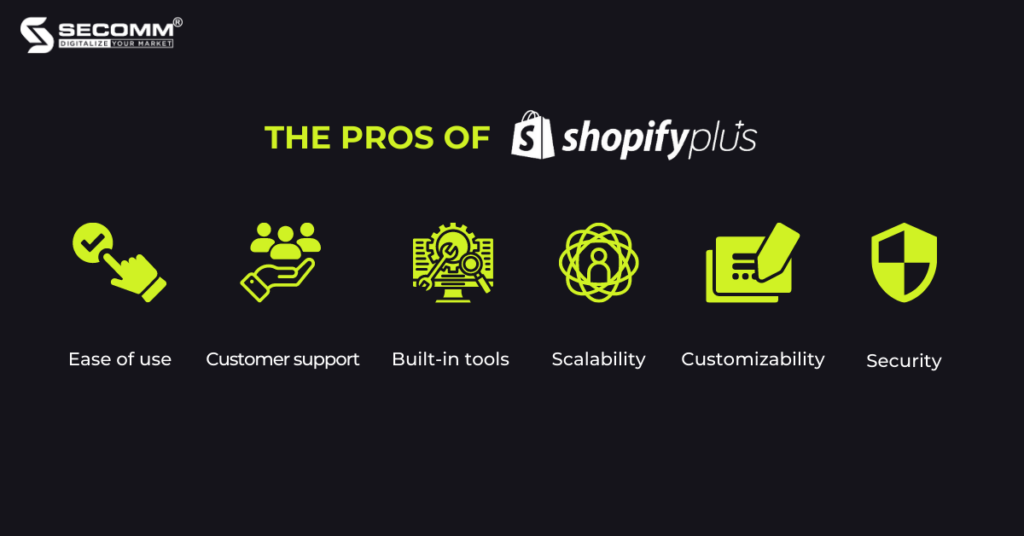
Due to its nature as a SaaS eCommerce platform, Shopify Plus is designed to be user-friendly, allowing businesses to quickly build and operate their websites with no coding knowledge required.
Moreover, by using Shopify Plus, businesses won’t worry much about server management, security, or website updates and maintenance. The platform helps them save a significant amount of time and focus on more critical tasks such as sales, marketing, and customer service.
Shopify Plus provides top-notch customer support 24/7 and a dedicated account manager, which can help businesses address any queries through email, chat, and a hotline. It is great as large enterprises may have complex needs and require personalized support.
The built-in tools are another advantage of Shopify Plus which supports businesses in building and operating their eCommerce websites. Among them, product management, inventory tracking, payment processing, shipping, tax calculation, advanced analytics, and more are notable.
Additionally, Shopify Plus offers numerous customizable templates and apps, allowing businesses to create modern, professional, and feature-rich eCommerce websites without the technical skills required. Shopify Plus also enables businesses to easily scale as their needs change over time.
Furthermore, Shopify Plus gives businesses full access to Shopify’s exclusive programs such as the Merchant Success Program, Shopify Plus Academy, Shopify Plus Partner Program, and the Shopify Plus community on Facebook.
Unlike the standard Shopify plans, Shopify Plus has become a popular choice among large enterprises due to its high scalability. The platform can easily scale up or down depending on the business need which helps deal with increased website traffic and surges in orders during busy shopping periods.
Another significant advantage of Shopify Plus lies in its high level of customization, allowing businesses to tailor their eCommerce websites to specific needs such as customizing templates, apps, payment integration, and more. As a result, the eCommerce website is built with uniqueness and creativity, highlighting the brand image and providing customers with an excellent shopping experience. The platform’s customizability has made it a powerful tool for driving online sales and sustainable growth.
Security is a top priority for eCommerce businesses, especially for large enterprises. Shopify Plus is a PCI-compliant platform that meets the data security standards of payment cards, ensuring that all payment transactions processed through this platform are secure. All customer data is encrypted using SSL to protect sensitive information from unauthorized access. Additionally, Shopify Plus integrates a DDoS protection feature, safeguarding against dangerous attacks that can disrupt website traffic and accessibility.

Content management is not a strong suit of both Shopify and Shopify Plus compared to other platforms, especially WordPress. First is the limited blogging functionality, which makes it difficult to create and manage blog categories on the website. Moreover, if the content is a core element of the marketing strategy, this limitation should be carefully considered as it can significantly impact SEO optimization. Another limitation is the lack of control over the URL structure of product pages, which poses challenges in optimizing URLs for search engines.
Overall, while Shopify Plus provides many features for businesses to build and manage eCommerce websites, if content management is a priority, it may be worth considering other platforms that offer more advanced content management capabilities.
If businesses build their websites based on an open-source platform, the platform migration is relatively simple and they can fully own the source code and all data.
On the contrary, Shopify Plus is a SaaS platform, and the entire website system of the business is hosted on Shopify’s servers, which means ownership and control of the source code and data belonging to Shopify Plus. This means that data related to eCommerce activities on the website is tightly locked-in to Shopify’s database. This leads to two issues:
Suppose Shopify goes bankrupt or faces unforeseen risks. In that case, the entire business operations on this platform would be lost, and it would not be possible to retrieve all the latest data. However, this risk is unlikely to occur.
In the event of discontinuing the use of Shopify and switching to another platform, the business can export data to a CSV file containing information such as product details, customer accounts, inventory, orders, etc. However, the data that Shopify allows to be accessed and exported is not comprehensive but only a portion of it.
Although Shopify Plus is considered user-friendly and suitable for users with strong technical skills, large enterprises need a certain level of expertise to effectively implement eCommerce with Shopify Plus. Because it is a highly customizable platform, businesses will need to have some understanding or collaborate with experienced developers to maximize the platform’s features and capabilities.
The cost of using Shopify Plus will be based on revenue. Initially, each business will pay a minimum of $2000/month for standard setup and integration. Once the revenue reaches $800,000/month, Shopify Plus will charge the business based on revenue, at a rate of 0.25% of the monthly revenue. However, the fee will not exceed $40,000/month or $480,000/year
At first glance, this may seem like a large amount of money but for enterprise-level businesses, this pricing is reasonable because Shopify Plus provides a robust eCommerce platform that helps businesses operate more efficiently compared to standard Shopify plans.
As mentioned, the main advantage of Shopify Plus lies in its scalability and customizability but it is limited in standard Shopify plans. A growing business will need an eCommerce platform that can meet the demands of expansion and development. Shopify Plus is designed to handle high sales volumes and can support 10,000 transactions per minute. Additionally, businesses can customize their eCommerce website and leverage built-in features and tools to optimize their operations and sales.
Another advantage of Shopify Plus is that businesses do not have to pay for hosting, bug fixes, maintenance, or updates. The additional fees that businesses need to pay are transaction fees, specifically:
Credit card transaction fees that businesses have to pay to Shopify Plus will vary depending on the country but typically range from 1.5% to 2.5% per transaction.
In addition, Shopify Plus will charge a small fee of approximately 0.15% for transactions with third-party payment gateways, but this fee is waived if the business uses Shopify Payments as a payment method.
Compared to the three standard Shopify plans, the credit card transaction fees of Shopify Plus are still relatively low, with the following differences:
→ It can be seen that compared to the highest-tier standard Shopify plan – Advanced, the credit card transaction fees of Shopify Plus will save businesses 0.25%.
Now look at the transaction fees with third parties:
→ The difference in fees for transactions with third parties is evident, and Shopify Plus is a better choice.
Shopify has a vast app store with over 6000 apps developed by Shopify and third parties. In Particular, there are many apps developed specifically for Shopify Plus. Depending on each business’s needs, the cost of installing apps can range from $0 to a few hundred dollars or several thousand dollars per month.
The basic setup of the Shopify Plus platform is sufficient for businesses to operate their websites. However, to deploy more effectively and provide a better customer experience, businesses may need to install additional Shopify apps, which incur costs. Naturally, with the investment in these apps, businesses will gain equivalent benefits.
Due to its nature as a SaaS eCommerce platform, businesses will not own the source code and website data, which leads to cost disadvantages. Businesses that have reached the level of using Shopify Plus will have a demand for utilizing features, apps, and tools or integrating with third parties. In addition to the fixed monthly cost of using Shopify Plus, businesses also have to pay monthly additional fees based on their needs. This makes it difficult for enterprise-level businesses to manage their cash flow.
On the other hand, for most open-source platforms, although deployment costs are high and deployment time is long, businesses can make a one-time payment and own the source code, data, and long-term features. Therefore, using open-source platforms will help enterprise-level businesses manage their cash flow more efficiently.
Related article: Shopify Plus vs Adobe Commerce: Key Differences 2023
With many years of experience implementing eCommerce solutions for numerous businesses in different countries, SECOMM understands the potential of Shopify Plus to empower eCommerce operations as well as the challenges and difficulties they may encounter during the initial stage.
Contact SECOMM today or call our hotline (+842871089908) to receive a free consultation.
 2
2
 10,634
10,634
 1
1
 1
1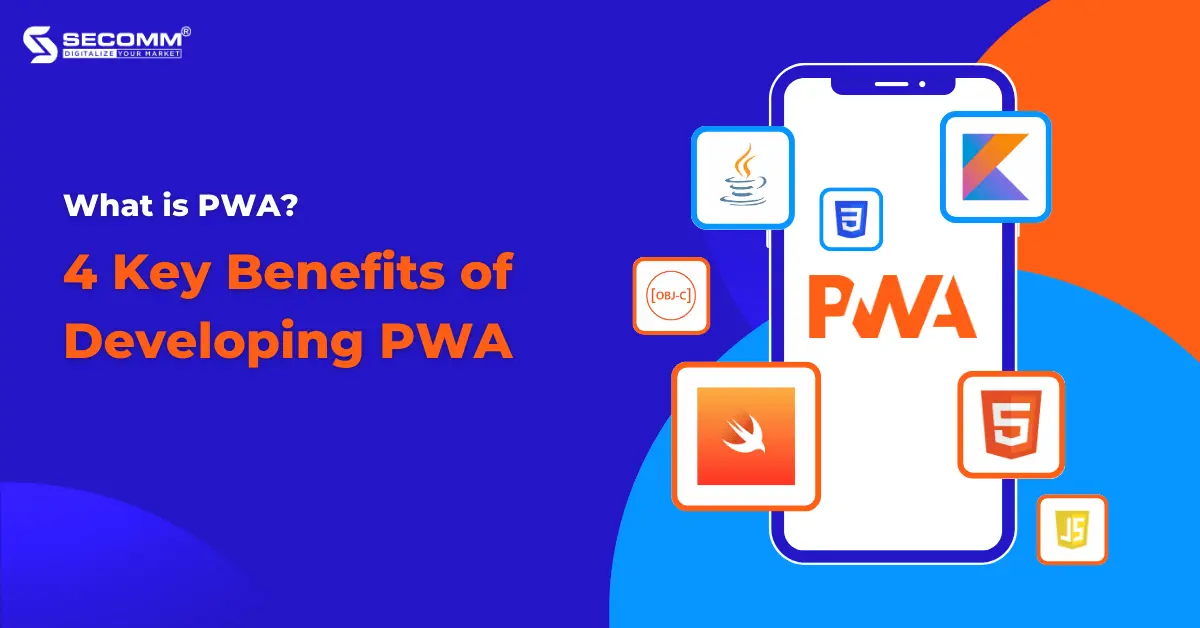
Amidst the fierce competition in eCommerce, businesses of all sizes are striving to find breakthrough solutions to enhance customer experience and boost engagement. Among the numerous options available, PWA (Progress Web App) is considered a promising solution that can change the way users interact with an eCommerce website. Although PWA has been in the market for a while, its popularity has only recently surged in recent years.
A Progressive Web App (PWA) is a type of web application built using standard web technologies such as HTML, CSS, and JavaScript, but can provide users with a similar experience and features to a native app, including push notifications, offline availability, etc.
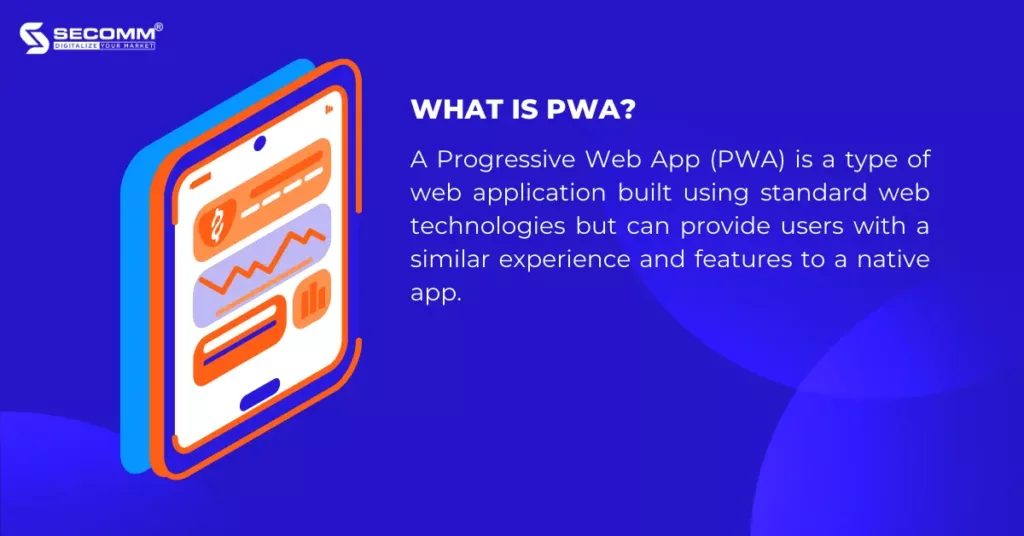
Native apps, what do they actually mean? They are software applications built on a specific programming language for a particular platform or operating system such as iOS or Android.
Because of the differences between the two types of applications, businesses usually rely on their needs and resources to make a suitable choice.
Related Readings: Native App vs Hybrid App: Key Differences
Native apps are typically built using a programming language specific to each particular operating system, such as Objective-C/Swift for iOS and Java/Kotlin for Android. Meaning that developers must have a certain level of experience and expertise to write and develop apps that are suitable for each operating system. Additionally, maintaining and updating app versions must be done regularly, which can be time-consuming and costly.
On the other hand, when developing a progressive web app, developers can use a shared codebase to develop apps for all platforms, making development and maintenance faster and easier than with a native app.
To use Native apps, users need to access app stores such as the Apple’s App Store or Google Play to download and install them, while with progressive web app, users can install them directly from their web browser onto their device without going through an app store.
Although PWA can provide good performance and user experience, it is still generally not as good as native apps. Native apps offer a more seamless and richer user experience than progressive web app because they are designed specifically for a particular platform and can maximize the use of hardware and software features of the device.
Summary:
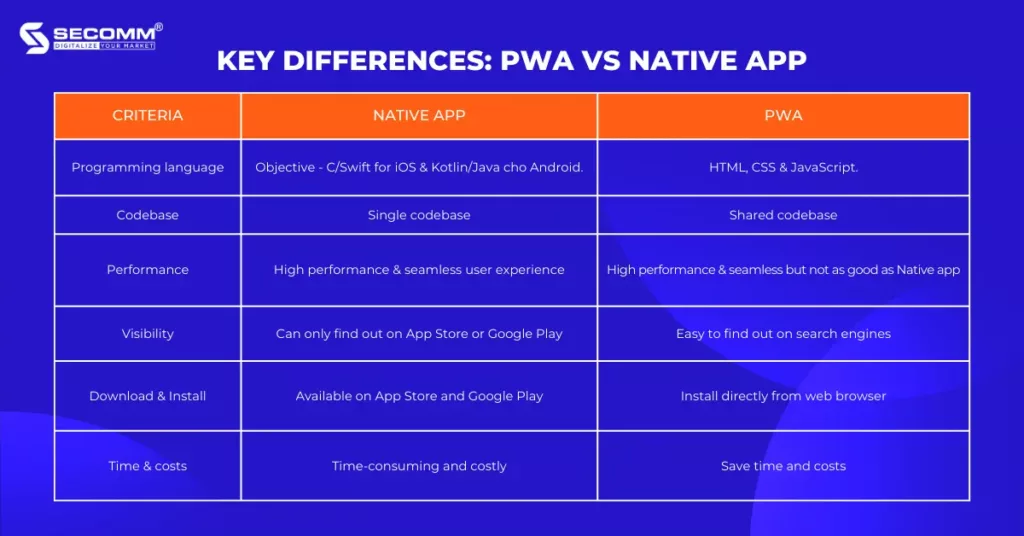
Currently, PWA is becoming very popular and is being chosen by many businesses everywhere in the world for the following benefits:
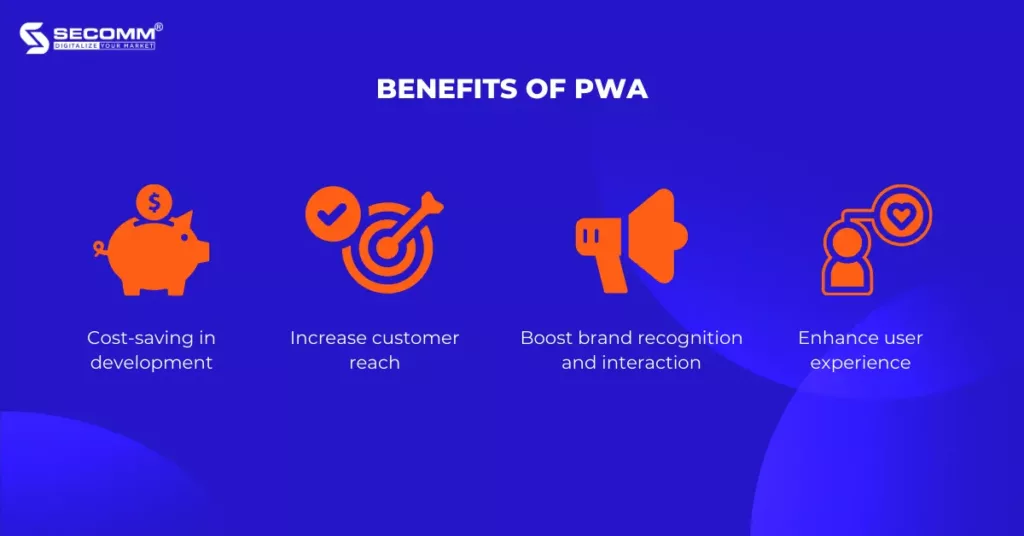
This is the biggest advantage and the main reason why many businesses are turning to PWA. The cost to build and maintain PWA is relatively low compared to native apps because it doesn’t require developing separately for each platform. Moreover, after installation, PWA functions like a native app with no compromise on performance and user experience. Therefore, for businesses with budget constraints, PWA is a worthwhile option to consider in order to save costs and time to launch the product.
Since PWA is designed to work efficiently on various devices and platforms such as smartphones, tablets, desktops, laptops, etc., users can access the app through a web browser and install it directly onto the home screen without downloading it from the app store. Therefore, PWA can reach a wider pool of potential customers, allowing businesses to expand their customer reach.
The “add-to-home-screen” feature of PWA enables customers to easily add the app to their device home screen directly from the web browser. In reality, customers only click on this feature when they browse and find the app interesting and useful for them. Once the app has been added to the home screen, users will easily see and remember the brand. This way, businesses can use targeted marketing methods to encourage customer interaction.
Similar to native apps, PWA can also provide a quality user experience with fast page loading time, smooth navigation, and stable performance. In addition, it is capable of quickly responding and operating well on many devices with various screen sizes, helping users view content and products on any preferred device. PWA is developed based on web technologies, which means businesses can track and analyze user behavior in real-time and make data-driven decisions to enhance user experience.
Lancôme, the leading high-end cosmetics brand in the world, launched a PWA in 2017 to enhance user experience and improve mobile web interaction. The Lancôme PWA provides features such as an icon on the home screen, push notifications, offline mode, and more. This allows customers to quickly access Lancôme’s website with just one touch, and the company can use push notifications to inform customers about the latest products, promotions, and special offers. In addition, the offline mode allows customers to continue browsing Lancôme’s website even without an internet connection.

The famous online music platform – Spotify, developed and launched their own PWA in 2018 to provide a fast, seamless, and engaging user experience for their customers. Similar to Lancôme, Spotify also offers prominent features including offline music and podcast playback, which helps to ensure an uninterrupted user experience. The Spotify PWA has received positive reviews and feedback from users for many years.
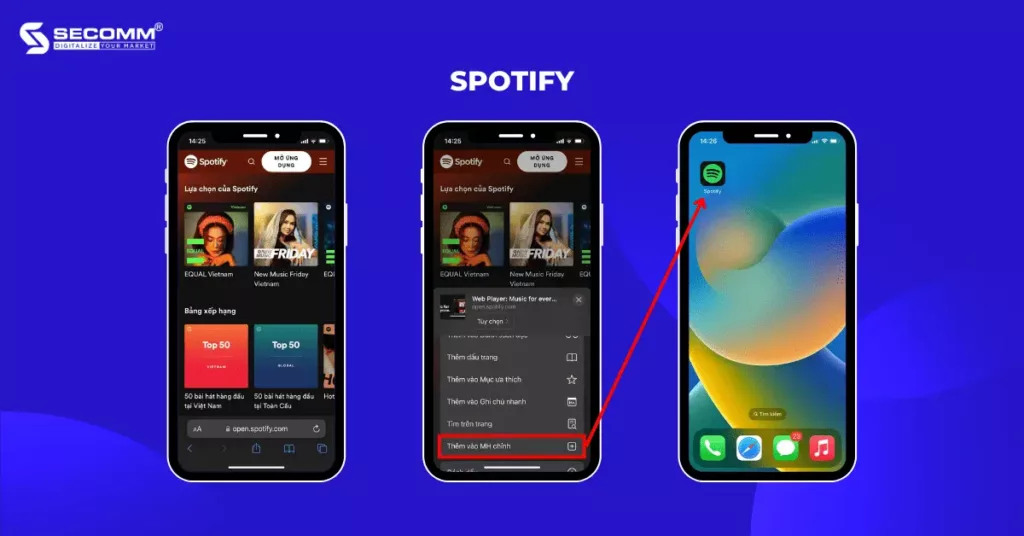
Native app of Tinder has been very effective on many different operating systems and is particularly loved by users. However, with the desire to expand and conquer new markets as well as protect its position as a leading online dating platform, Tinder has built a PWA.
The page loading time of Tinder PWA has been reduced to 4.69 seconds compared to 11.9 seconds before, which significantly increases interaction and surpasses Tinder native app in terms of the number of swipes, profile edits, and time spent per user.
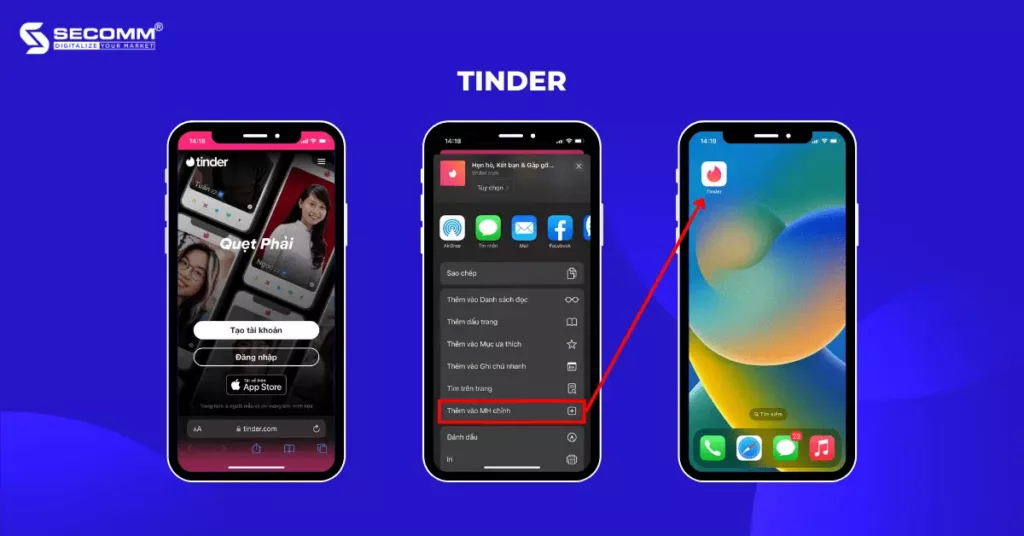
In addition, there are many famous companies in the world that have implemented PWA: Facebook, Instagram, Twitter, TikTok, Uber, Pinterest, Starbucks, Aliexpress, etc.
With years of experience implementing eCommerce solutions for numerous clients in various countries, SECOMM understands the importance of developing PWA to cope with the competition in the billion-dollar technology industry as well as the challenges that each business faces when building and developing PWA.
Contact SECOMM now for a free consultation!
 2
2
 10,136
10,136
 0
0
 1
1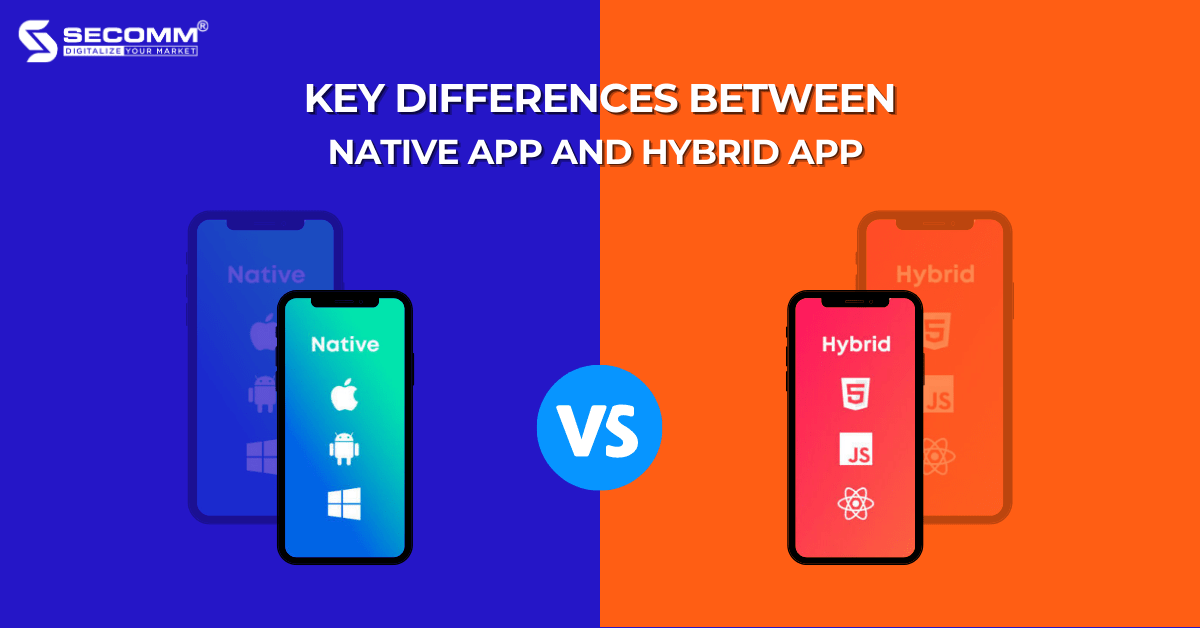
According to Statista, by 2023, there will be approximately 6.9 billion smartphone users worldwide, which will lead to the emergence of mobile apps to enrich user experience. That is why many businesses find ways to build and develop mobile apps to interact with their customers. However, with many platforms and devices around, mobile app development can be a complex and costly process. There are two most popular types of mobile apps including Native Apps and Hybrid Apps.
Both apps have their own advantages and disadvantages, so businesses should consider their demand and resources to choose the right type of app.
Native app is a type of mobile application that is developed specifically for a particular platform or operating system, such as iOS or Android. Native apps use different programming languages depending on the platform they are built on: Objective-C or Swift are the main programming languages for iOS, while Java or Kotlin are the main programming languages for Android.
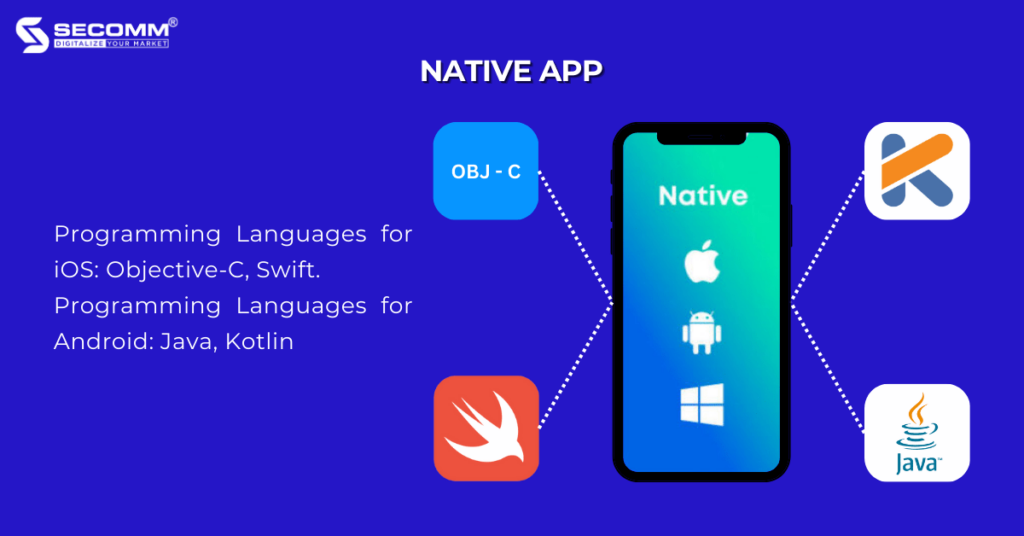
In addition to outstanding advantages, Native apps still have some limitations to be aware of:
Native apps will be suitable for businesses that want to build mobile apps with high performance, diverse features, and a focus on user experience. However, this choice requires a lot of development and maintenance costs, as well as significant time and effort to be put in.
Hybrid app is a type of mobile application built using web technologies such as HTML, CSS, and JavaScript, and then packaged in a Native app container. This allows hybrid apps to run on multiple platforms or different operating systems, including iOS and Android.
Frameworks for developing hybrid apps include React Native, Flutter, Xamarin, and Ionic.
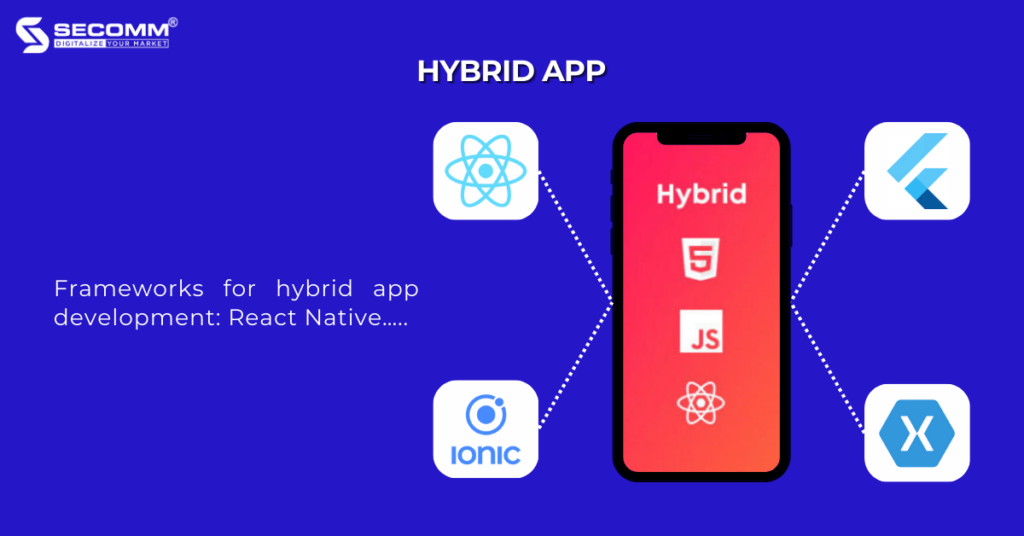
In addition to the advantages mentioned above, hybrid apps also have some drawbacks that businesses need to consider when building them.
Hybrid apps are a good choice for businesses that want to create a mobile app that works on multiple platforms and devices, with a faster development time and lower costs than native apps. However, hybrid apps still have many limitations in terms of performance, user experience, etc. Therefore, businesses should consider this before deciding to build a hybrid app.

Facing the rapid development of mobile apps, quickly building a proprietary app is an urgent mission for every business. With the set of advantages and disadvantages summarized of the two most popular types of applications today: Native app and Hybrid app, the decision will depend on the purpose of each business.
SECOMM has gained many years of experience implementing eCommerce for many customers in many countries, understanding the difficulties and challenges each business faces when deploying mobile applications.
Contact us today to receive a free consultation.
 2
2
 6,498
6,498
 1
1
 1
1
The significant increase in the number of smartphone users has contributed to the rise of Mobile Commerce trends worldwide, including in Vietnam. It’s time for retailers to focus on supporting their customers in searching and shopping through mobile devices, in addition to eCommerce websites.
Many businesses across various sectors, from shopping, healthcare to food, have performed very well in this strategy by becoming pioneers in embracing Mobile Commerce trends in Vietnam.
The SHEIN app is known as one of the most successful eCommerce apps in the world today, and now it has become the most downloaded mobile app in the shopping category in 2022 with 229 million downloads and installs from both Google Play and the App Store.
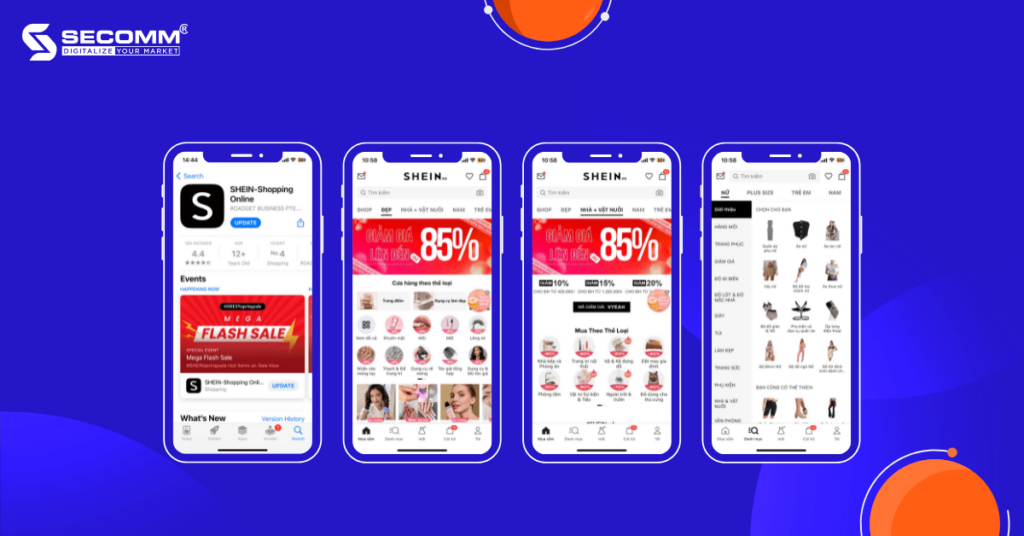
In the Vietnamese market, SHEIN is also highly rated by users for their shopping experience on the app. In the latest update, SHEIN added a discount program for some fashion items of up to 70%, as well as fixing some bugs and improving performance to provide users with a better experience.
Download the SHEIN app: Google Play | App Store
When entering the Vietnamese market in 2019, Uniqlo quickly captured and responded to the local consumers’ fashion shopping trends, which made the brand very popular. The Uniqlo VN app stands out with many necessary functions for a consistent shopping experience between mobile devices and other channels. In order to attract more users, Uniqlo will offer a 150,000 VND discount voucher for anyone who downloads the app and signs up as a new member.
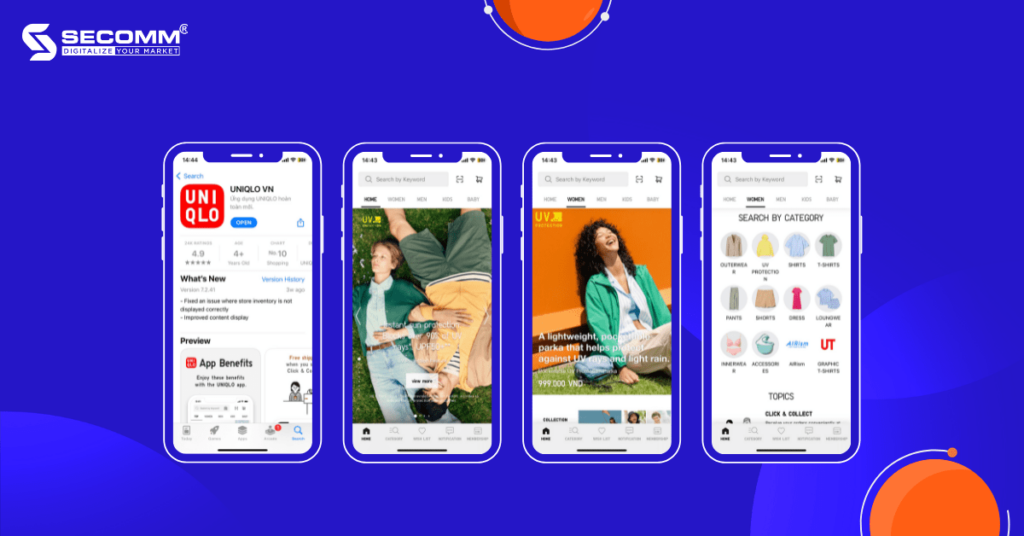
Although the Uniqlo VN app is highly rated for user experience, the brand still keeps updating and improving its features. In the latest update, Uniqlo has improved the quality of product image display and adjusted the accurate display of the number of products available in-store.
Download the Uniqlo VN app: Google Play | App Store
Hasaki not only has nationwide brick-and-mortar stores and an eCommerce website but also develops a mobile app to offer its customers enriched shopping experiences and attractive incentives.
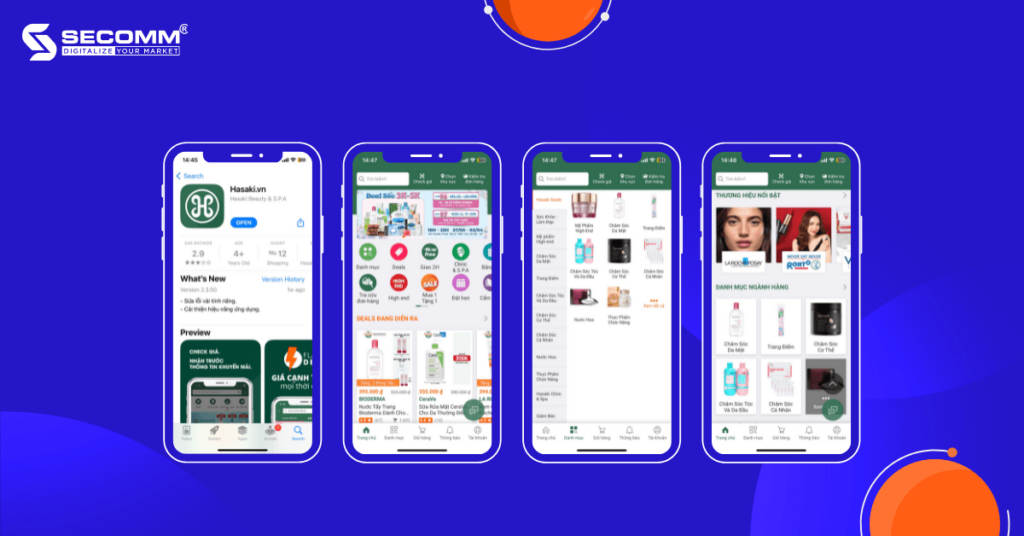
By using the Hasaki app, customers can conveniently search and purchase products anytime, anywhere, track their order status, and make appointments for spa and clinic services at the store. One thing that makes Hasaki special is the free delivery within 2 hours for all customers, whether shopping at the store, eCommerce website, or mobile app. Despite getting much critical feedback for usage quality, Hasaki is still very receptive, fixing bugs and optimizing performance in the recent updates.
Download the Hasaki app: Google Play | App Store
After rebranding, the Big C supermarket chain has been renamed Go!. As a result, the mobile app of this business is now called Go! & Big C. Customers who shop on the app will enjoy many benefits, including:
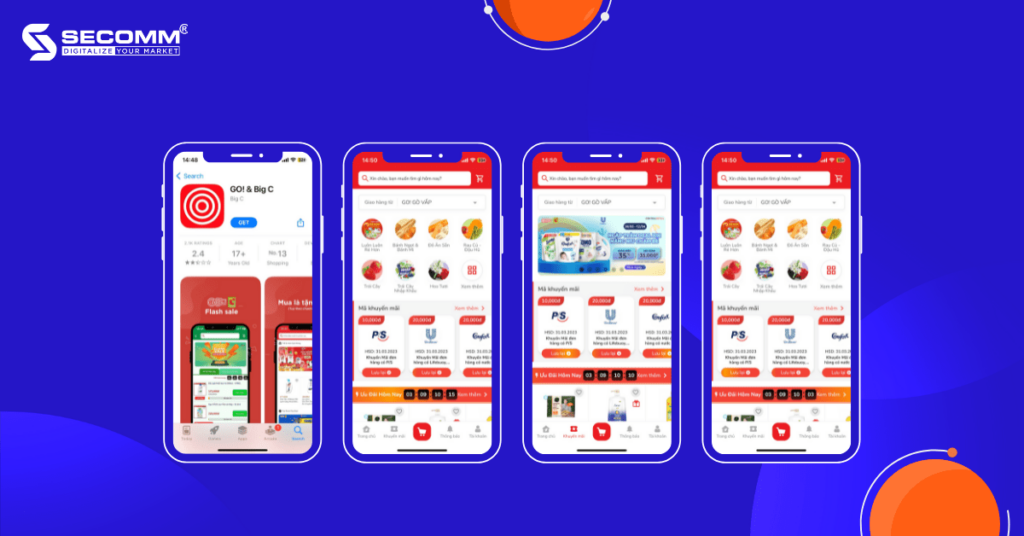
The Go! & Big C app is regularly updated to improve the online shopping experience for customers. In the most recent update, the developer has improved the payment function, fixed bugs, optimized performance, and image display capabilities.
Download the Go! & Big C: Google Play | App Store
Con Cung is one of the first childcare brands to develop its mobile app to provide customers with a consistent shopping experience across different channels, including physical stores, mobile apps, and eCommerce websites.
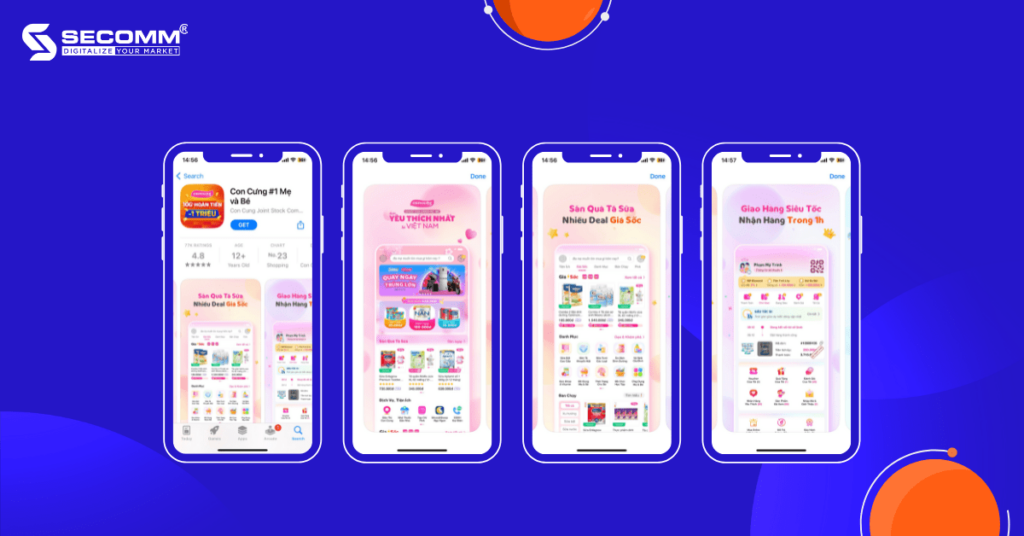
The Con Cung app has received very positive reviews from users on both Google Play and App Store for user experience, product quality, and promotional programs. However, the brand still maintains the practice of testing and improving certain features such as displaying detailed driver’s information when customers place orders for the 1-hour delivery service and fixing bugs related to payment via eWallet.
Download the Con Cung app: Google Play | App Store
Dien May Xanh is a big player in the Vietnamese home appliance industry that has successfully captured the market trend and quickly developed a mobile app to reach the huge smartphone user base in Vietnam – approximately 69 million users.
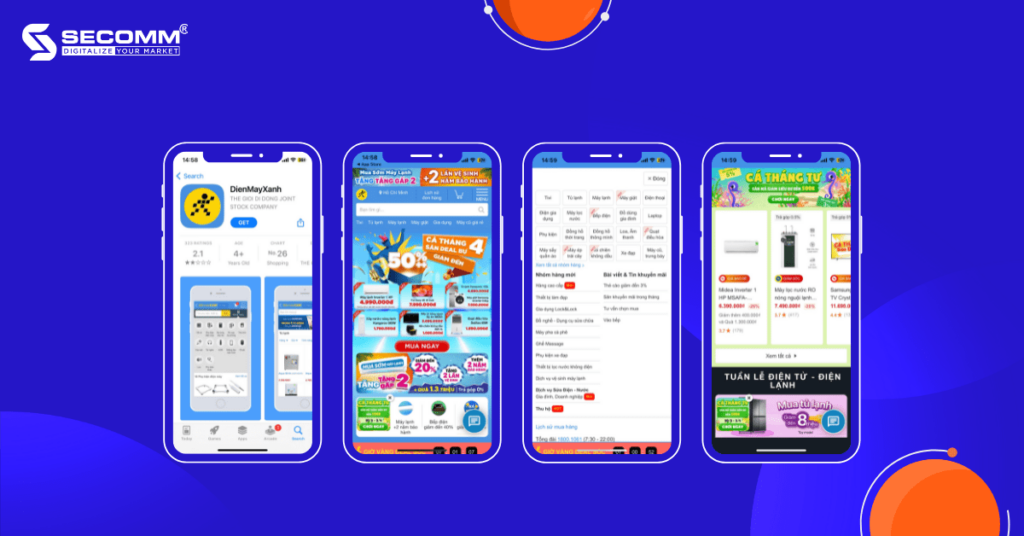
In addition to massive promotional programs on special occasions, Dien May Xanh also provides customers with discounted payment programs using various methods such as Buy Now Pay Later, QR Code, etc. All of these are carried out quickly and easily both on the website and the mobile app.
Download the app: Google Play | App Store
The Vietnamese mobile commerce market has witnessed the entrance of another famous cosmetics retail brand, LixiBox. Similar to Hasaki, LixiBox also continuously updates its app to enhance the shopping experience of customers.
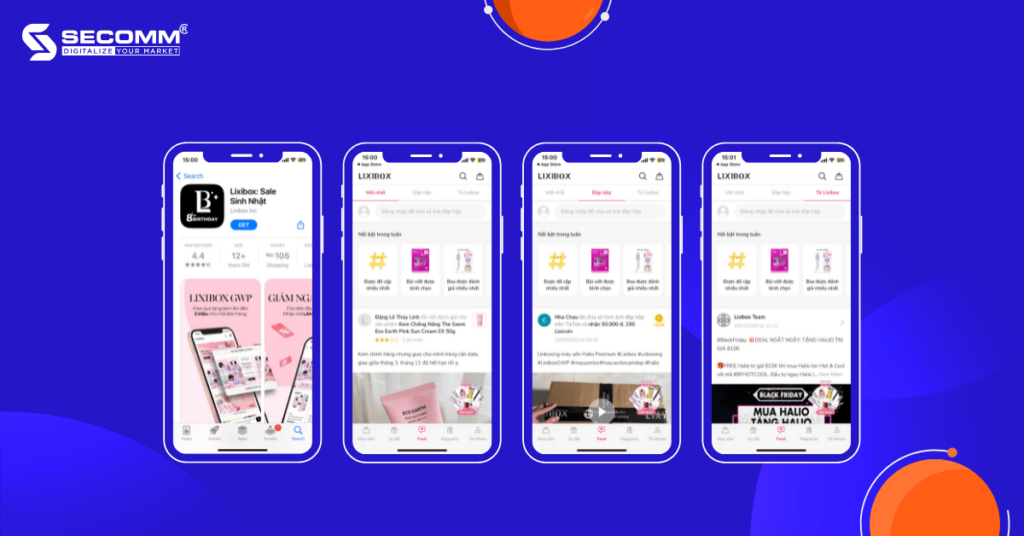
Moreover, the brand offers many special incentives to attract users such as a 20% discount for the first order placed on the app, a referral program where customers can receive 500,000 VND, a magazine section where users can update the latest beauty trends right on the app, and a LixiBox Feed section where customers can share their experiences on products and services.
Download the LixiBox app: Google Play | App Store
When the Long Chau mobile app was launched during the Covid epidemic, it quickly received support from customers everywhere because they could buy medicine and healthcare products online and have them delivered to their door, while also earning reward points for their next purchase. In addition, the app has a call and message feature that allows users to contact pharmacists online for free in-depth advice and support. Furthermore, Long Chau is the first pharmacy to pioneer the Buy Now Pay Later service with 0% interest, helping patients and customers find a new convenient way to make purchases.
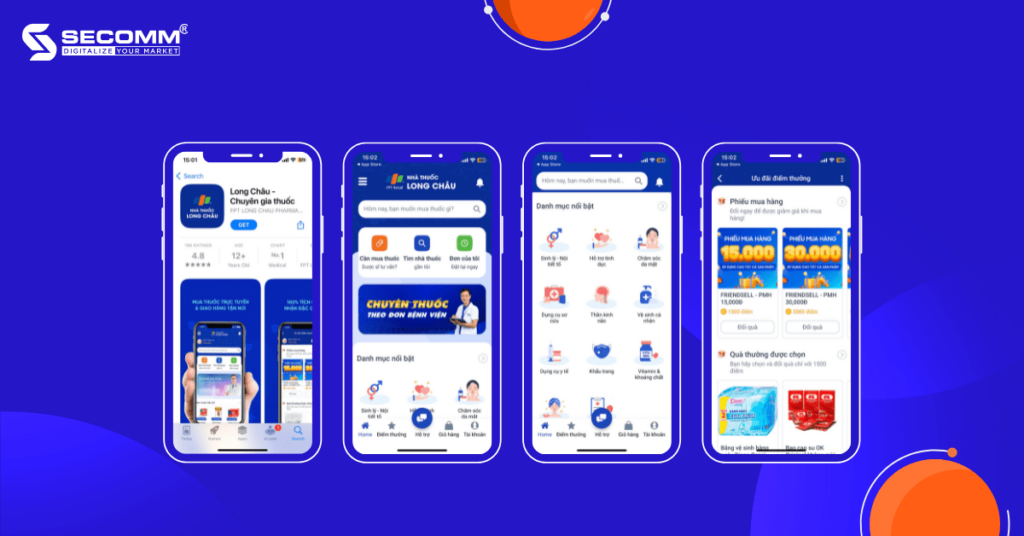
User experience is a particularly important factor that Long Chau focuses on, and the app regularly releases updates. These updates include optimizing the login function, improving the payment function, integrating payment via eWallet, synchronizing order status on the website and app, suggesting reordering, and more.
Download the Long Chau app: Google Play | App Store
Pharmacity is a mobile app developed by the convenient pharmacy chain – Pharmacity in 2018. Similar to Long Chau, the Pharmacity app was created to provide customers and patients with a convenient and fast shopping experience, along with online consultation services from a team of highly specialized pharmacists.
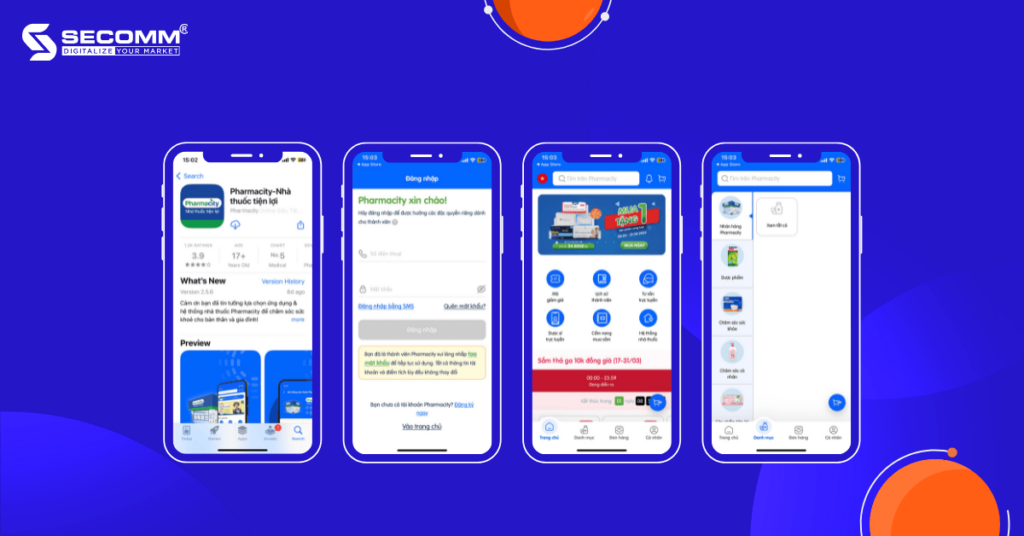
In its latest update, Pharmacity has improved and added some features, including a gift program for first-time users who download the app and sign up as members.
Download the Pharmacity app: Google Play | App Store
In 2021, the famous beverage brand The Coffee House officially launched its mobile app with the same name, aimed at providing customers with the experience of ordering drinks for delivery or picking up at the store, along with many reward point programs for attractive incentives.
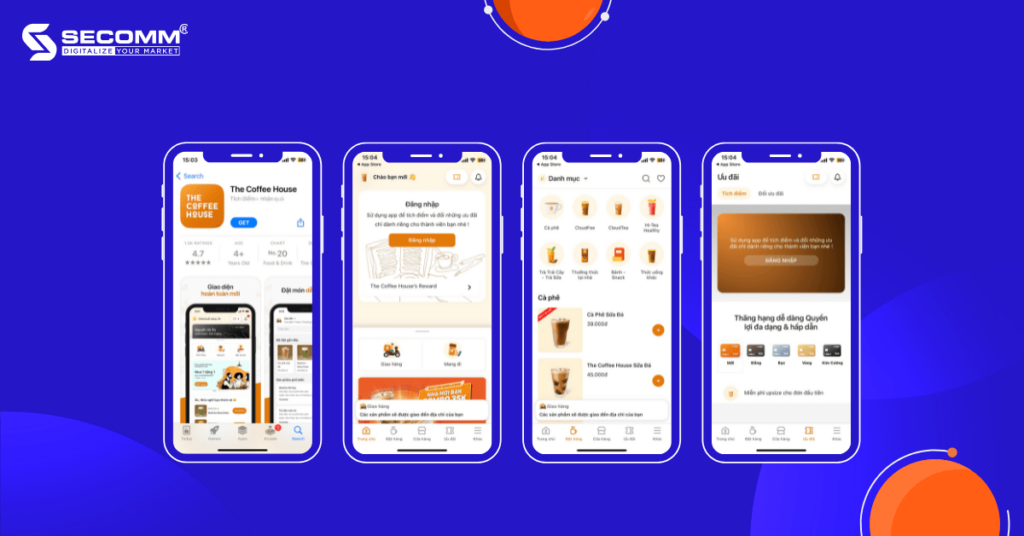
After two years of development, the new version of The Coffee House app features a completely new interface and many special features designed to enhance the customer experience both on the app and at physical stores.
Download the app: Google Play | App Store
Mobile eCommerce apps are one of the rising trends in mobile commerce. As a result, developing mobile shopping apps is the first smart move to achieve sustainable growth in the booming era of mobile commerce.
Contact SECOMM now for advice on how to implement and develop the best strategies to dominate the Mobile Commerce market.
 2
2
 6,990
6,990
 0
0
 1
1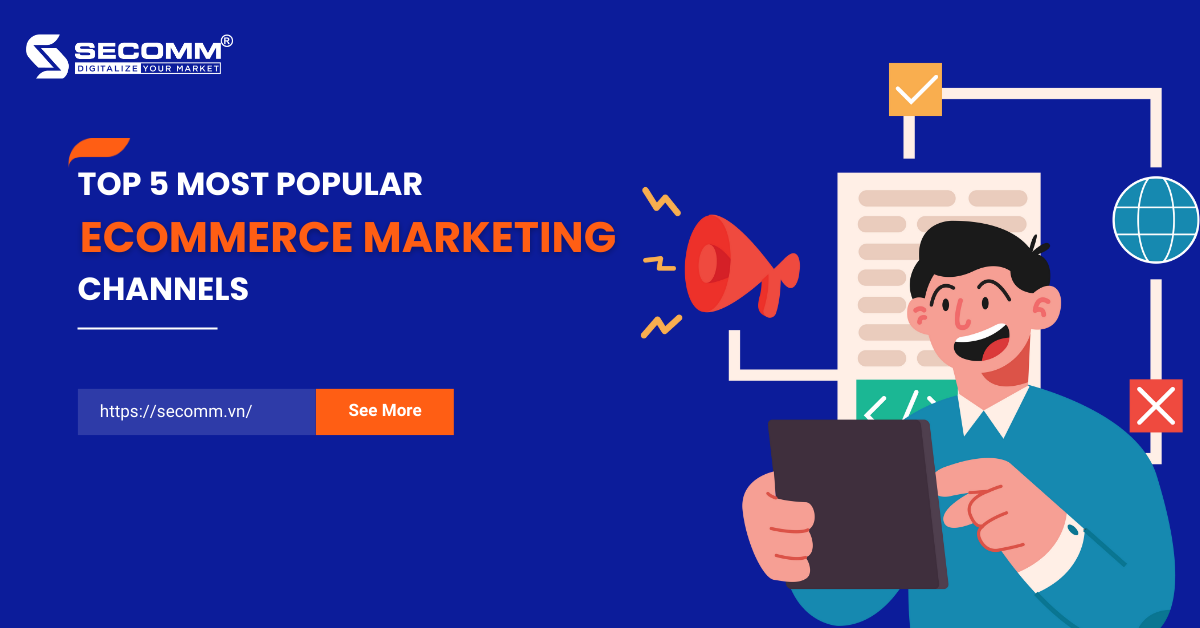
The global pandemic has created an unprecedented boost for the eCommerce industry, forcing business leaders to go for digital transformation whether they want to or not. However, there are still many businesses that are hesitant and encounter difficulties while embracing it.
In addition to selecting an eCommerce platform and building a website, they can leverage incredible marketing channels to develop an eCommerce marketing strategy.
eCommerce Marketing, also known as Electronic Commerce Marketing, is the practice of using various marketing channels such as social media marketing, content marketing, SEO, or email marketing to increase the efficiency of eCommerce operations. To be more specific, eCommerce Marketing does the following:
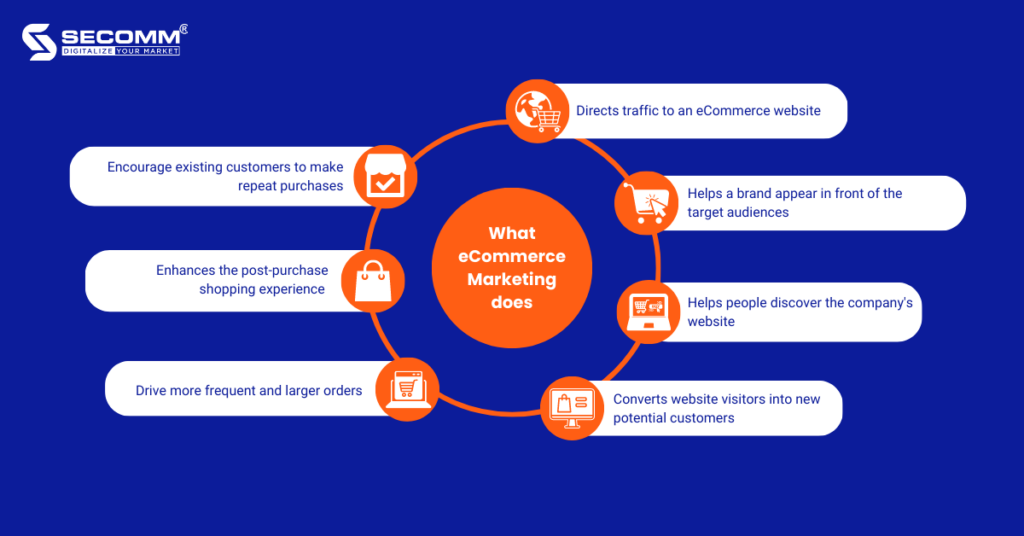
The purpose of eCommerce Marketing is to enhance brand awareness and boost sales. Therefore, if a business doesn’t have an eCommerce Marketing strategy, then it’s really hard for their eCommerce website to generate conversion despite the beautiful interface and well-built functional system.

Currently, most brands and content creators take advantage of the popularity of social media as the first step for connecting and serving their target audience with content that interests them. eCommerce businesses can do the same by using engaging content and images to grab the audience’s attention and direct traffic to their website.
In this case, the eCommerce website interface must have a high level of visual appeal, especially showcasing prominent products to create inspirational shopping. Moreover, businesses can implement social commerce to directly sell products on social media platforms like Facebook, Instagram, TikTok, and so forth.
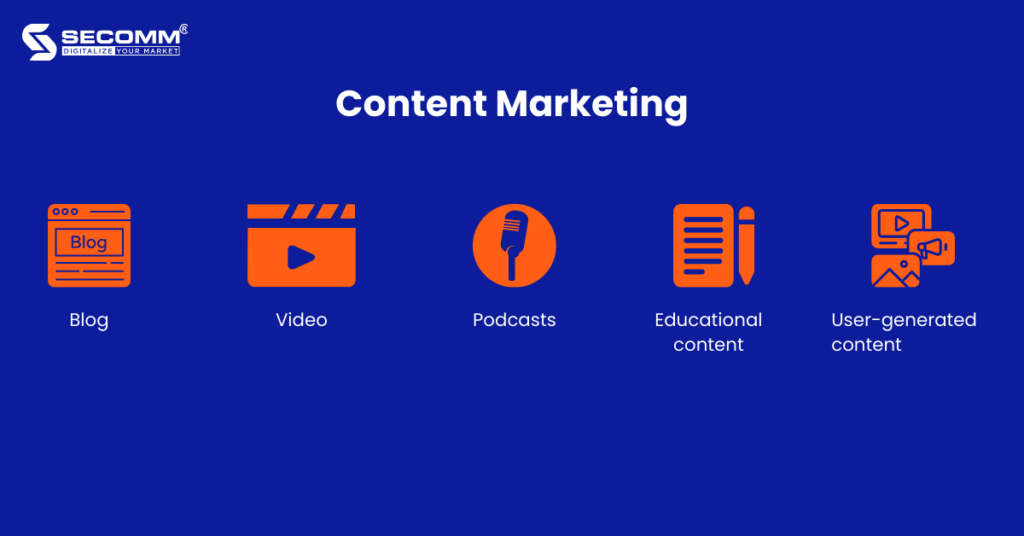
This is an effective marketing channel that brings long-term results for eCommerce businesses as well as a sustainable branding tool for their brands. Currently, various types of content are widely used, including
The goal of content marketing is to answer questions, provide information, promote the brand, suggest and guide customers in choosing products, and even entertain them. With optimized content, customers will quickly find out the website and the business can increase the conversion rate. Moreover, the business can leverage that content for the next eCommerce marketing campaigns.

SEM includes both Search Engine Optimization (SEO) and paid advertising. While SEO requires marketers to understand Google’s ranking algorithm to optimize their content to meet Google’s evaluation criteria, SEM relies on various campaigns such as pay-per-click (PPC) campaigns, display campaigns, or product advertising campaigns like Google Shopping Ads.
On Google, PPC campaigns ensure that potential customers will see the link leading to the brand’s website when they enter search terms that match the selected campaign keywords. That is the reason why eCommerce businesses frequently utilize Google Adwords and run PPC campaigns to advertise their product pages.
This way enhances the chances of searchers clicking on the link and making a purchase decision before leaving the eCommerce website, leading to a notable increase in conversion rates.

A reliable influencer can be a brand’s ‘best friend’. The introduction or endorsement of an influencer can help businesses quickly increase sales, optimize marketing ROI, and raise brand awareness. In addition, Influencer Marketing leverages the trust in an individual’s persuasive abilities and self-confidence to influence and encourage their followers to make purchasing decisions.
Influencer marketing is a highly effective eCommerce marketing channel in that eCommerce brands are more likely to continually find ways to collaborate with influential individuals to drive recognition and emotional shopping for specific products or services

This is one of the oldest categories of Digital Marketing. Today, in the eCommerce world, email marketing still plays a very special role that enables businesses to automate campaigns toward targeting subscribers from different segments or stages in the customer journey
However, businesses should be careful in selecting and categorizing the target groups in their email list, to send the right content to the right target audience. This way, businesses can maintain the trust of potential customers at a time when privacy and personal data security have become increasingly important to Internet users.
Therefore, they should be cautious in building their email list if email marketing is a part of their eCommerce marketing strategy.
With all things considered, if there is no eCommerce Marketing, eCommerce websites are virtually unknown. The only way for a website to gain brand recognition, attract more online customers, and generate consistent and regular revenue is to effectively implement target marketing activities.
With a wealth of experience successfully implementing eCommerce for many customers in various countries in recent years, SECOMM understands the difficulties and obstacles businesses face when undertaking tasks related to eCommerce marketing strategy.
Contact SECOMM today to receive free support and consultation.
 2
2
 4,765
4,765
 0
0
 1
1
According to the latest data compiled by Statista, as of January 2023, the number of global smartphone users is 6.92B people, increasing by 4.2% annually. In Vietnam alone, this number is around 69 million users, whereas, in the US, Pew Research Center estimates that about three-fourths of Americans own a smartphone. These data demonstrate that smartphones have become common devices, and the demand for owning and using smartphones is significantly increasing.
In addition, the Internet has long ceased to be a high-end infrastructure for countries. Therefore, people today tend to prioritize using mobile devices like smartphones to browse the web.
Typically, Brands tend to establish a strong presence in areas with a wide pool of potential customers, so the emergence of Mobile Commerce quickly gained acceptance and became one of the key business strategies of many enterprises.
Moreover, the appearance of the Covid-19 pandemic in 2020 became a great boost for eCommerce in general and Mobile Commerce, in particular, to explode strongly.
During that period, the smartphone became the shopping companion of users as 79% of users used their smartphones or other mobile devices to shop online, as reported by OuterBox. Despite the eventual end of the pandemic, the Mobile Commerce growth trend is projected to continue as mCommerce retail sales hit $415 billion in 2022, and are predicted to reach $710 billion by 2025.
Mobile Commerce or Mobile eCommerce, abbreviated as m-commerce or mCommerce, is also known as Thương Mại Di Động in Vietnamese. This term was first coined and used by Kevin Duffey at the Global Mobile Commerce Forum in 1997, which means “providing direct eCommerce capabilities to consumers, anywhere, through wireless technology”.
Simply put, it is a business model in which all online monetary transactions are conducted on mobile devices such as shopping, banking, eWallet transactions, ride-hailing, food delivery, hotel reservations, etc.
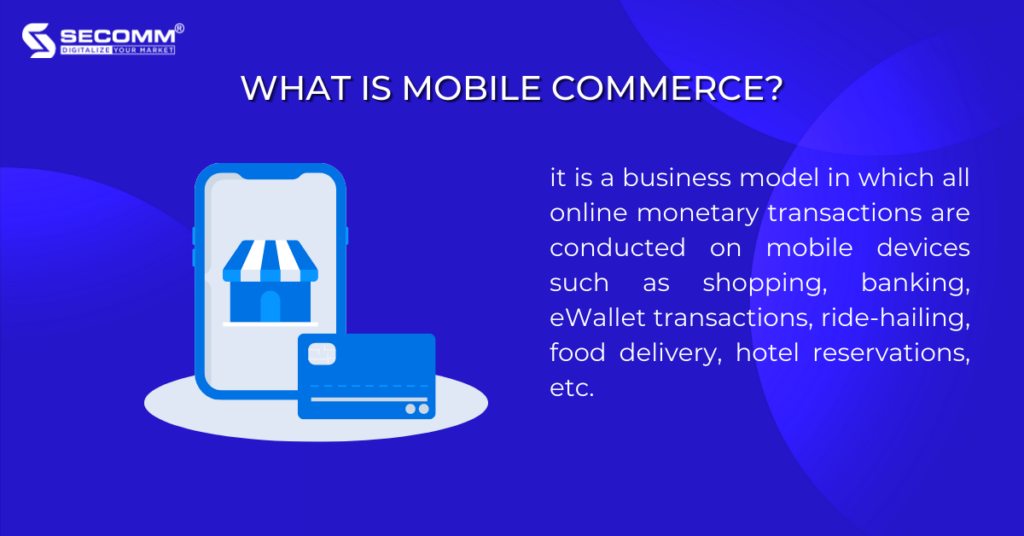
eCommerce or electronic commerce is a relatively broad concept that refers to the buying and selling of goods and services over the Internet. Meanwhile, Mobile Commerce is a branch of eCommerce or the mobile version of eCommerce, specifically referring to electronic commerce transactions carried out on mobile devices.
Furthermore, the eCommerce shopping experience depends heavily on desktops and websites, making it less mobile-friendly and inconvenient for customers. On the other hand, with Mobile Commerce, customers can easily bring their devices with them anywhere, allowing businesses to provide personalized shopping experiences that help customers make quick purchasing decisions.
Thanks to the popularity of smartphones in every consumer’s life, related trends are on the rise such as mobile shopping, mobile payment, and social commerce.
Mobile shopping apps are becoming more and more popular and are the most prominent trend in mobile commerce. Many retail brands across various industries are investing in building and developing their own eCommerce apps such as the fashion industry, the cosmetic industry, and so forth. This not only helps businesses increase their conversion rates and sales but also makes the shopping experience easier and more convenient for customers, as they will be able to search for products and complete purchases right on the app.

In addition, the outbreak of the Covid pandemic and the establishment of social distancing measures in 2020 marked the beginning of the boom of shopping apps. As stated by the Mobile Shopping Report 2021, global usage of shopping apps increased by 40% in Q1 2021.
In the effort to develop sustainably amidst the pandemic crisis, the SHEIN app with nearly 15.5 million global users played a significant role in contributing to the company revenue of $9.81 billion in 2020.
As of 2021, SHEIN’s mobile app reached 43.7 million users and became the second most downloaded app in the world after Shopee. In 2022, SHEIN’s user base grew to 74.7 million and officially became the most downloaded mobile app globally in the shopping category with over 229 million downloads and installations from the App Store and Google Play
The usefulness of smartphones not only lies in online shopping but also makes transactions and payments more convenient and easy during the peak period of the pandemic. In addition to Mobile Banking applications, users have a special preference for mobile wallet or eWallet applications.
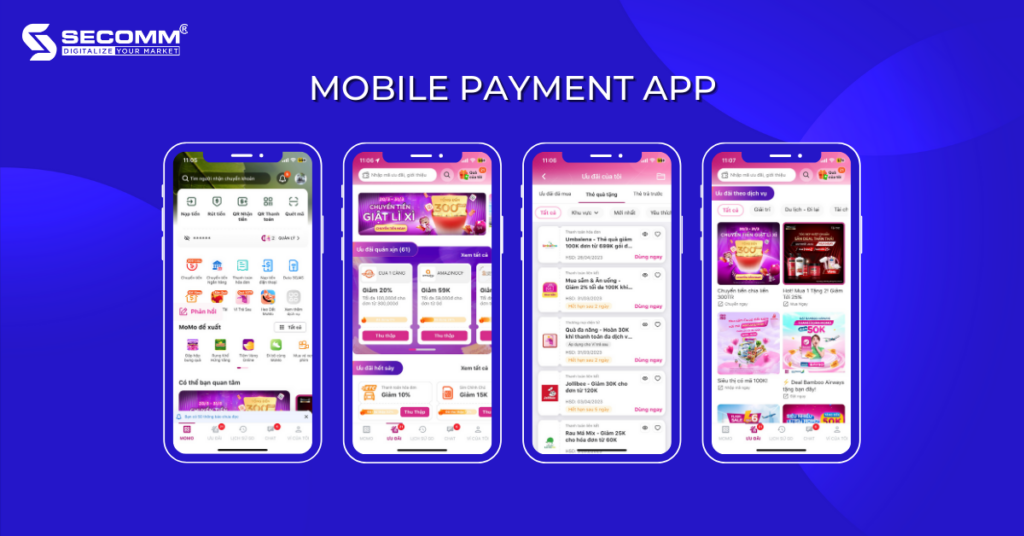
In the Vietnamese market, when it comes to eWallets, people immediately think of MoMo. However, MoMo is not only known as a typical eWallet but also an incredible super application.
To date, MoMo has built a platform that provides about 400 different types of services in many fields such as consumer finance, insurance, money transfer, payment, entertainment, shopping, dining services, and charity donations, etc. The number of MoMo users has increased significantly in recent years, from 10 million users in 2019 to about 31 million users in 2022, and the company’s next target is at least 50 million users.
In addition to making their mobile shopping apps, selling on social media platforms is also one of the widely applied strategies. The popularity and large user base of social media are a solid foundation for the development of Social Commerce and a playground for merchants of all sizes. Social Commerce is a form of online selling through social media platforms like Instagram, Facebook, and TikTok.
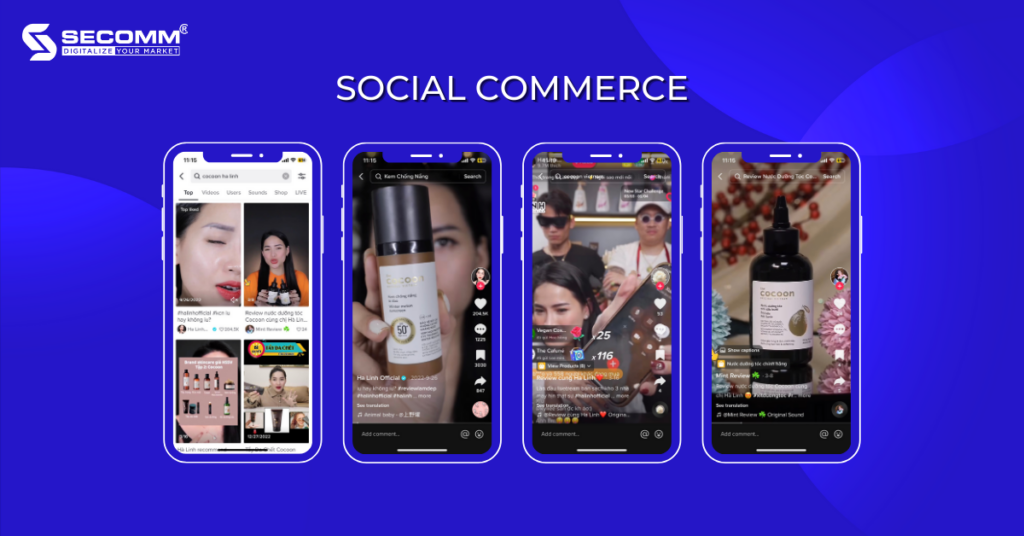
Selling on social media will help brands reach the existing large user base and utilize influencers for their marketing campaigns.
For example, the vegan cosmetics brand Cocoon does this through TikTok Shop. Cocoon is known for its environmentally friendly and animal-testing-free products, and they opened a store on TikTok and collaborated with famous beauty vlogger Ha Linh, which brought them a lot of success. It not only boosted their sales but also reached nature-loving, animal-loving, and young customers on TikTok.
As mentioned, the global number of smartphone users is estimated to reach around 6.9 billion by 2023, which is a driving force for the development of Mobile Commerce. Anyone who owns a smartphone has the potential to become a customer. As a result, implementing Mobile Commerce will help businesses reach this enormous user base, nurture and generate conversions.
In addition, with the mobility of Mobile Commerce, smartphone users with internet access can shop anytime, anywhere, even on the go without being dependent on a fixed location. Especially when visiting a store to shop, instead of paying in cash or by card, customers can now pay through eWallets such as MoMo or VNPay, etc.
Currently, businesses are very focused on personalized customer experience, which is particularly important in the Mobile Commerce world. A smartphone is a personal item that each person carries out personal activities throughout the day. Moreover, in the online shopping trend, customers highly value brands that provide them with a personalized experience because it demonstrates the brand’s concern for its customers. As a result, the more businesses focus on details and personalization in their messages and promotional programs, the better.
For Mobile Commerce, push notifications are an effective solution. Mobile Commerce apps help businesses track and collect user data including personal information, social media accounts, interests, current location, purchase history, viewed products, etc. After that, they can combine and analyze the data to send appropriate messages to the right target audience through push notifications.
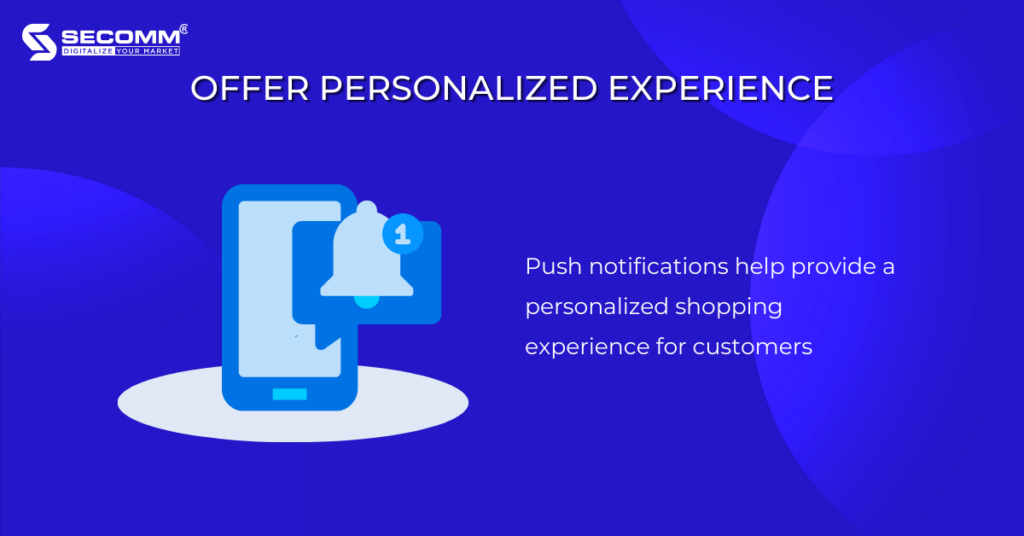
Recent studies have shown the effectiveness of push notifications in connecting with customers and notifying them about new products and special incentives.
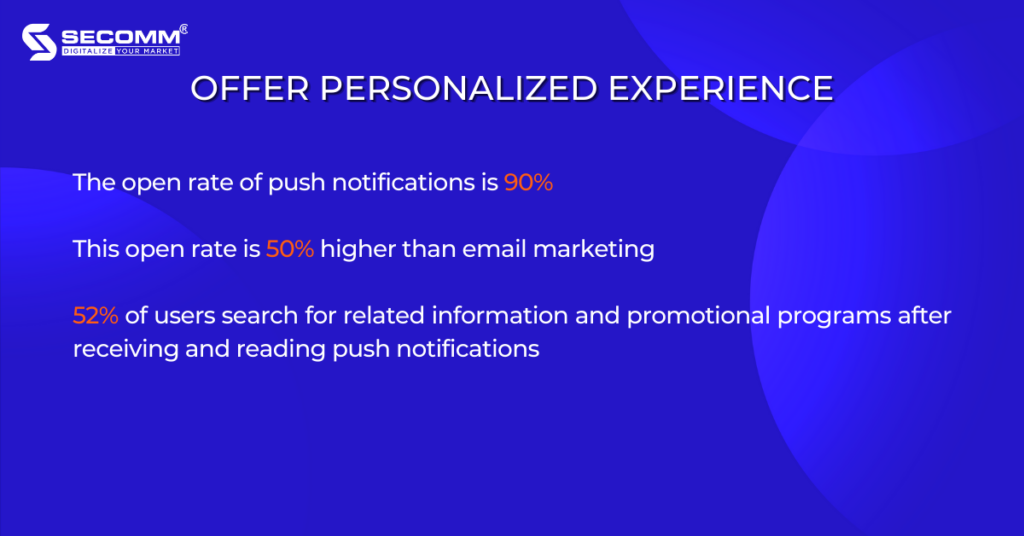
Push notifications are one of the strategies implemented to provide personalized shopping experiences and bring satisfaction to customers. The more satisfied customers are with their shopping experiences, the higher the likelihood that businesses will increase customer retention rates and maintain their loyalty.
The demand for a personalized shopping experience is increasing among customers, as well as the need for a consistent shopping experience across multiple channels, from online to offline stores. According to a study by MasterCard, customers who have a multi-channel shopping experience with a specific retailer tend to spend 250% more than the average. The fashion brand Macy’s has stated that the value of multi-channel shoppers is 8 times higher than that of those who only shop on a single channel.
Moreover, smartphone users tend to use their devices while shopping in offline stores for various purposes, as Retail Dive‘s survey has listed in detail:
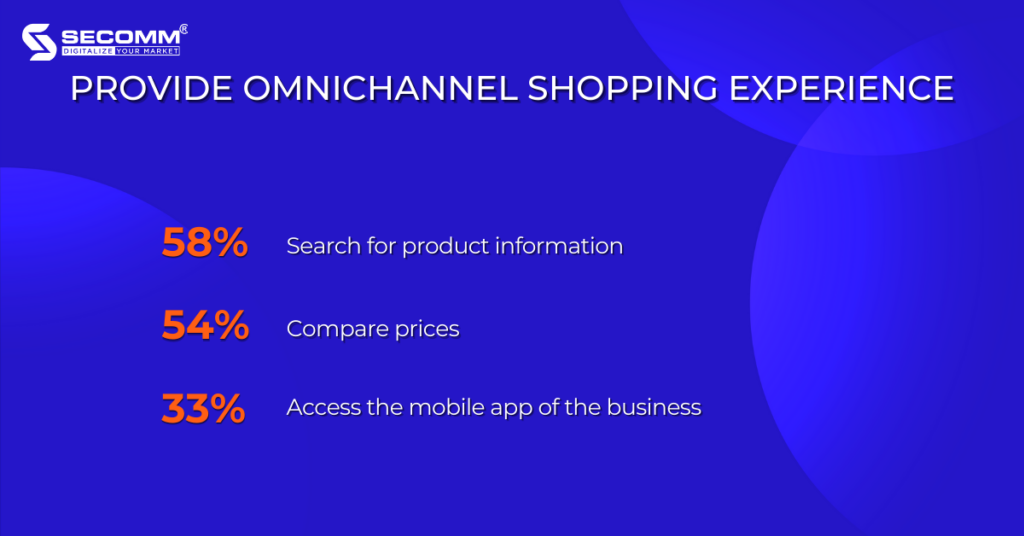
Therefore, by implementing Mobile Commerce, businesses can provide customers with a multi-channel shopping experience.
Mobile Commerce is exploding thanks to the boost from the Covid pandemic. Even though the pandemic has passed, the impact of Mobile Commerce on the development of eCommerce businesses is still significant. If businesses plan to approach Mobile Commerce in 2023, it is a wise decision.
Contact SECOMM today to learn more about Mobile Commerce and the best solutions to get started.
 2
2
 4,807
4,807
 3
3
 1
1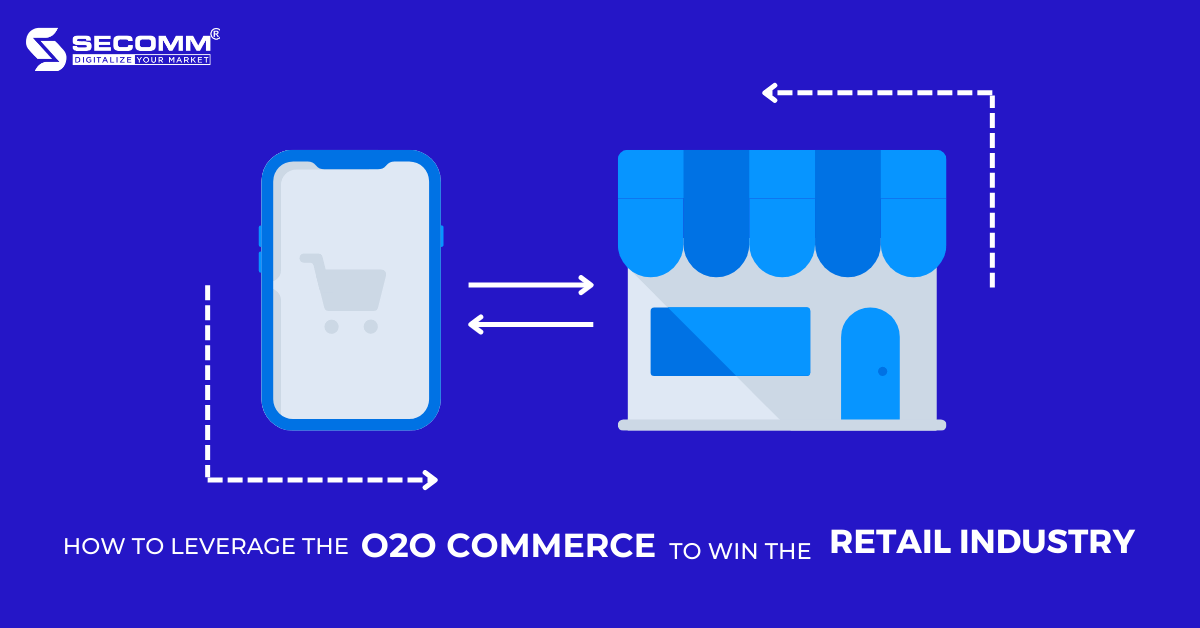
Retails has miraculously recovered from the global pandemic and is expected to make a breakthrough in the years ahead. One of the ways to embrace eCommerce is the O2O model, which combines online and offline operations.
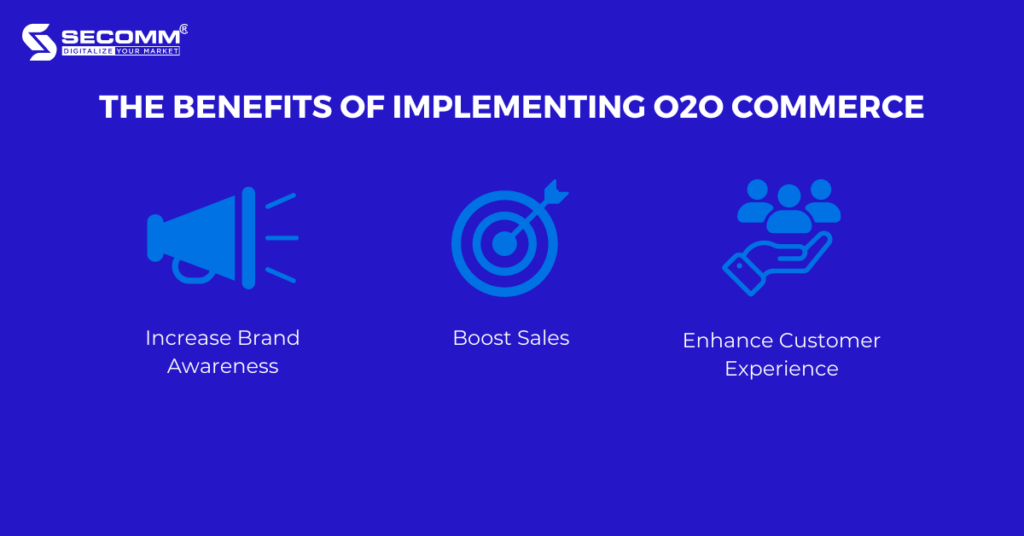
One of the big challenges of physical stores is how to raise brand awareness among potential customers who are far from the store location. Using online-to-offline marketing strategies can increase the public’s awareness of a business’s brand. That way, businesses will be able to reach an influx of customers and boost their awareness of the brand and its products which then lead to higher sales volume and massive revenue.
Despite the rapid development of eCommerce, brick-and-mortar stores still maintain stable sales because many customers still prioritize visiting stores to shop. A recent study indicates 46% of responders said they preferred shopping at a brick-and-mortar store because they want to touch, feel and try the products physically before making purchases. Another interesting fact is customers are likely to spend more money while in the store.
For example, a man comes to a bookstore to buy a notebook, then he looks around and decides to buy some more pens. In case he buys the notebook online, he may only buy it. Thus, the O2O Commerce model is a good choice as businesses can not only use online channels to raise brand awareness but also overcome the limitations of offline channels to earn massive revenue.
The incredible combination of online and offline channels makes the customer shopping experience more seamless and interesting. Online platforms enable consumers to contact brands easily and immediately. When they want to ask for a product’s details, they can send a message through Facebook Messenger or a chatbot on an eCommerce website and the supporting team will answer their questions instantly.
Based on the customer’s data, businesses can offer product recommendations via online channels or the next time customers visit physical stores. In another case, if businesses run ad campaigns, they can notify their customers via online channels, which will help them to reach a larger audience with their online ad campaigns instead of just informing customers when they walk into the store.
BOPIS is not a brand-new way to shop but has been around for a while. Merchants that provide this service can attract online shoppers to visit their brick-and-mortar stores. This way, customers will browse the eCommerce website to search for products, buy them and get notifications when the products are ready to pick up in the physical store. It’s convenient for customers to select a specific time to come to check and get their orders at the store. Merchants gain benefits too with amazing cross-sell and up-sell opportunities.
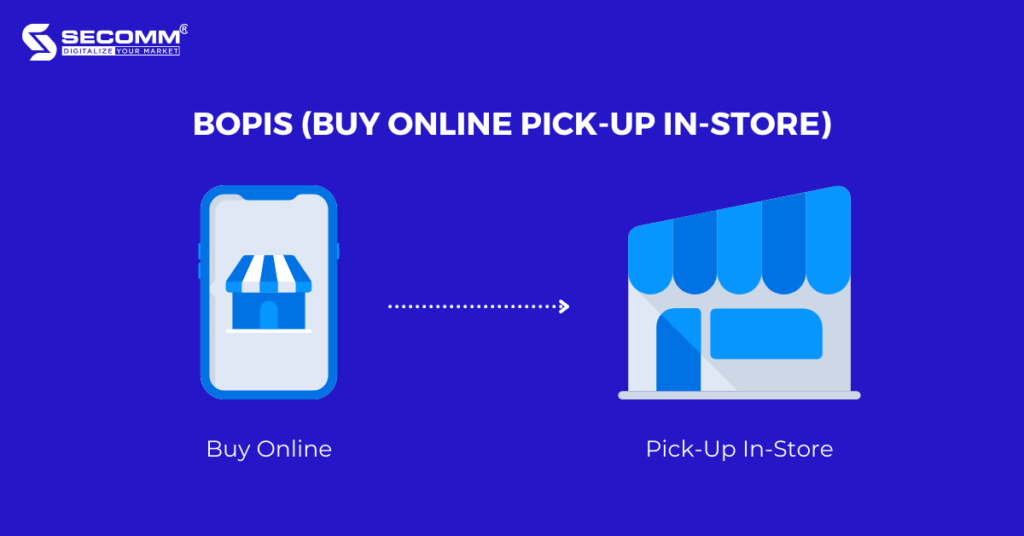
Although BOPIS is great, it may not be every customer’s choice as not everyone likes to go to the store to pick up the products, instead people prefer home delivery rather than the in-store pick-up option. Sometimes, shopping at the store also causes many inconveniences, for example, finding a parking lot to go to the store in a densely populated area, picking up the goods, and returning to the car, seems time-consuming and annoying for busy people.
To solve this problem, merchants can self-deliver if the store location is close enough and convenient for the delivery process to be fast and efficient. Otherwise, collaborating with delivery companies like Giao Hang Nhanh, Giao Hang Tiet Kiem, and so forth, is a good choice when the business resources need to be increased.
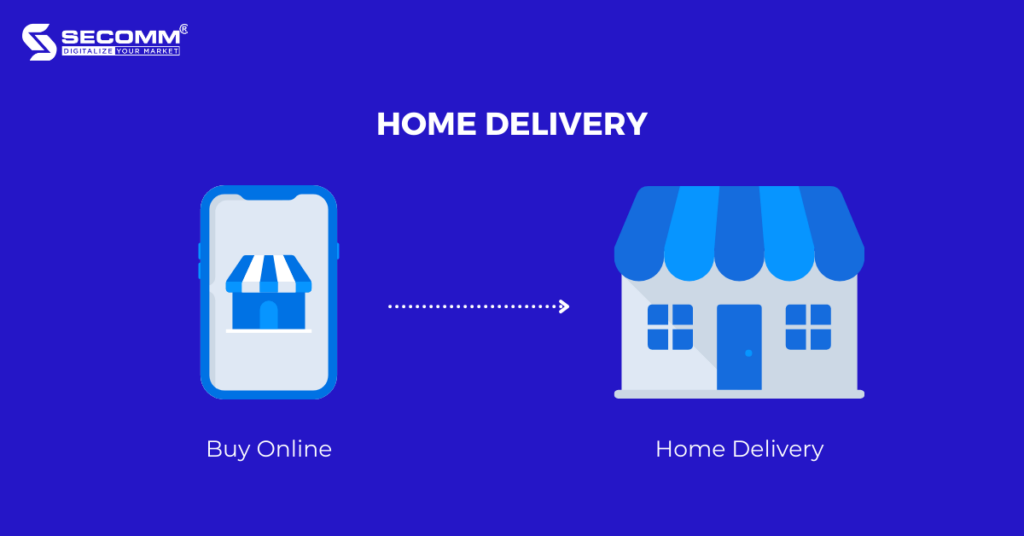
Suppose a customer bought a product online but when receiving it, he realized it didn’t fit his demand. There was a store nearby, so he decided to return the product he bought there. But when he arrived, the staff there didn’t accept his return request because they had no clues of that purchase in the store’s system.
Therefore, he had to return his order to the carrier and wait a long time before receiving his refund. That will make consumers wonder whether they should keep shopping with that merchant next time. Thus, in-store return has become a fantastic offerable solution for customers to avoid the hassle of returning goods. This method simplifies the return process for shoppers and merchants because returns and refunds are processed simultaneously, which means better customer service and a much faster return to stock.
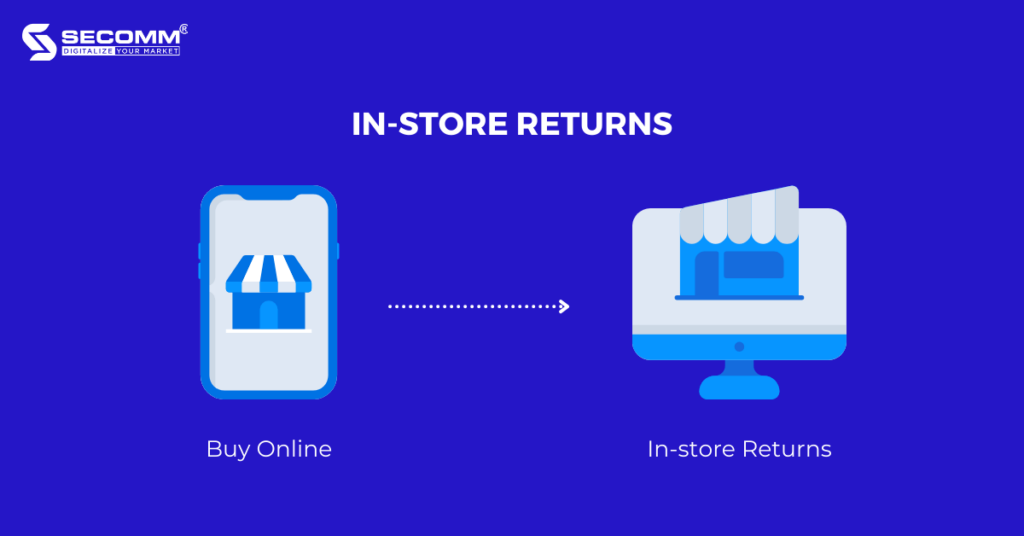
Loyalty Program is another great way to encourage customers to engage with the O2O shopping experience.
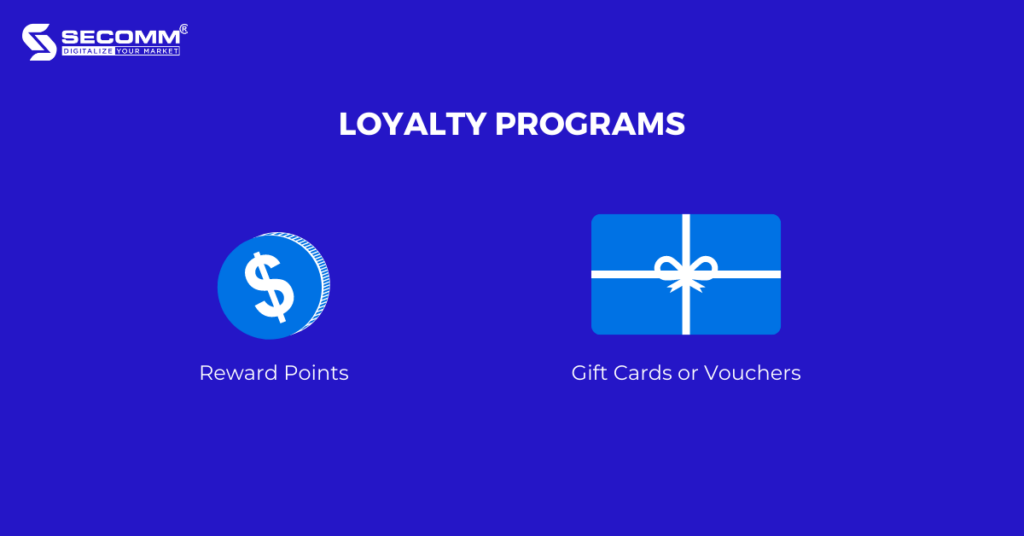
This is one of the popular types of loyalty programs. Every business can assign points to any items or user activities. While purchasing or joining any engaging program, customers will easily earn points afterward for later exchanging gift cards, vouchers, and even actual money which then encourages them to go back to spend more in order to get benefits from the gifts. As a result, reward points will boost sales and increase brand loyalty.
Gift cards can be used not just as gifting options but also as a powerful tool to get customers to spend in their outlet. Customers can use gift cards immediately or save for later purchases, or even give it to relatives and friends. As a result, relatives and friends are likely to become potential customers of the brand soon.

The first thing to do is identify the main objectives. If businesses haven’t built their online presence, they should do it immediately due to the rise of online shopping. If businesses already have their online presence (eCommerce website, mobile app, marketplace), it’s important to adjust their O2O Commerce strategy to increase sales online, offline, or both. They should also consider using some measurable metrics to ensure these objectives are appropriate and achievable.
Next is working with a team to raise ideas for the O2O Commerce strategy. Here are a few suggestions:
Then use these data to decide which strategies to try.
Once deciding on strategies to deploy O2O Commerce, businesses will use collected data to measure the success of those strategies and make the next business decisions. Looking back on the initial objectives when evaluating and adjusting the O2O marketing and business strategy, then considering the additional objectives if the original ones have been achieved.
Founded in 2014, SECOMM is specialized in providing O2O Commerce solutions. Over the years, SECOMM owns a massive fortune of O2O commercial projects with major domestic and international customers such as, Annam Gourmet, Trentham Estate, etc.
In particular, SECOMM provides a variety of services to support businesses to improve their competitiveness and dominate the retail market in the digital age including Solution Consulting, Core-team Building, and O2O System Development, including:
Business System
Administration System
Customer Experience Management System
Data system
Want to learn more about O2O Commerce as well as the best solutions to win the retail industry? Contact SECOMM now for a free consultation.
 2
2
 3,653
3,653
 0
0
 1
1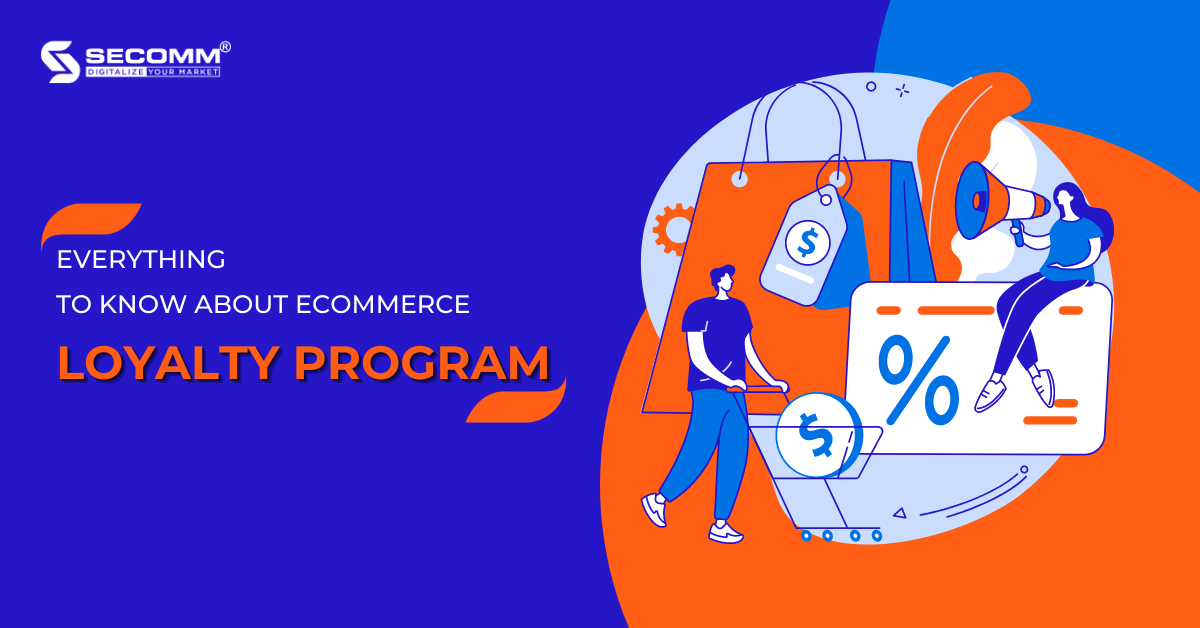
In the world of eCommerce, customer loyalty plays an important role in the success of businesses amidst fierce competition. There are many ways to build and maintain customer loyalty, but one of the most prominent is to enhance the customer experience through loyalty programs.
Sometimes businesses focus too much on finding new customers and forget the value of their existing customers. The following statistics show how valuable it is to maintain customer loyalty:
Existing customers are the best customers and the most valuable asset of an eCommerce business. These customers contribute greatly to the business profit and help businesses save time and money to acquire new customers.
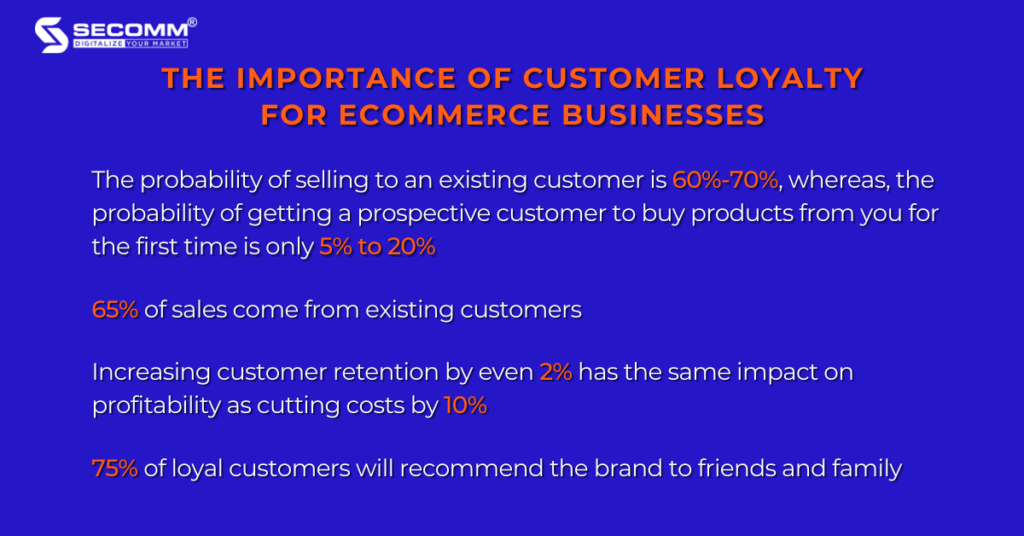
89% of eCommerce businesses around the world agree that the customer shopping experience affects customer retention. A high customer retention rate indicates that customers are happy and satisfied which leads to increased loyalty and repeated purchases.
Retaining customers plays an important role in eCommerce businesses because the cost of attracting new customers is five times higher than maintaining existing ones. Moreover, increasing customer retention by even 5% can increase business profits by up to 95%. This is because satisfied customers are likely to refer the brand to others.
Therefore, businesses need to focus their time, money, and energy on enriching the customer experience, persuading them to come back to shop more often, and recommending the brand to friends and family.
Among the various strategies for maintaining customer loyalty, Loyalty Program is one of the most effective factors for eCommerce success.
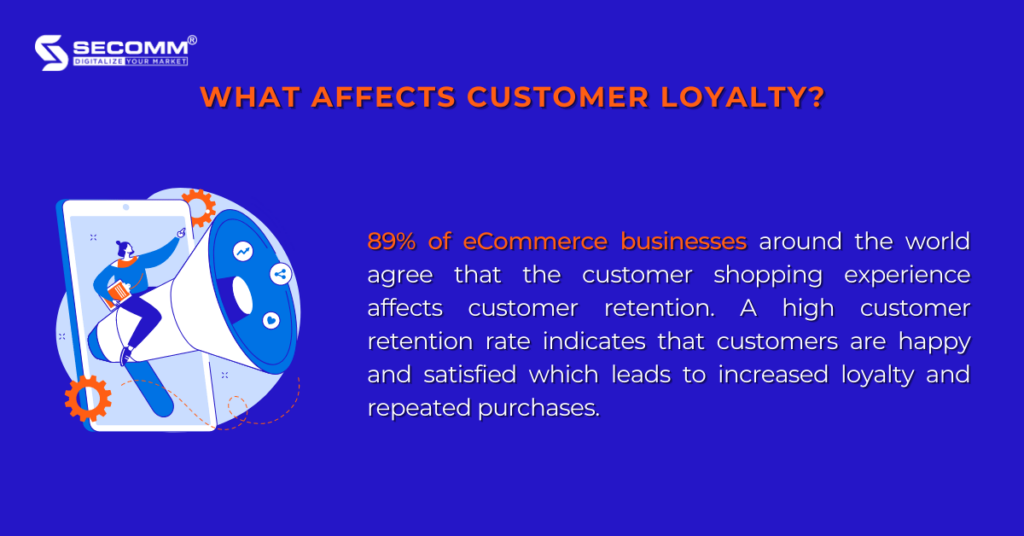
A loyalty program is a marketing strategy designed to encourage customers to continue to shop at or use the service of a business associated with the program. Simply put, eCommerce businesses build loyalty programs to reward customers for their purchases and engagement for a long time.
The reward can be any free product, discount code, or special offer to represent the appreciation of the business for its customers, who tend to spend more because of the benefits they receive when participating in loyalty programs.
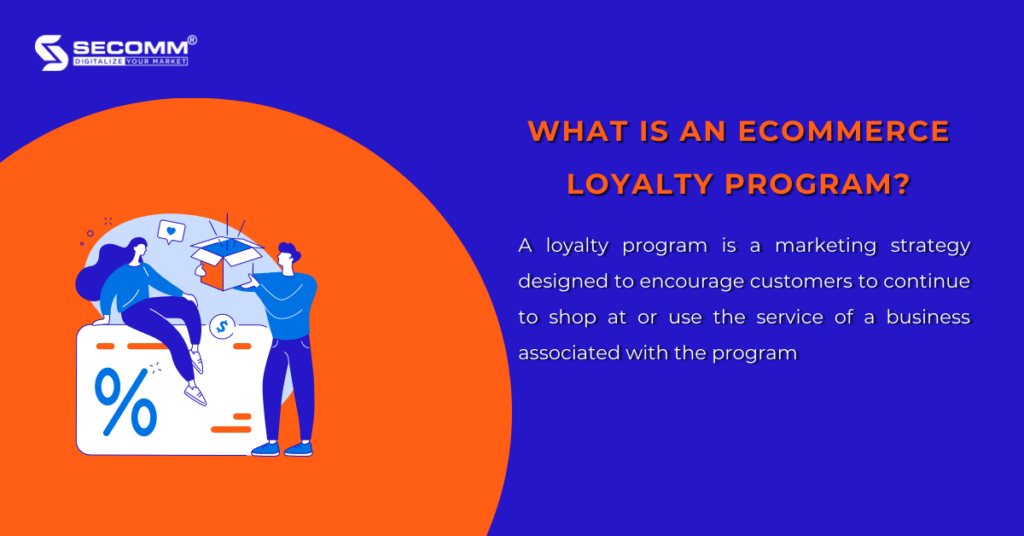
According to Yotpo, nearly 68% of customers said they would be willing to join the loyalty program and special incentives motivates them to buy more products.
Loyalty programs not only enrich the shopping experience and keep customers engaged with the brand but also from a business perspective, the benefits they bring to eCommerce businesses exceed the initial expectation.
The development of eCommerce helps customers shop more conveniently. That means their expectations for the shopping experience are higher. Today’s customers make their purchasing decisions not only based on price but also other factors such as service experience or emotional connection with the brand, etc.
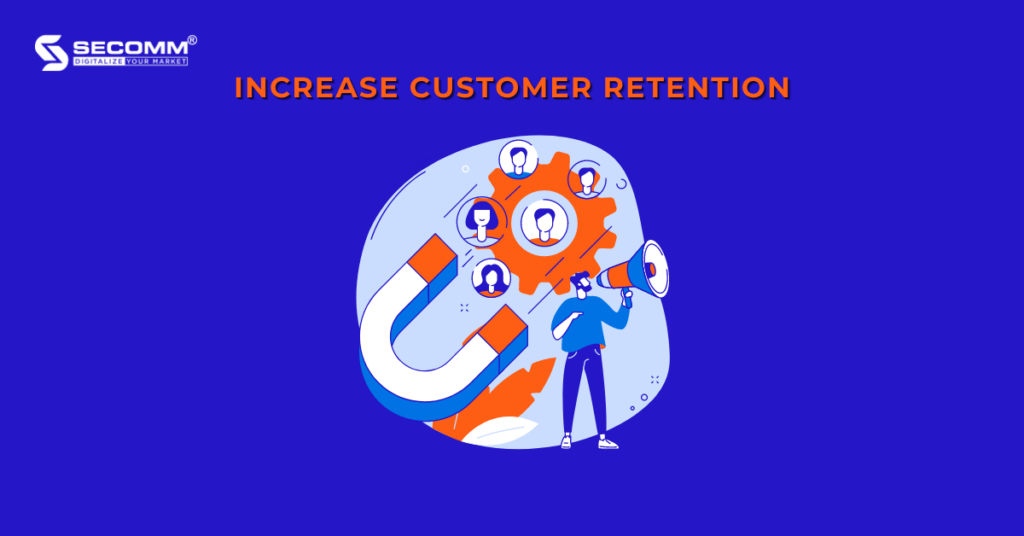
According to HuffPost, 66% of customers tend to switch brands for shopping if the service is not good enough. Loyalty programs help enhance the shopping experience. The more shopping satisfaction, the more customer retention and loyalty.
Customer Lifetime Value or CLV is a key metric that indicates the total revenue an eCommerce business can reasonably expect from a single customer account throughout the business relationship. Most business owners will always find ways to increase the CLV index in order to maximize their profit.
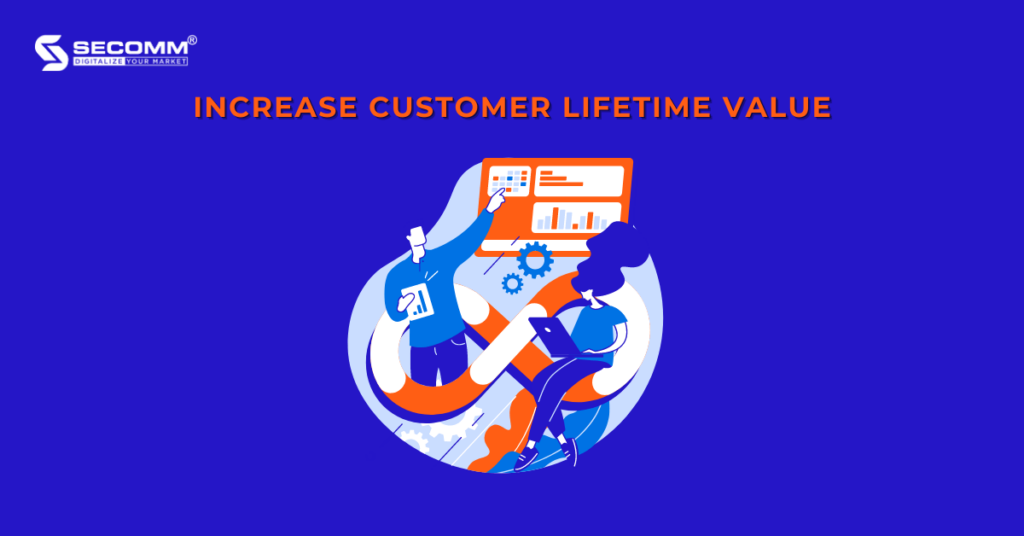
According to Harvard Business Review, the cost of acquiring a new customer is more expensive, ranging from 5 to 25 times, compared to retaining an existing customer. As a result, high lifetime value customers become priceless assets for a business, as their purchases will not require acquisition costs. In other words, a business doesn’t have to incur acquisition costs for loyal customers.
On the other hand, the business has to spend acquisition costs to convince potential customers to buy its products. Thus, even if a new customer spends the same amount on a product as an existing customer, it may not bring in equivalent profits because of acquisition costs.
In most cases, existing customers are also the most incredible advocates. When customers are satisfied with the shopping experience, they are more likely to share it with their family, friends, or colleagues, and the business will gain more potential customers naturally.
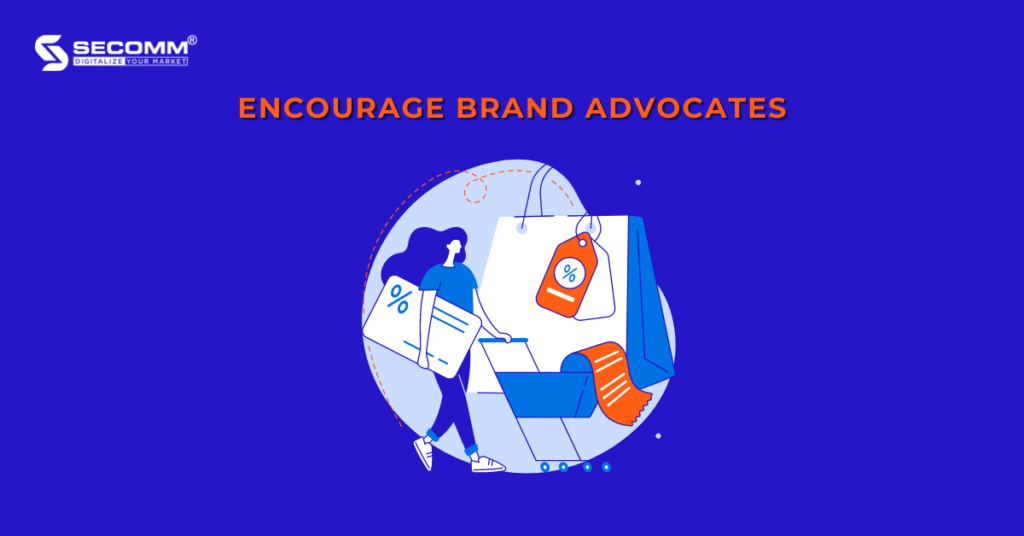
Compared to brand messages, recommendations from existing customers are even more effective. According to Nielsen, 77% of consumers trust recommendations from people they know more than any other source. As a result, before making a purchase, they will seek advice from people they trust. Plus, 64% of marketing experts believe that word-of-mouth marketing is one of the most effective forms of marketing.
With the development of the Internet and social media platforms, recommendations from existing customers come in various ways, including posts, comments on social media or review videos, etc. This helps reduce acquisition costs so that every eCommerce business needs to focus on enhancing their existing customer shopping experience and new customers will end up rolling in for free.
This is one of the most popular eCommerce loyalty programs since it is easy to set up and manage. By joining this type of program, customers can earn reward points after each purchase. They can then redeem their accumulated points for rewards such as gifts, discount codes, and other special offers. They also can earn reward points in many other ways besides making purchases, such as sharing product pages on social media, writing product reviews, completing surveys, filling out personal profiles, and so forth.
Although this type of program is relatively simple to implement, businesses still need to ensure that the points customers earn have enough value to encourage them to continue shopping. Plus, the time it takes to redeem points for rewards should be short enough because if customers have to wait for several months or even years to redeem points for a valuable reward, the attractiveness of the points-based program will decrease.
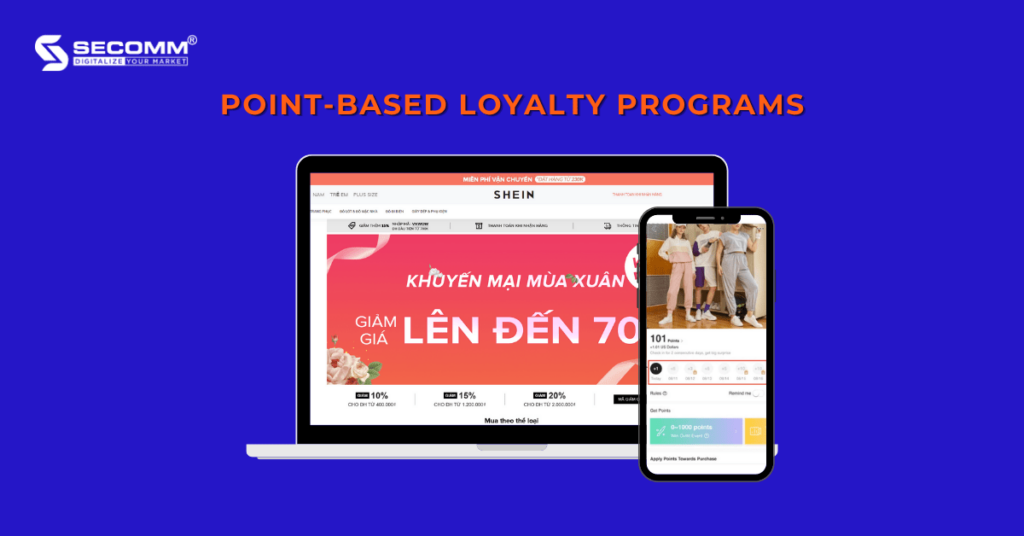
SHEIN, a popular fashion brand founded in 2008, has created a great SHEIN Bonus Point Program reward system on its mobile app. This program allows customers to earn points by registering an account, making purchases, reviewing products, and participating in special online events held by the brand.
Each activity equals a specific reward point. Then, customers can use their reward points to receive discounts ranging from 15% to 25%, and even up to 70% for their next purchase. Additionally, reward points can also be used to exchange vouchers or other special offers when customers participate in SHEIN events or play games on the mobile app.
Another popular loyalty program is the tiered-based one. It encourages customers to strive to move up higher tiers to receive more valuable benefits and rewards. The more customers spend on shopping, the more benefits they receive.
This program helps to foster customer loyalty to the brand. To maintain or move up in rank, customers have invested a lot of time and money, and they will not easily give up the huge benefits they are receiving to participate in another brand’s loyalty program.
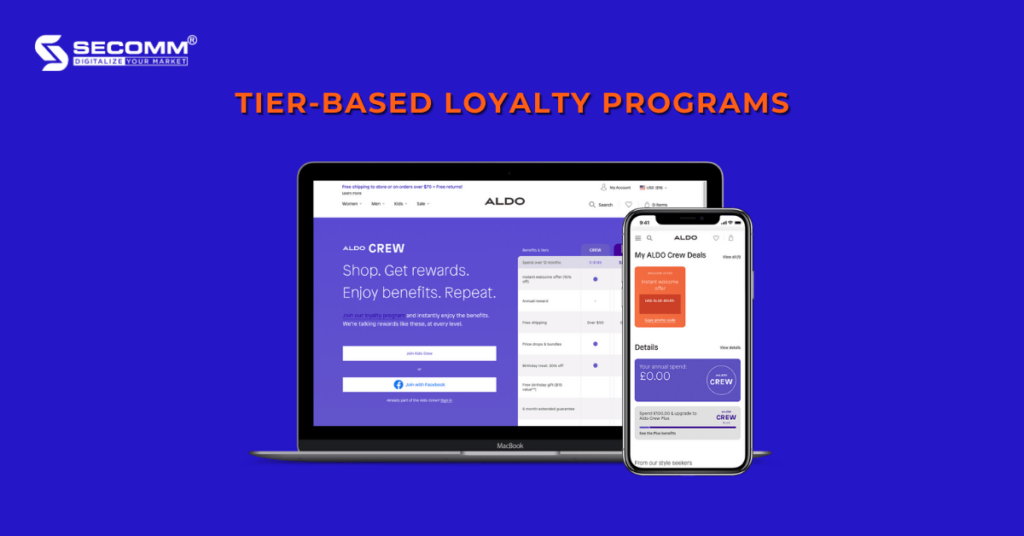
The famous shoe brand Aldo, with over 1,000 stores in 65 countries, focused on 3 main markets – the US, the UK, and Canada – when building their loyalty program. Known as Aldo Crew, the program offers customers three levels of membership: Crew, Plus, and VIP. All customers are initially enrolled as Crew level members. To advance to the Plus or VIP levels, customers must spend between $150-299/month for the Plus level and over $300/month for the VIP level. Depending on the level, each customer receives corresponding rewards, and VIP-level customers receive all the special perks offered by the Aldo Crew program.
eCommerce loyalty programs are very attractive because, from the customer’s perspective, they get benefits for free. However, in reality, customers have to make a purchase or perform a specific action to earn those “free” benefits.
Many world-renowned brands have created incentive programs based on subscriptions to provide incredible services and charge customers for participation. Amazon Prime, eBay Plus, and Walmart+ are some examples.

To participate and receive truly valuable benefits, customers are required to pay a fee. Since customers have to pay a fee, their commitment to engaging with the brand is also higher than in other loyalty programs. Also, because businesses charge customers when they register as members, this loyalty program type usually has a trial period for businesses to convince customers that the benefits they receive are worth the money they spend.
In 2020, the famous American retail chain Walmart launched a subscription-based loyalty program called Walmart+. The program is integrated into the Walmart app and offers many special benefits to customers both in-store and online, including:
To join the program and enjoy these benefits, customers have to sign up and pay a specific membership fee of $12.95/month or $98/year. Customers can try the program for 30 days before committing to a membership.
The loyalty program strategy plays an important role in customer experience which leads to their loyalty to the brand. The success of SHEIN, Aldo, and Walmart has become an inspiration for other eCommerce businesses to jump into the game.
To learn more and develop the best loyalty program strategy, contact SECOMM now for a free consultation.
 2
2
 4,861
4,861
 0
0
 1
1
Along with the development of technologies, social platforms like Facebook, Instagram, and Twitter have been around to satisfy the demand for online interaction for over two decades. However, the change in consumer behavior makes TikTok the new favorite.
By the end of 2022, TikTok was reported to reach 1B users globally, becoming the fastest-growing social platform ever. Having a large user base amid the rise of online shopping is an advantage, which contributes to TikTok’s ongoing transition into a Social Commerce platform.
Recently, the social media platform has added a new buying and selling feature called TikTok Shop. It is a new solution for businesses of all sizes to boost customer engagement, brand awareness, and sales.
The content of TikTok consists of vertically arranged videos that are compatible with smartphones and users only need to swipe up to watch a series of videos that are only a few seconds to one minute long. Creating content on TikTok is also easy and simple, users only need to upload the original video and add a few effects, then they will have an interesting and fun short video. With over 1 billion videos viewed on TikTok every day, it has opened up marketing opportunities for many brands.
The majority of TikTok users are Millennials and GenZ, and it now expands to even younger users. They are a driving force behind the increasing expectation of digital experiences. Over 55% of GenZ in Vietnam are using TikTok, in the US, 62% of people between the ages of 10 – 29 are using this social network. The attention span of Millennials is about 12 seconds and for GenZ it’s around 8 seconds. Therefore, TikTok’s short-length videos are particularly popular with these generations because of their easily consumable content.
When compared to Reels (a feature of Instagram) and Short (a feature of Youtube), TikTok even has the upper hand. As The Graygency has noted, the monthly user base of IG Reels is in the lead with 2 billion users, followed by Youtube Shorts with 1.5 billion, and finally TikTok with 1.2 billion. The Reels feature was launched in 2020 and immediately became popular due to Facebook and Instagram’s enormous existing user base. The same is true for Youtube Shorts.
Meanwhile, TikTok was launched in 2016 but has reached 1 billion users in just 5 years. For Instagram and Youtube, this number took 8 years. A new player like TikTok when compared to the 2 major social platforms with a not-so-significant difference in user base, makes TikTok incredibly special. Plus, when considering other criteria like Engagement Rate, Female Users, Male Users, etc, TikTok even has higher rates than IG Reels and Youtube Shorts.
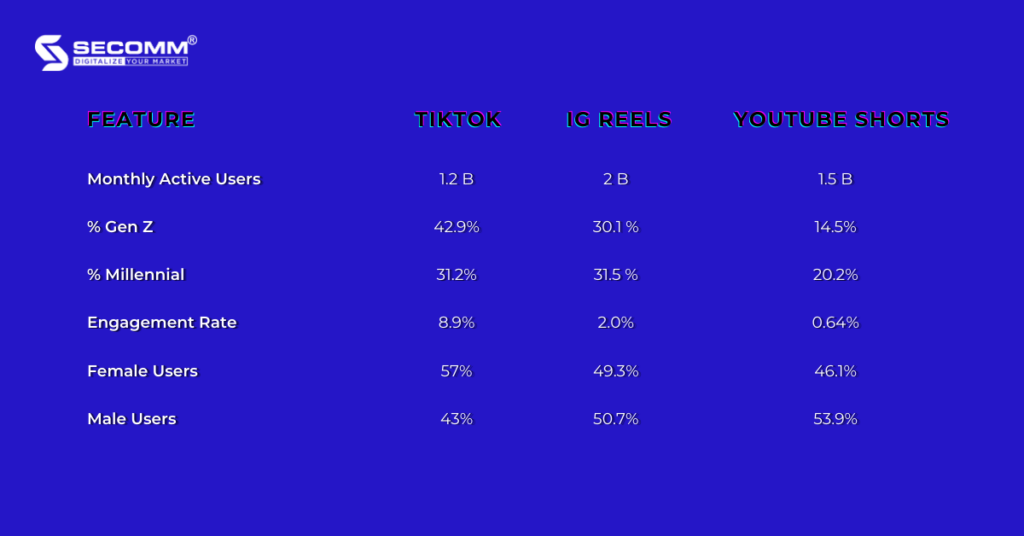
Another thing that makes TikTok special lies in its algorithm. When opening the app, users will see the “For You” page where TikTok displays videos that users may be interested in and immediately capture their attention. However, these videos don’t come from creators or brands that the user is already following but from the users’ interactivities on the videos, which is completely different from other social media platforms.
The “For You” page is the most successful feature of the app as it creates content every second specifically tailored to each user’s personal preferences. These successes have led to a new step for the social platform – TikTok Shop
TikTok explained in its launch statement:
“TikTok Shopping is a suite of solutions, features, and advertising tools that give businesses the opportunity to capture the full power of TikTok’s influence on purchase decisions”
Simply put, TikTok Shop is a new feature that allows TikTok users to buy products right on the app. Also, it provides businesses a way to display, promote and sell their products to a huge user base on TikTok.
After setting up the TikTok Shop feature, a dedicated shopping tab will appear on the brand’s profile. That way, customers can browse through and purchase within the TikTok app or be transferred to the brand’s eCommerce website for checkout.

Besides the TikTok Shop feature, TikTok Shop Live is also a great resource to take advantage of. Brands can integrate their products from TikTok Shop into their live stream to encourage customers to interact with the brand and whenever they see a product they like, they can buy it during the live shopping stream.
Let’s see the key TikTok Live Shopping stats:
Ha Linh, a female beauty vlogger in Vietnam, is widely recognized by everyone in the Vietnamese beauty community for her genuine product review videos. She fearlessly provides critical feedback on any brand, and her reputation precedes her. Recently, Ha Linh held her first live stream on TikTok, which incredibly got 11 million hearts and 80K views. To everyone’s surprise, within an hour, all the products from the three factories of the brands she collaborated with were sold out. This case highlights the effectiveness of influencer marketing campaigns in conjunction with TikTok Live Shopping for brands targeting young customer demographics.
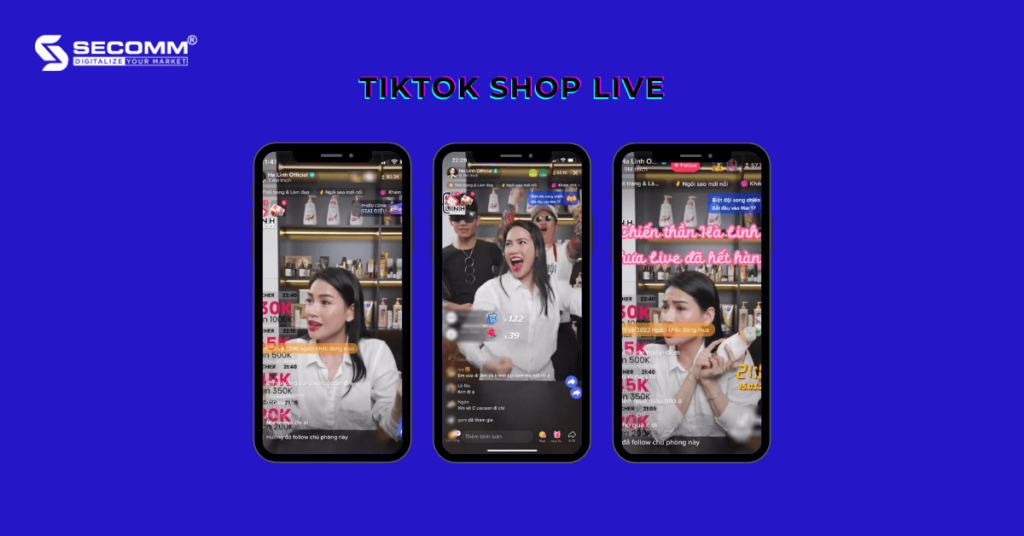
According to research, 87% of customers make their purchasing decisions through information provided on social media, 90% discover brands through social media, and the average spent per day on social media is over 2 hours. This is a new great boost for Social Commerce globally. In 2022, global Social Commerce sales reached $992B and are estimated to exceed $3 trillion in 2026.
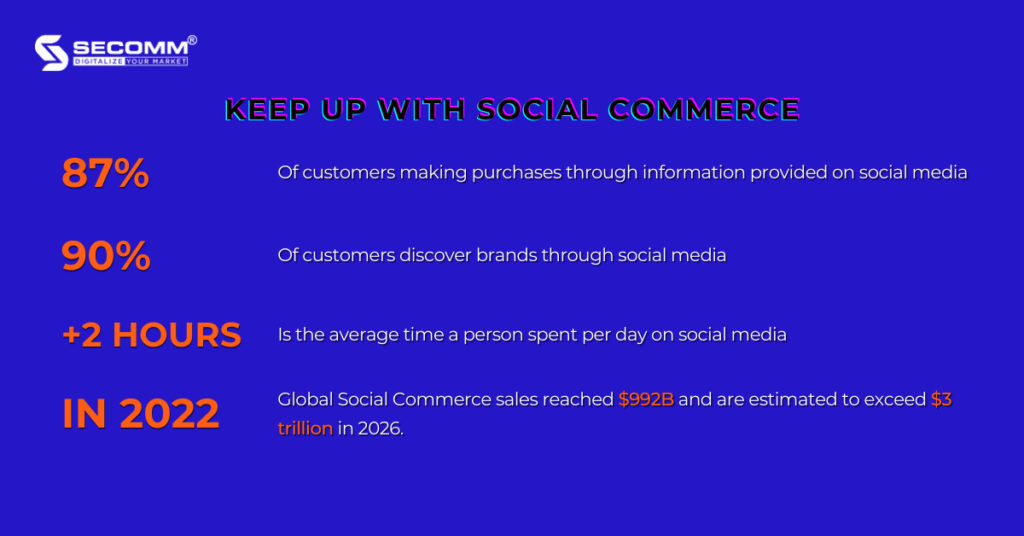
With a massive user base of over 1 billion, TikTok has the potential to become the leading platform in global Social Commerce, and the TikTok Shop feature has been launched to achieve that goal. TikTok Shop is currently available in Europe, North America, and 7 Asian markets, including Vietnam.
The short videos on TikTok are already very appealing, and when combined with cleverly integrated advertising content, they can attract users’ attention. This not only entertains and engages users, but also motivates them to make purchases from the advertised shoppable content. According to data compiled by TikTok, 67% of users have purchased after watching a video even if they didn’t intend to do so beforehand.
Thus, TikTok has created an infinite loop of shoppertainment that combines shopping and entertainment within the app. As TikTok prioritizes user-generated content and 83% of its users have created videos on the platform, after purchasing, they are more likely to share their experience with other people on the app. This ultimately creates an endless loop of shopping, discovery, consideration, purchasing, reviewing, and engaging that repeats itself.
The majority of TikTok users are in the age range of 18-34. According to Statista, as of January 2023:

Bên cạnh đó, những danh mục nội dung phổ biến nhất trên TikTok bao gồm giải trí, thể thao/fitness, nấu ăn, mỹ phẩm, thời trang,…
Do đó, nếu các doanh nghiệp đang kinh doanh trong những lĩnh vực này và hướng đến phân khúc khách hàng trẻ tuổi thì xây dựng hiện diện nhanh chóng trên nền tảng TikTok và tận dụng tính năng TikTok Shop là điều cấp thiết phải triển khai, như cách mà Kylie Cosmetics đã làm.
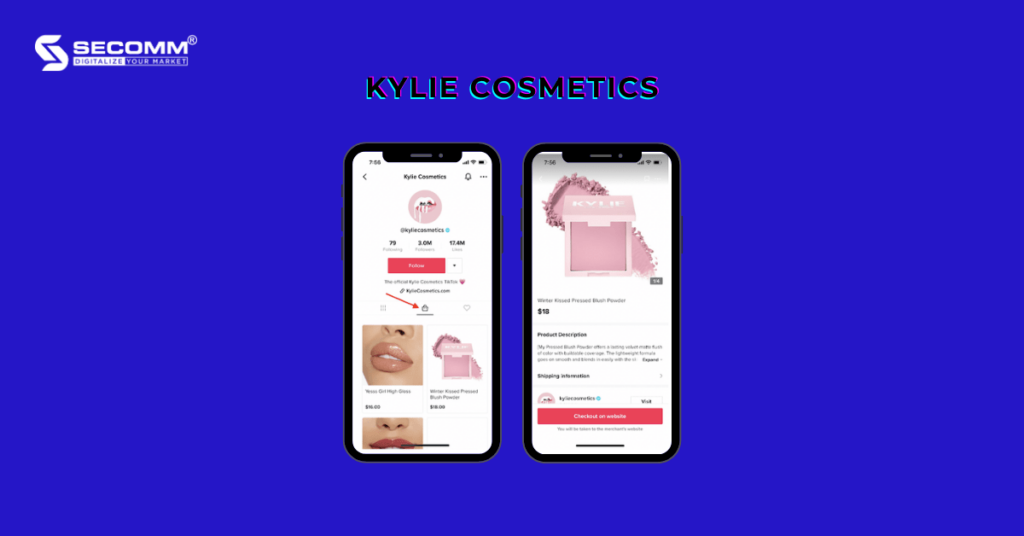
Moreover, the most popular content categories on TikTok include entertainment, sports/fitness, cooking, cosmetics, fashion, etc. Therefore, for businesses operating in these fields and targeting younger customer segments, building a quick presence on TikTok and leveraging the TikTok Shop feature is crucial to implement, as Kylie Cosmetics has done.
As soon as TikTok Shop was launched in the US market, Kylie Cosmetics was one of the first brands to get involved. To date, the brand’s TikTok account has over 3.5 million followers. Kylie Jenner once explained: “I built my business on social media; it’s where my fans go first to look for what’s new from Kylie Cosmetics. I have so much fun creating TikTok videos, and I love sharing posts of my fans using the products. That’s why I’m excited for Kylie Cosmetics to be one of the first to let customers shop directly on our TikTok!”.
If Influencer Marketing plays a crucial role in the brand’s success on other social platforms, TikTok is no exception. This strategy is primarily used to increase brand awareness, run promotional campaigns, and boost sales. TikTok is a place for creative and engaging short videos, so TikTok users have a special love and interest in creators with their unique style and creativity that attracts users’ attention.
TikTok Influencer Marketing is where business brands and personal brands are closely linked. Thus, some experts advise that in order to successfully implement TikTok Influencer Marketing, businesses should let their partners freely create promotional content as long as it meets ethical and cultural standards. This is because if TikTok videos are too focused on advertising, it will make users or potential customers “turn away”.
Walmart, the American retail chain, recently sponsored a dance challenge called “SavingsShuffle”, which required players to show how to save money while shopping at Walmart with their creative fun dance moves, and then post the recorded video on TikTok. Six influencers were chosen to promote this campaign, including Trinity, AdamW, Sam Hurley, Bdash, Kidrl, and Ajani.

With many years of experience in successfully implementing eCommerce for many customers in many countries, SECOMM understands the difficulties and challenges of implementing eCommerce. Talk to our expert to get free advice on eCommerce implementation.
 2
2
 7,330
7,330
 1
1
 1
1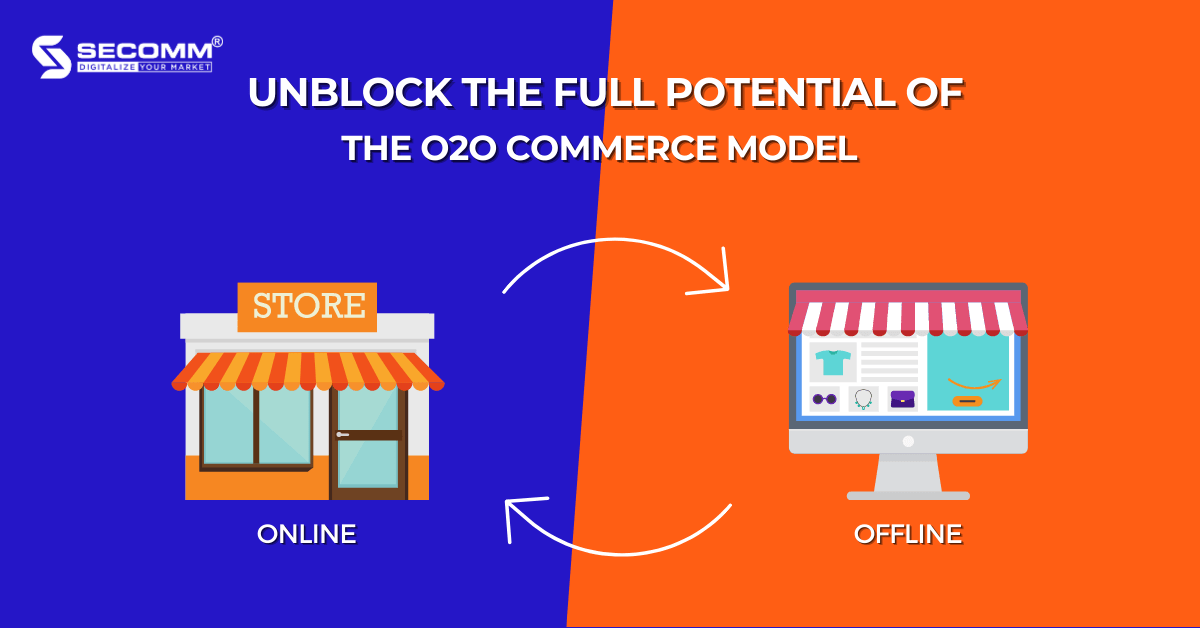
After Covid, eCommerce is on the rise and is expected to continue to thrive stronger and more resilient than ever. Global retail eCommerce sales reached $4.9 trillion in 2021, as stated by Statista. By 2025, this figure is projected to increase by 50% to approximately $7.4 trillion and there is no sign that the growth of online shopping will slow down anytime soon.
The expansion of eCommerce has raised concerns among physical store owners and urged them to embrace eCommerce quickly to avoid being left behind. It’s simple for businesses with a large budget, but other small and medium-sized businesses will not be able to move their entire operations online. Thus, the O2O Commerce model is the solution worth considering. Its popularity has been raised since 2021 and is expected to reach retailers soon.
O2O or Online-to-Offline Commerce Model is a business strategy that draws potential customers from online channels to make purchases in brick-and-mortar stores. This model aims to create a seamless shopping experience at all stages: before, during, and after purchasing.
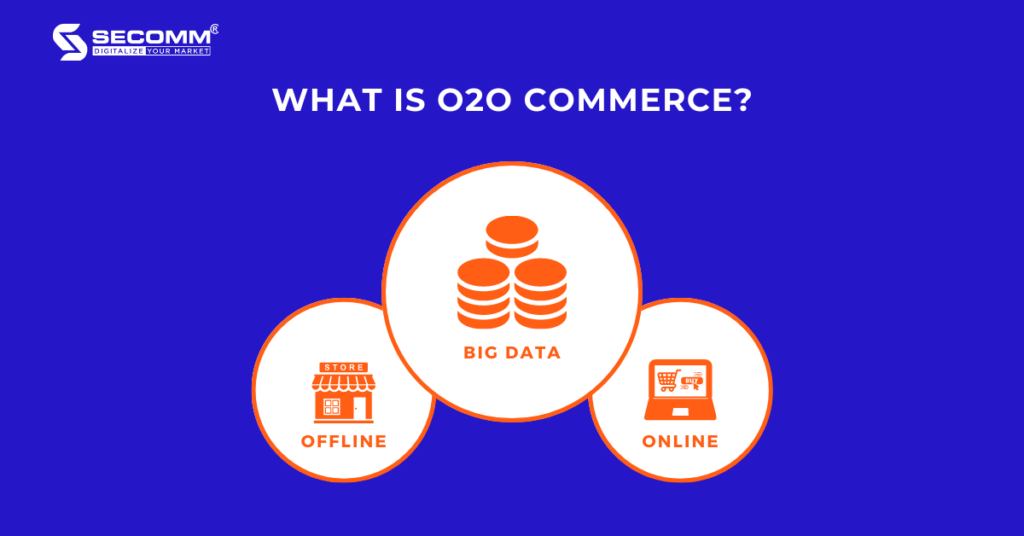
O2O Commerce combines online and offline business models. Its objective is to increase product awareness online, allowing customers to search for what they need before visiting a physical store to make a purchase. There are some O2O strategies that businesses can try including Buy Online Pick-up In-store (BOPIS), In-store Returns, Home Delivery, etc
For example:
That way, the customer can both take advantage of the discount code for the shirt, and try it on at the nearest store without having to wait for delivery. Moreover, he can completely return the shirt immediately and go to another store if he is not satisfied.
Home Delivery is also another popular strategy in the O2O world. It will take a few hours or a day. So, the man can buy his shirt online, select the home-delivery option and wait to get it. In another case, when going to the store to pick up the shirt, he sees and likes a jacket but needs help finding the right size or favorite color. He simply places an order online while in store and that desired jacket will be delivered to his door.
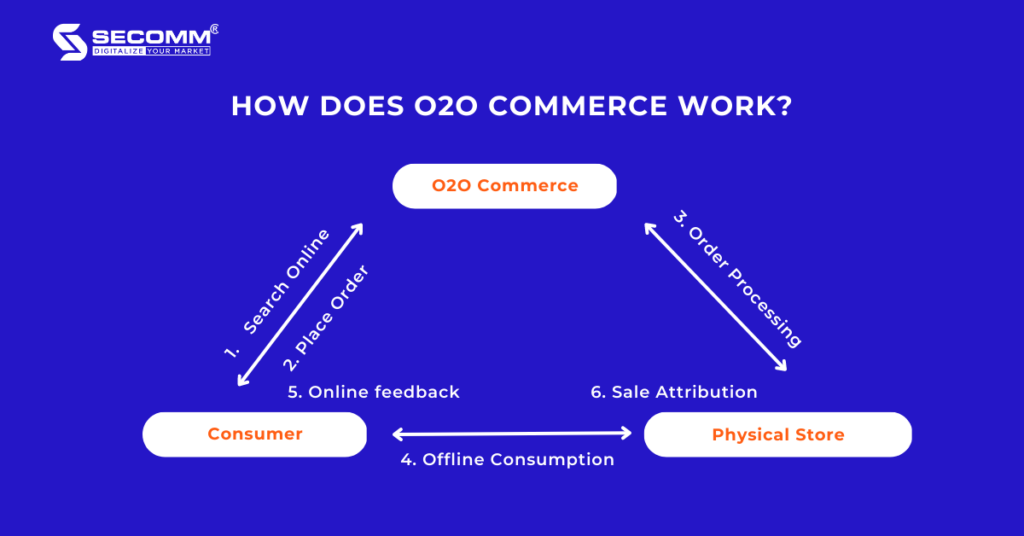

The example above may confuse the O2O commerce model and the Omnichannel commerce model. Although they both facilitate a more seamless shopping experience among channels, their main goals are quite different. While Omnichannel aims to integrate all sales channels in one ecosystem, O2O aims to bring potential online customers to physical stores to make purchases. Both strategies are designed to bridge the gap between online and offline sales, but O2O prioritizes a specific buying journey instead of multiple touchpoints in Omnichannel commerce.

One of the brands that understand what they are doing to connect in-store shopping with online shopping in a tight way is Topshop. By partnering with eCommerce website ShangPin to open retail stores in malls, with giant iPhones decorated in Topshop style, customers can access “The Mobile Adventure” by scanning a QR code to view and try on virtual Topshop fashion products in the store. Then they share their look on social media and place an order.

When it comes to fashion, Tommy Hilfiger has shown his agility when deploying the O2O model. In 2015, the brand launched digital showrooms, pioneering the fashion industry’s digital revolution. In 2016 they launched a chatbot through Facebook Messenger and in 2017 they launched the Hilfiger Club app with a loyalty program of personalized special offers and invitations to the brand’s events. All of that gives customers a good reason to come to the store.
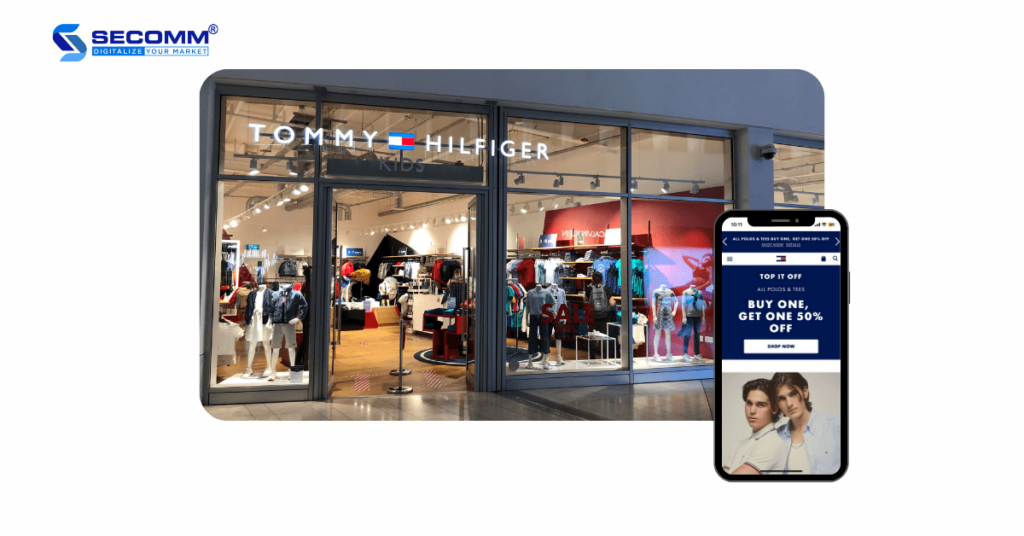
In recognition of the significance of an O2O commerce strategy, WeChat introduced a “Shake” feature that enables mobile users to connect to a nearby local business by shaking their phones. The retailer’s unique offers are then all accessible, encouraging customers to engage in the in-store buying experience.
Soon after, the 99 Ranch Market, a chain of Chinese-American supermarkets, benefited from the popularity of WeChat’s “Shake” feature and the rise of O2O among the Chinese community in the US. Customers can play a “beacon shake” game the company has created, which is activated by in-store beacons and gives them the chance to win a variety of prizes and coupons for their subsequent purchases.
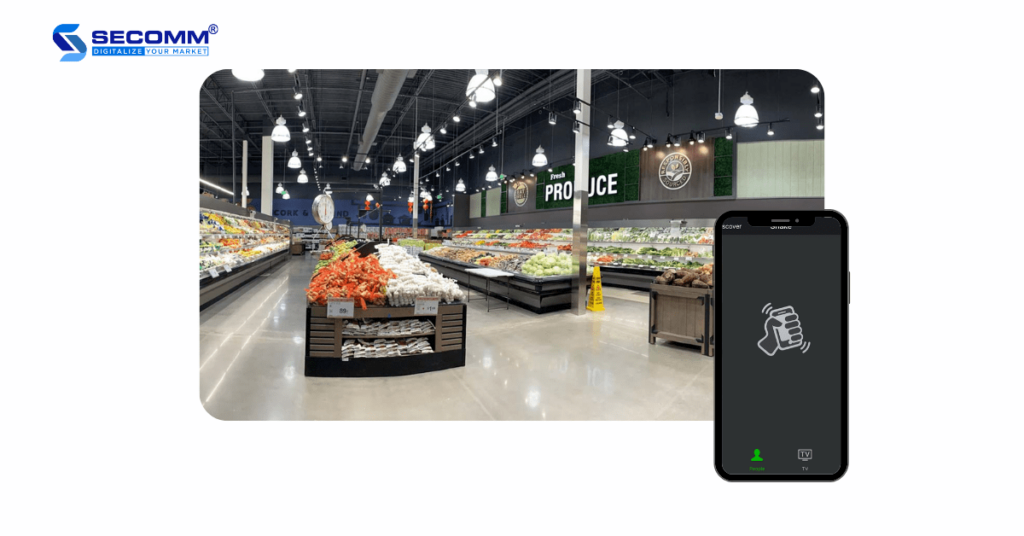
The O2O Commerce model is an incredible idea with great potential to change both online and offline sales in the eCommerce era. While customers can shop both in-store and online, brands can optimize engagement, conversion rates, and average order value.
Today, when customers’ expectations for online shopping are similar to offline shopping, one condition for physical stores to survive is to build their online presence quickly. The O2O strategy is about leveraging both online and offline channels, thereby enhancing brand loyalty, and providing a seamless Online-to-Offline shopping experience at all stages: before, during, and after purchases.
Want to know more? Contact our experts to learn more about O2O Commerce and how to implement it in your business.
 2
2
 4,830
4,830
 0
0
 1
1Subscribe to get the latest eBook!
Hotline